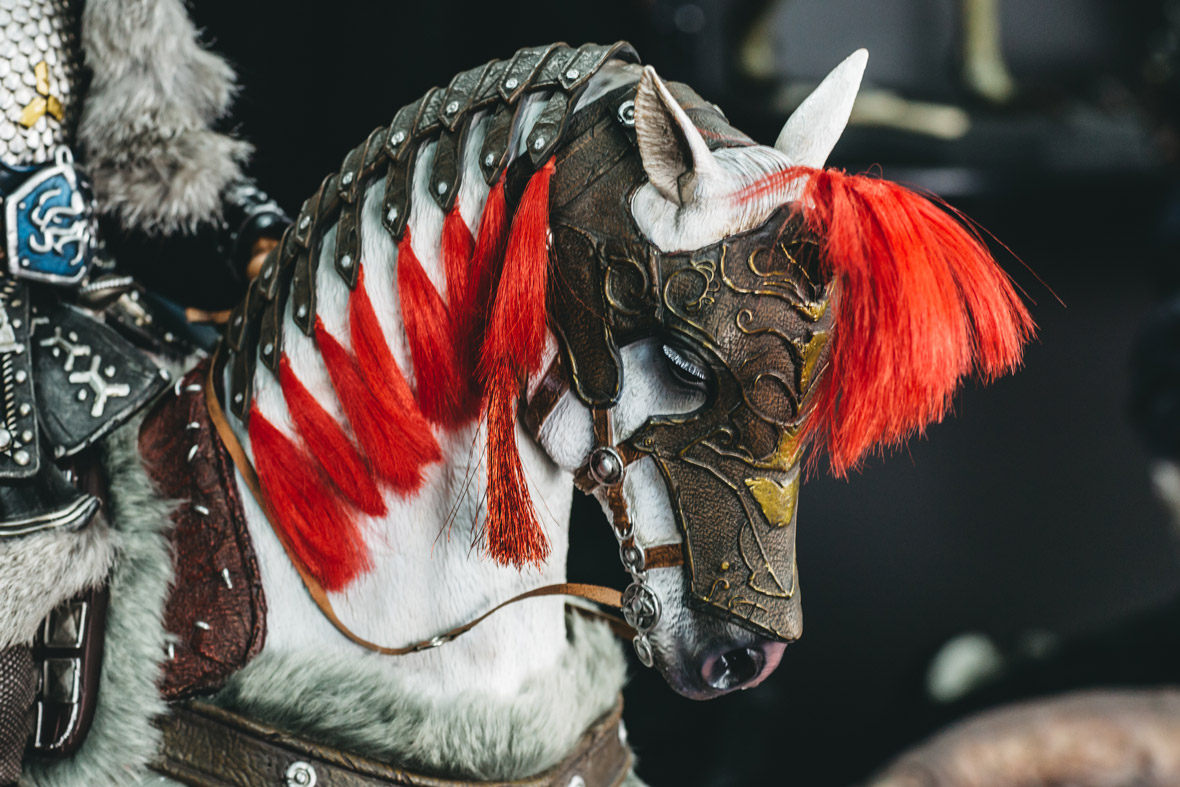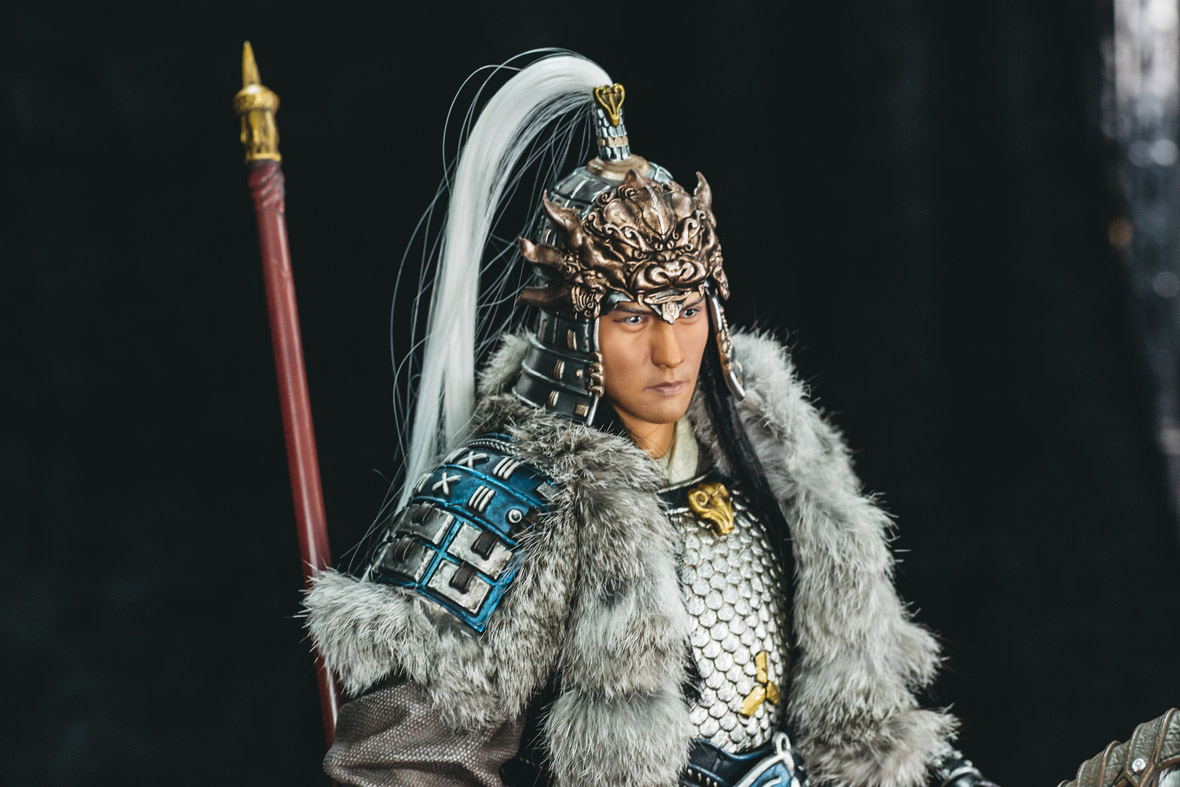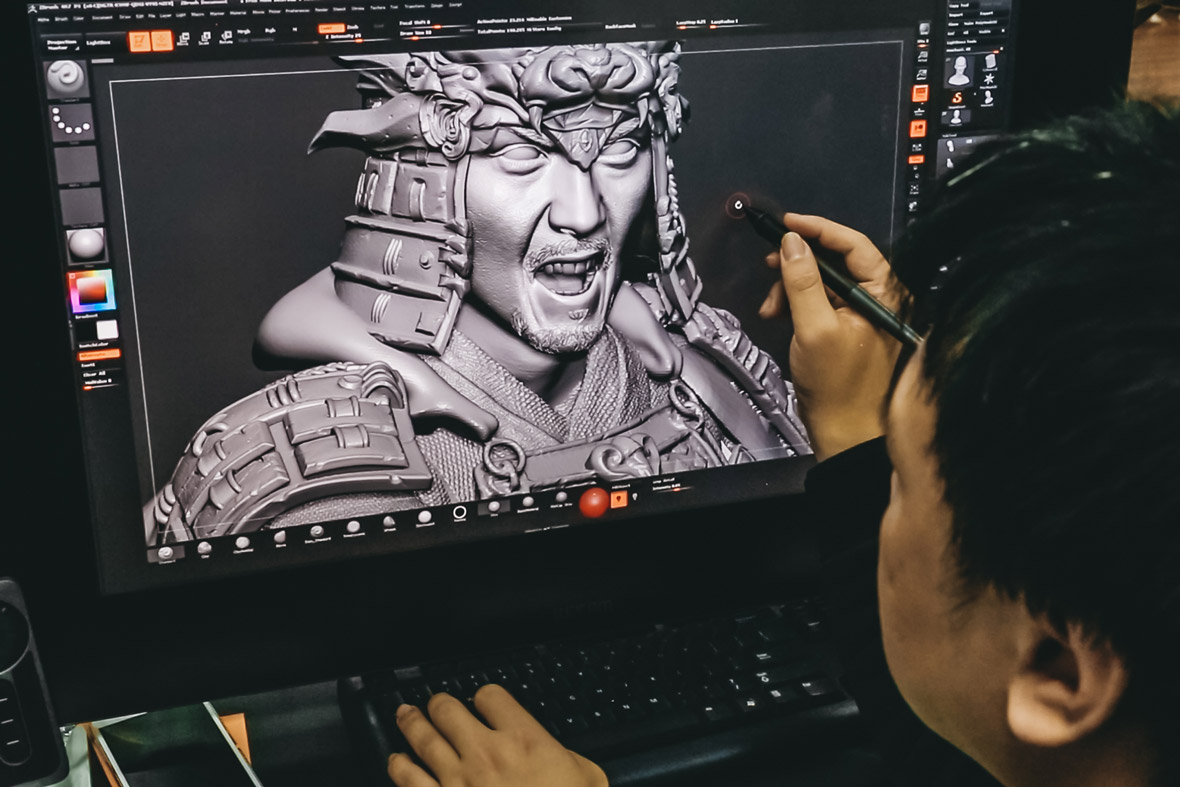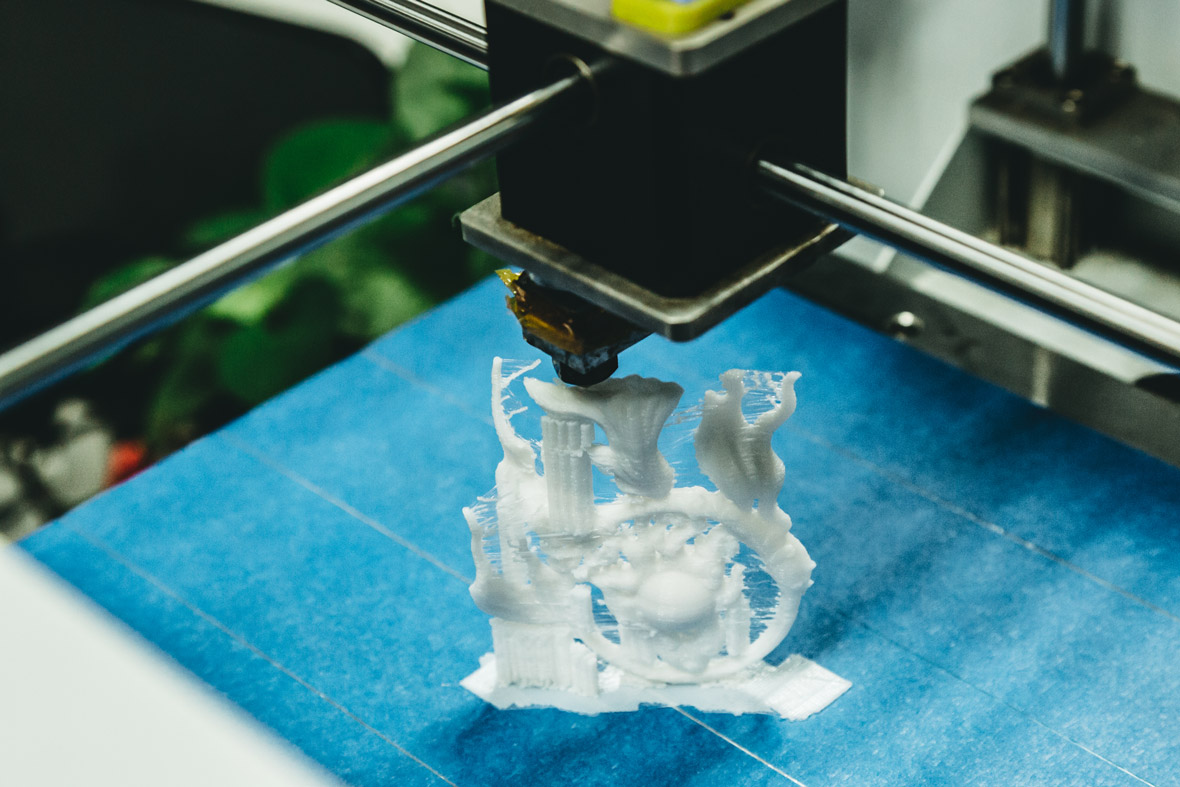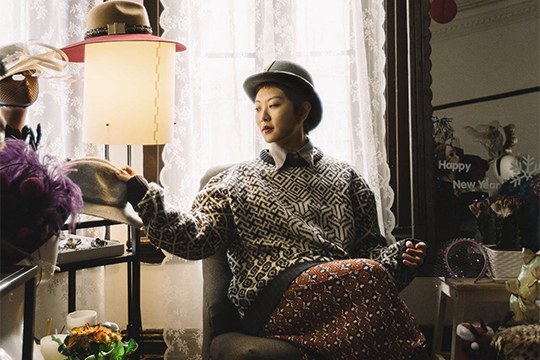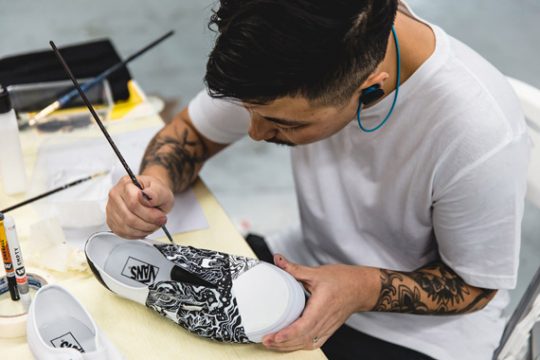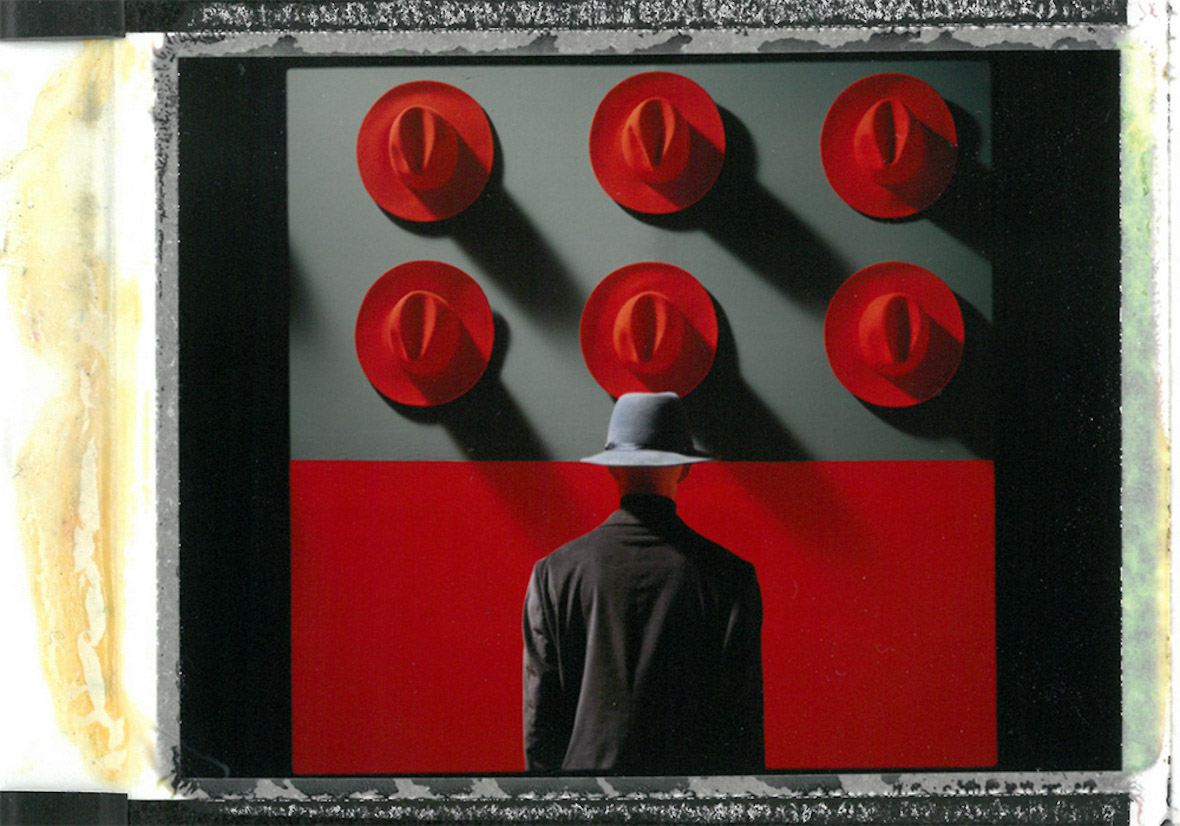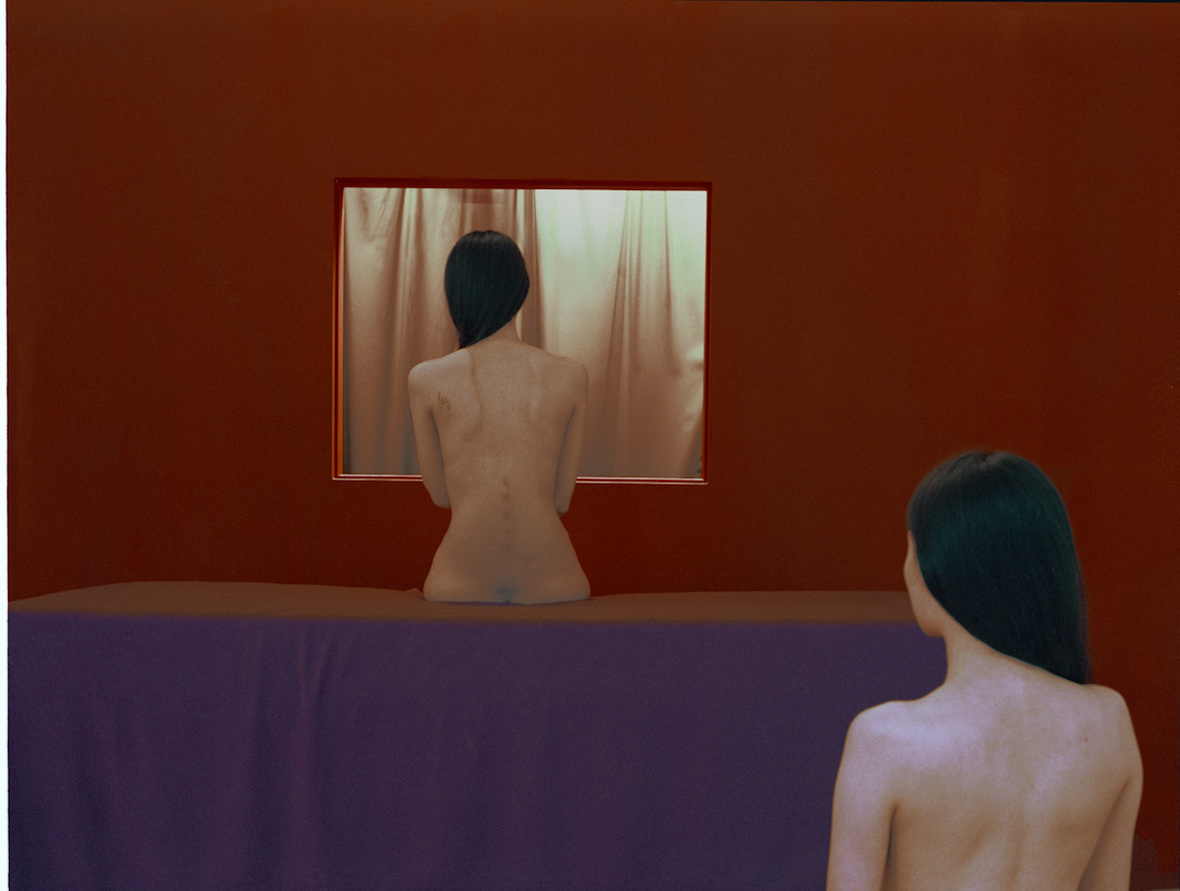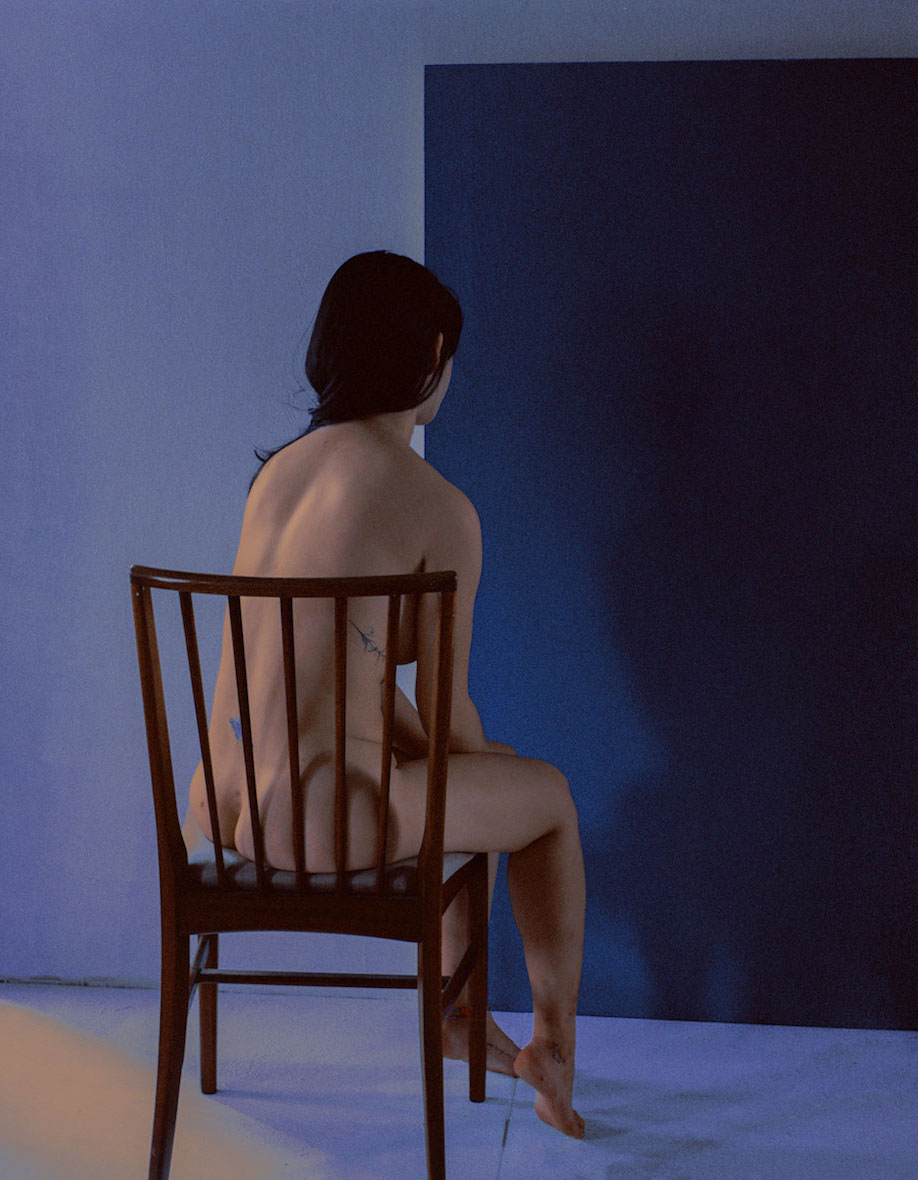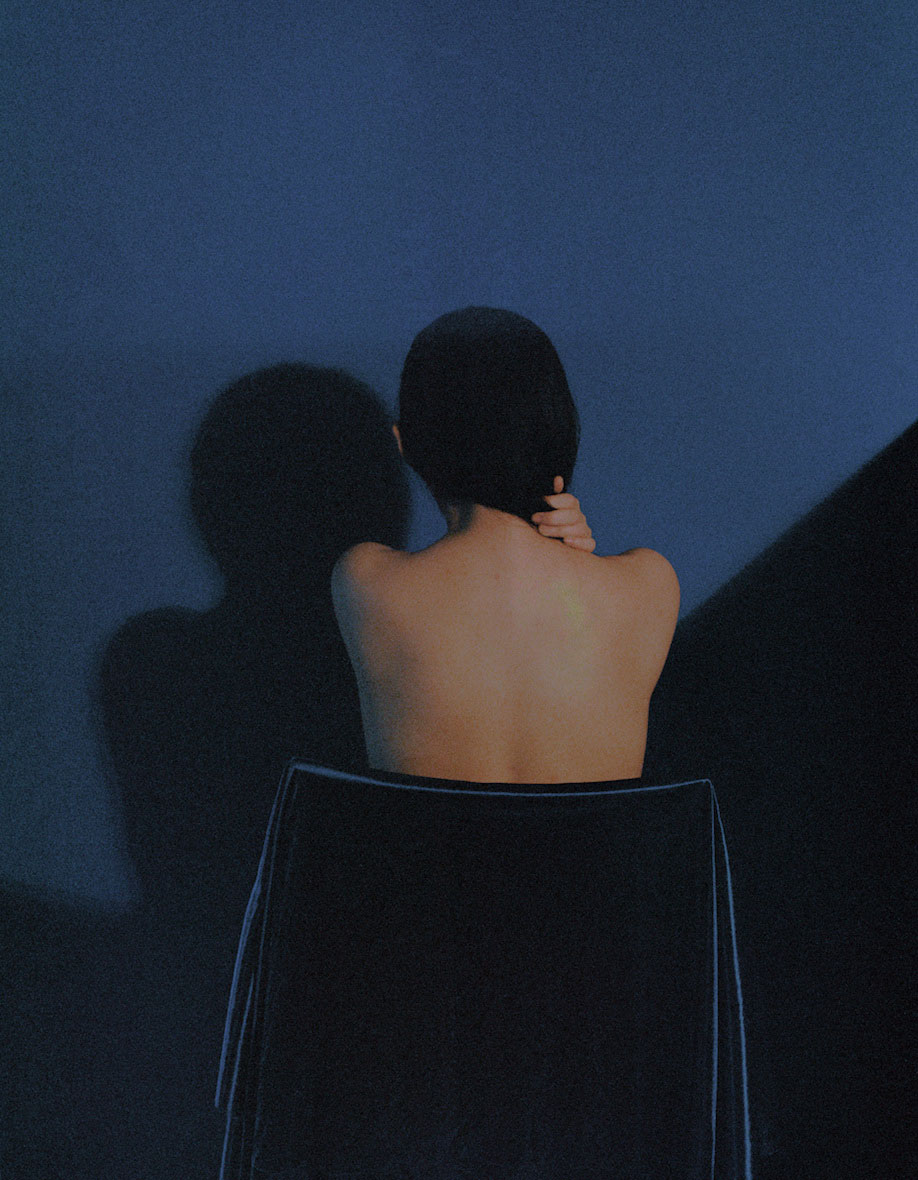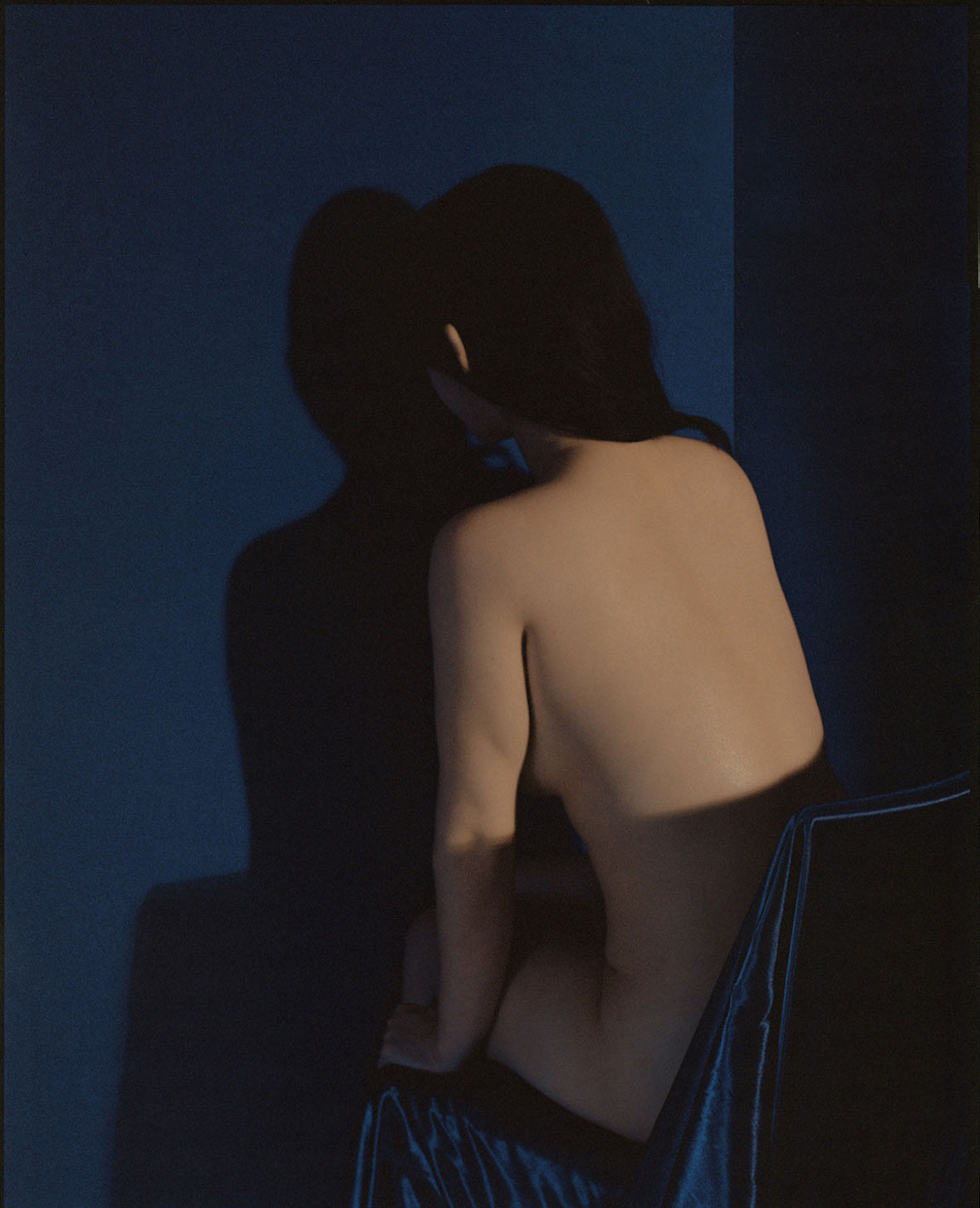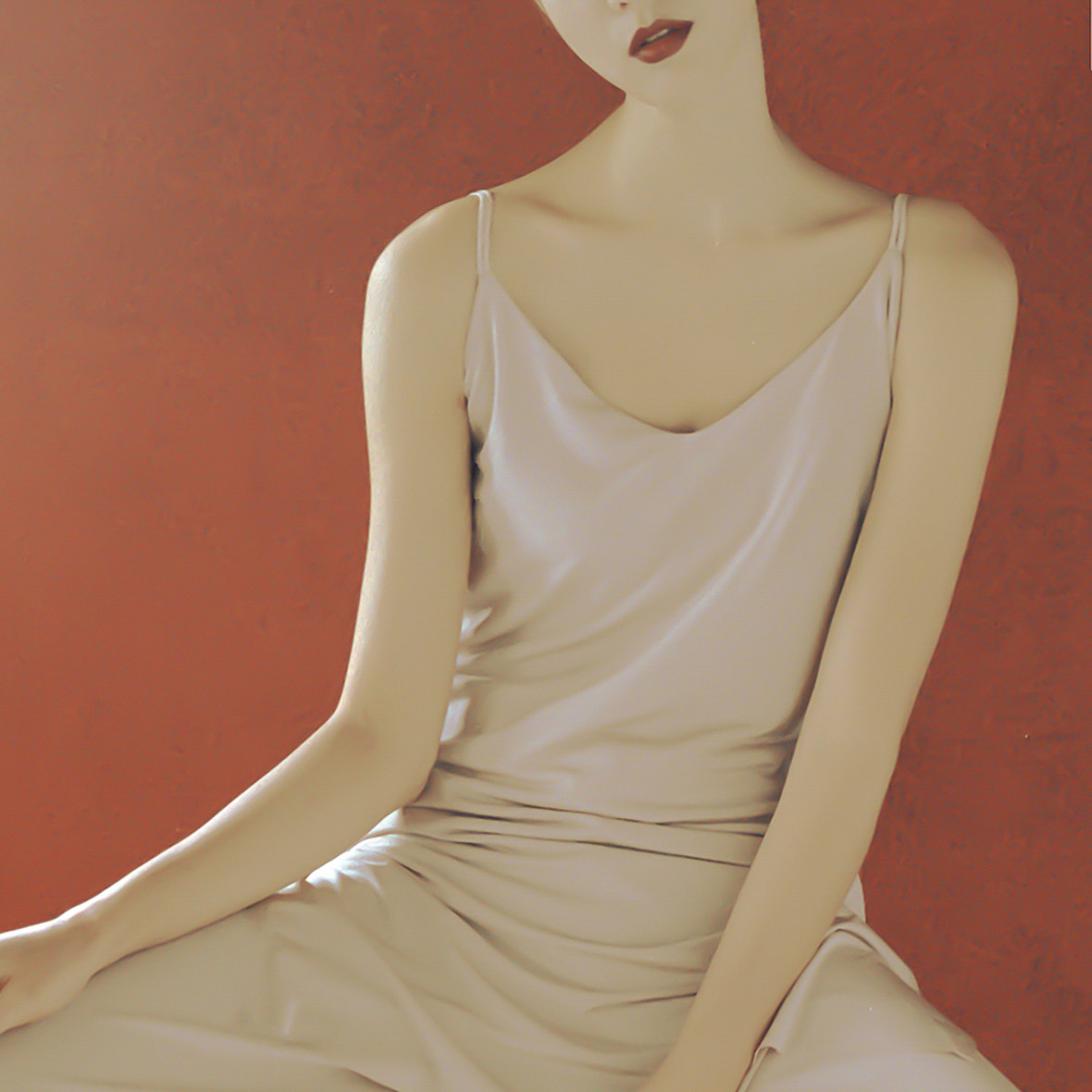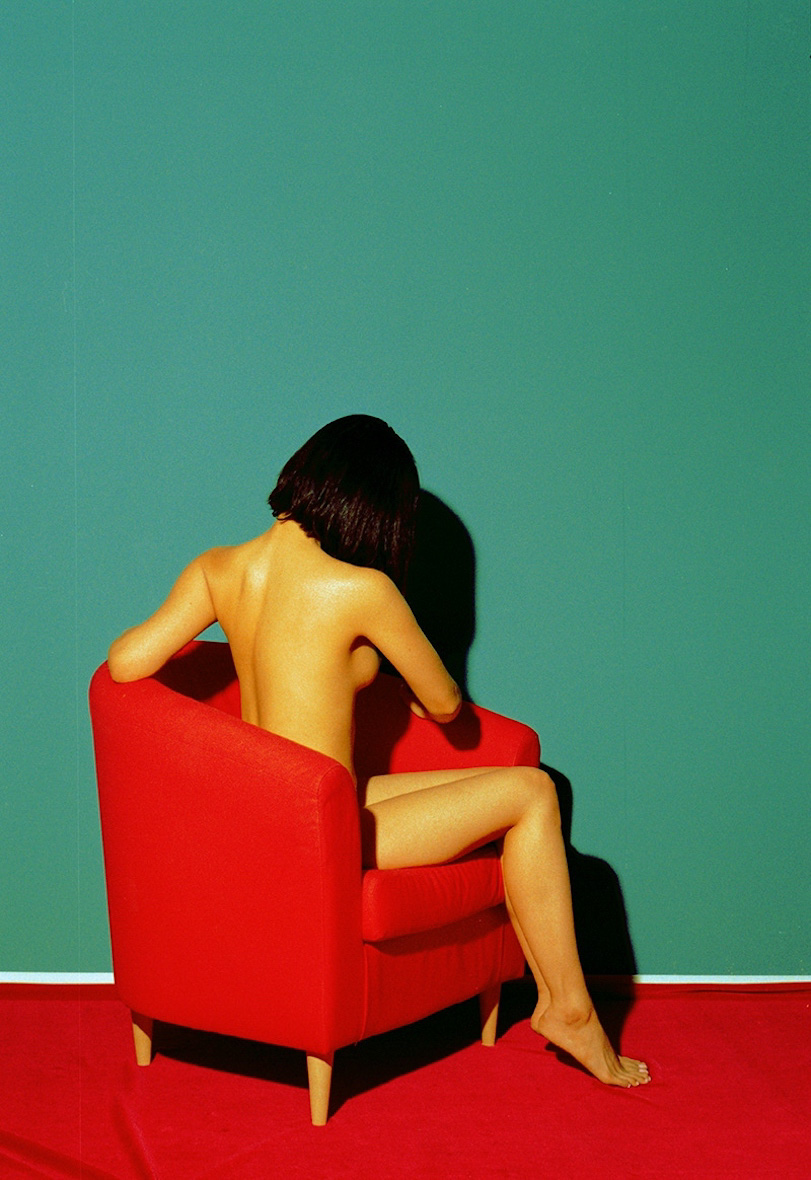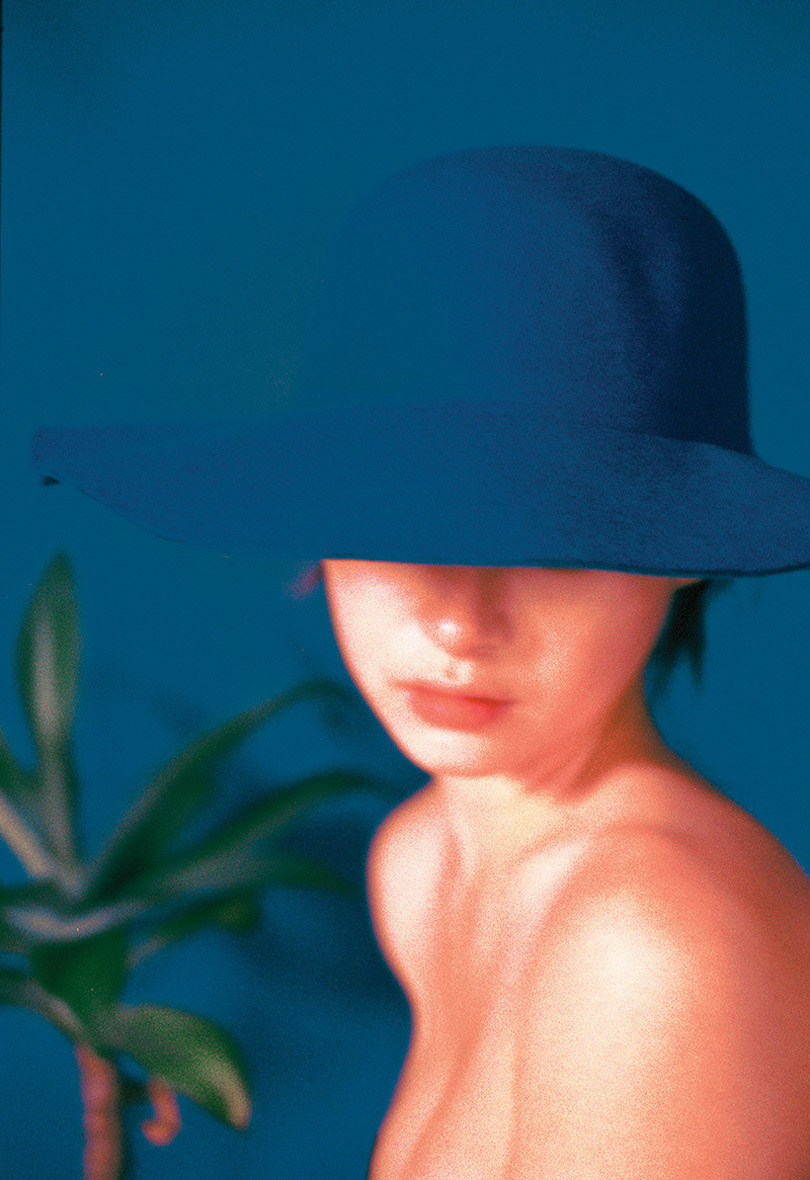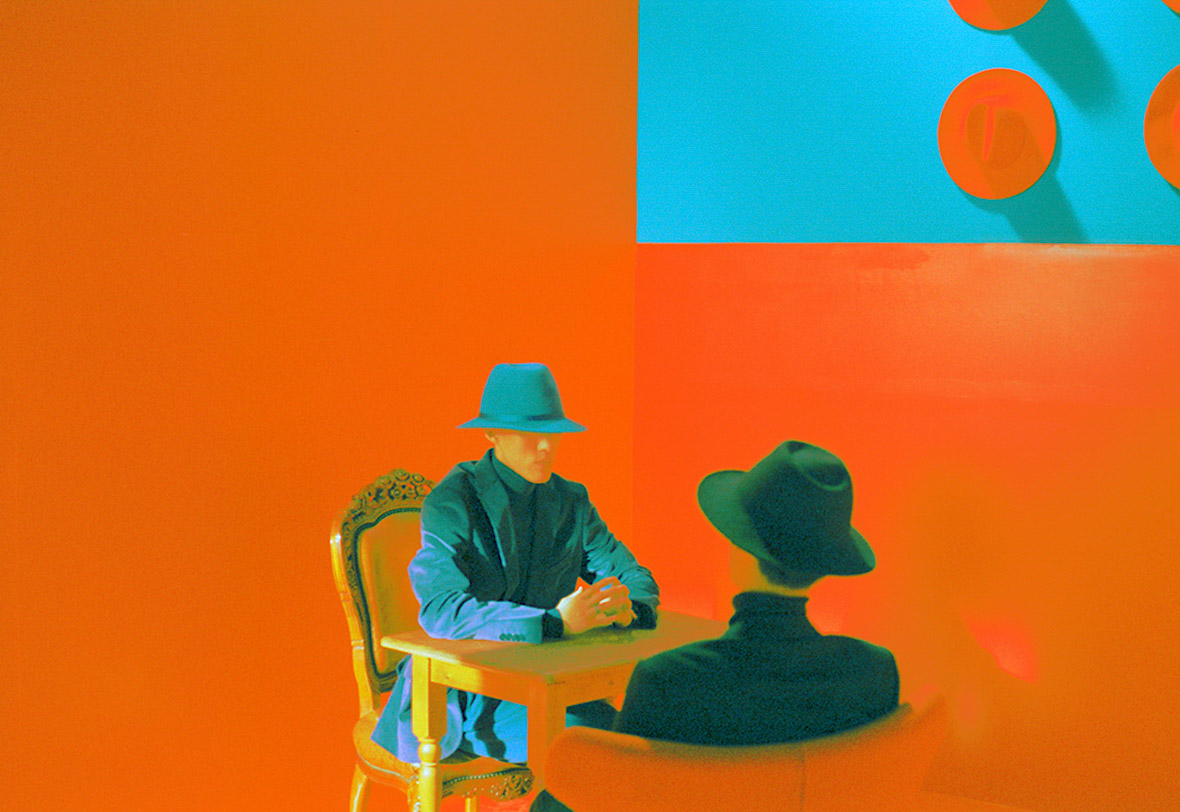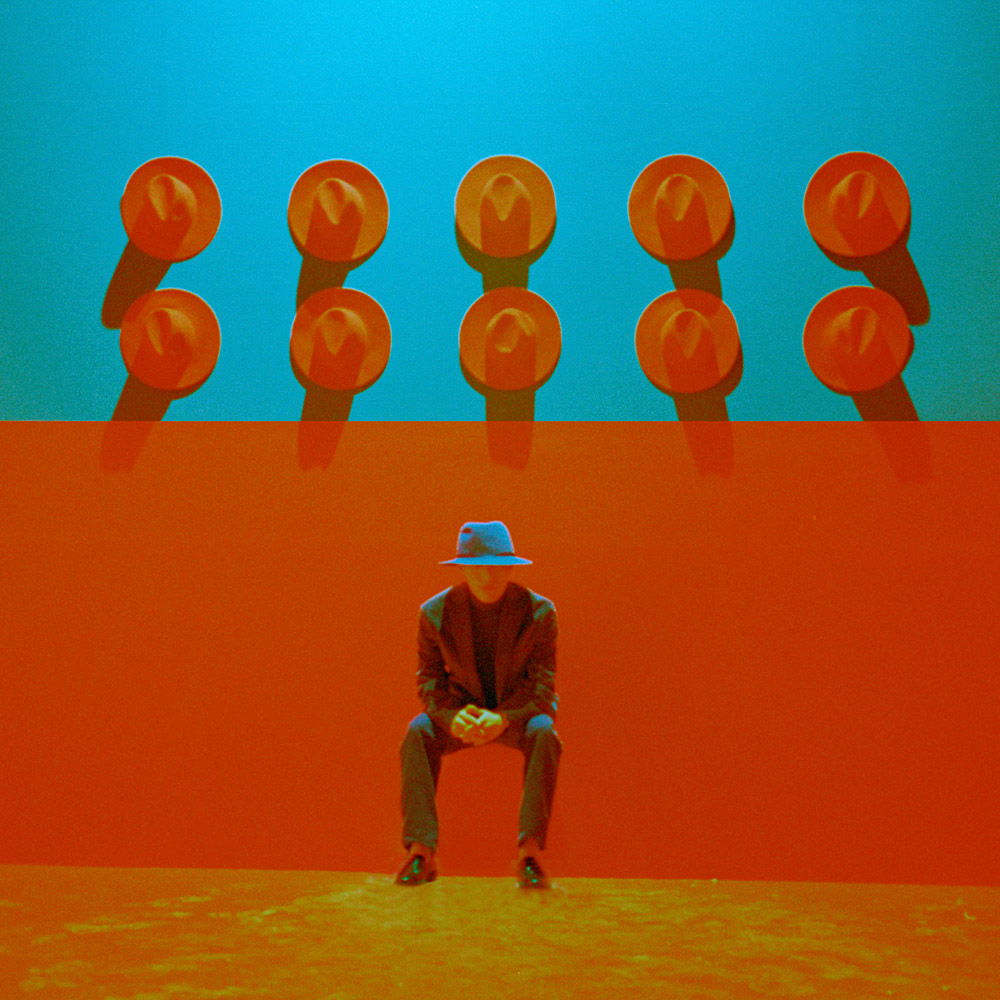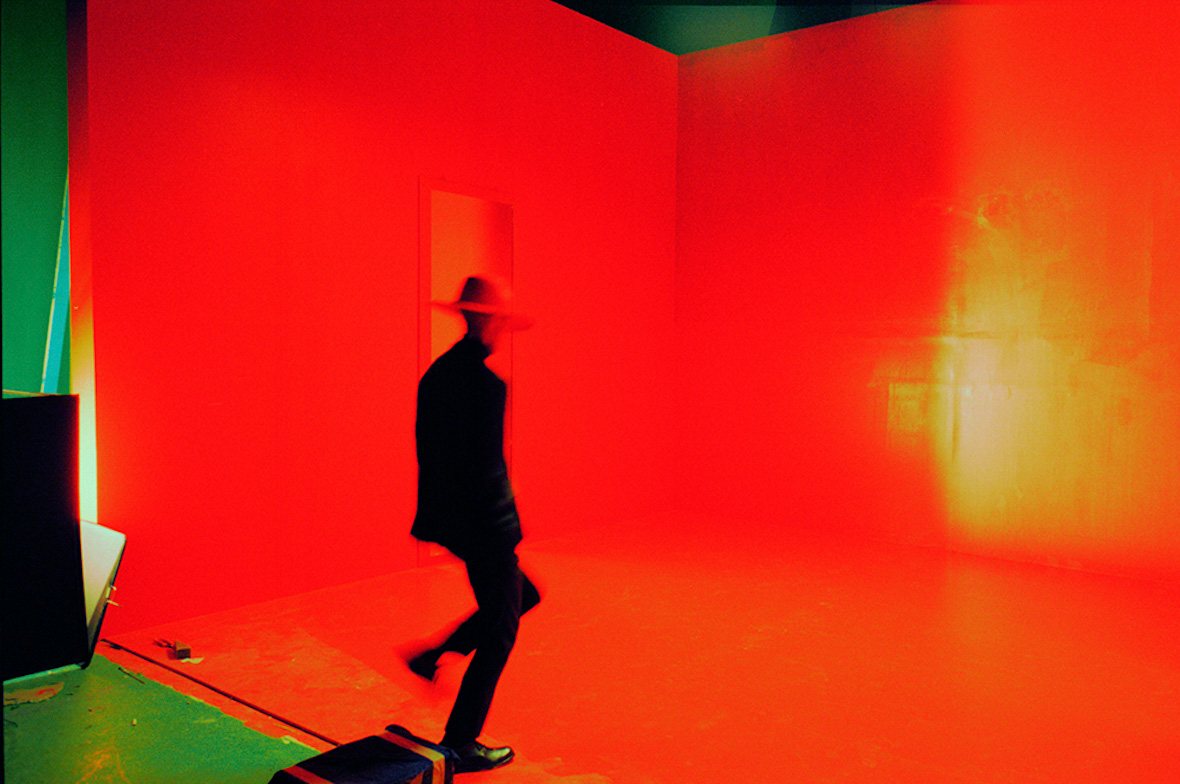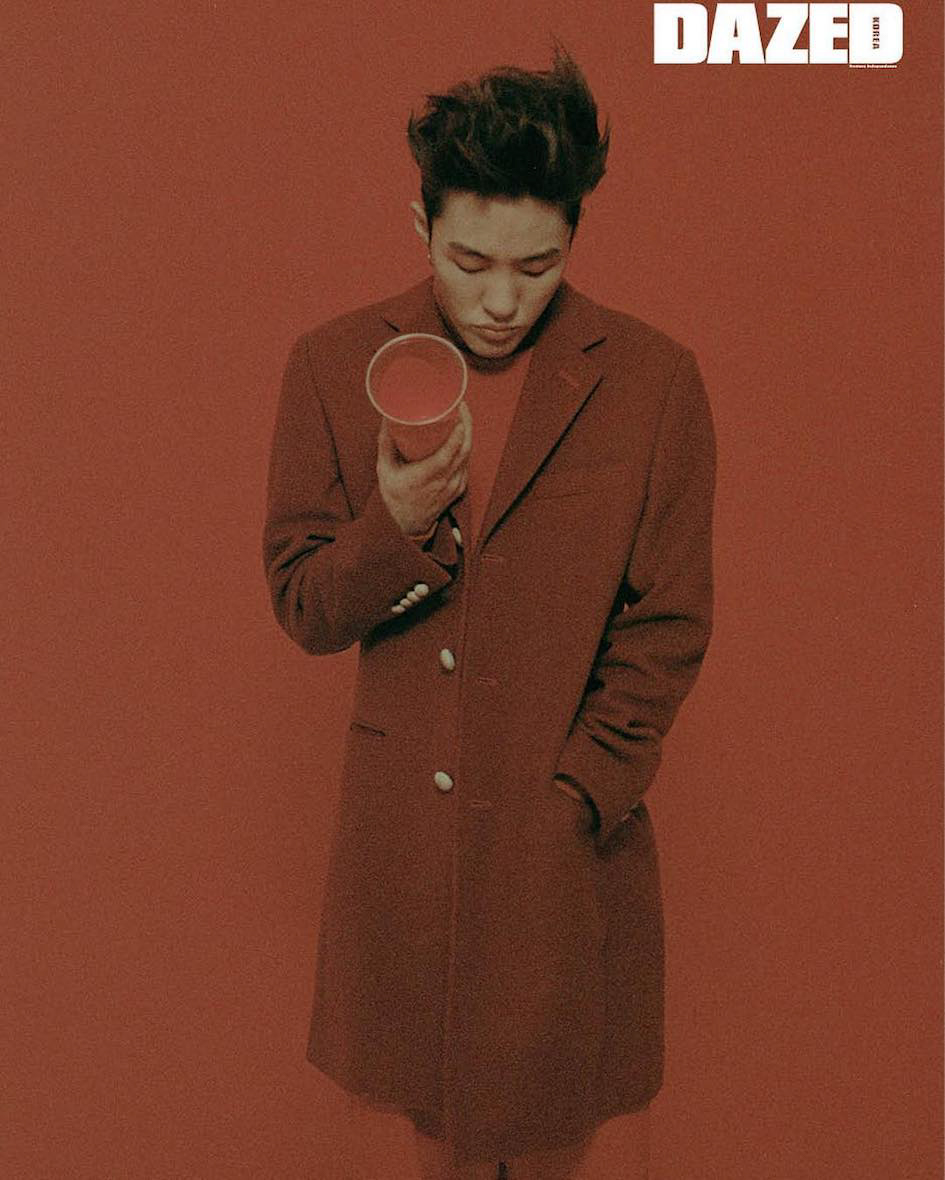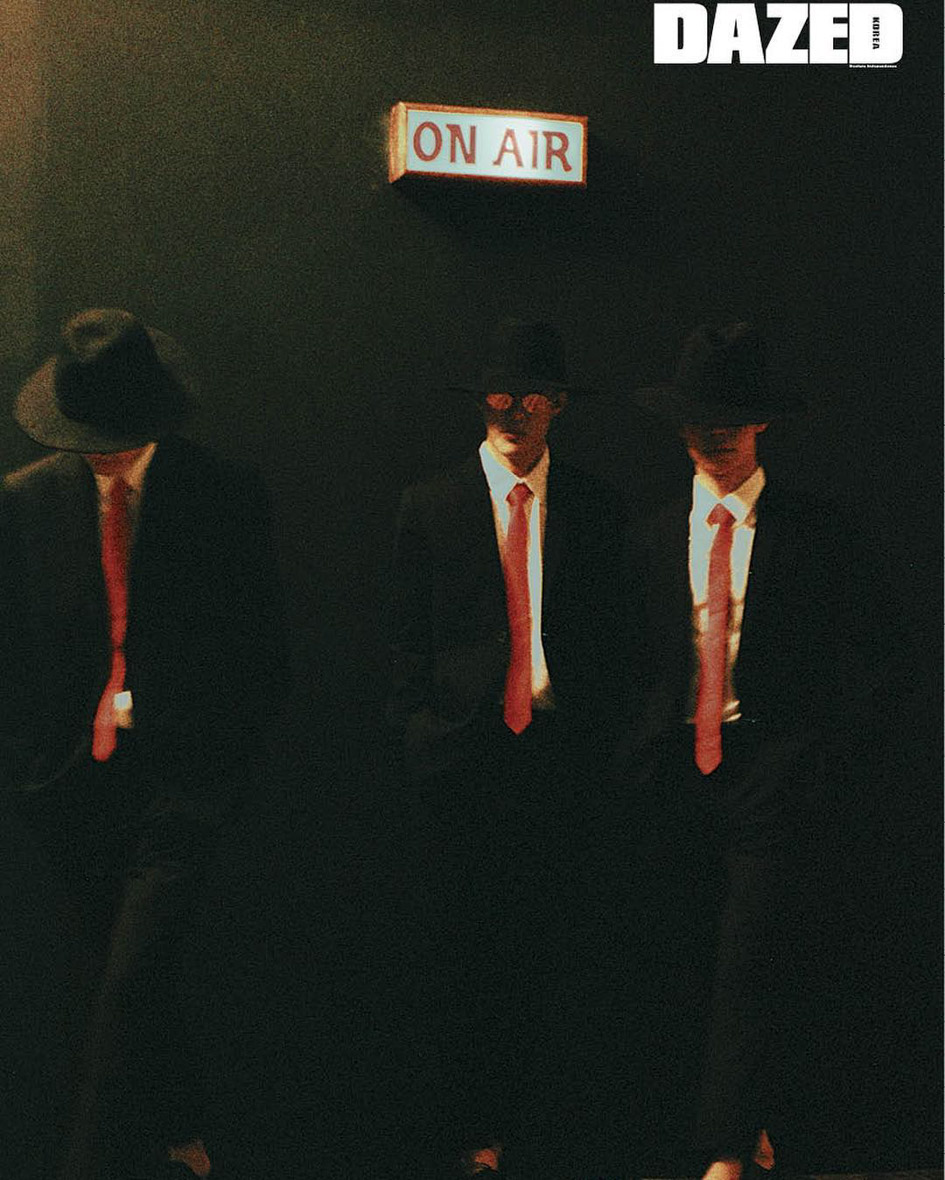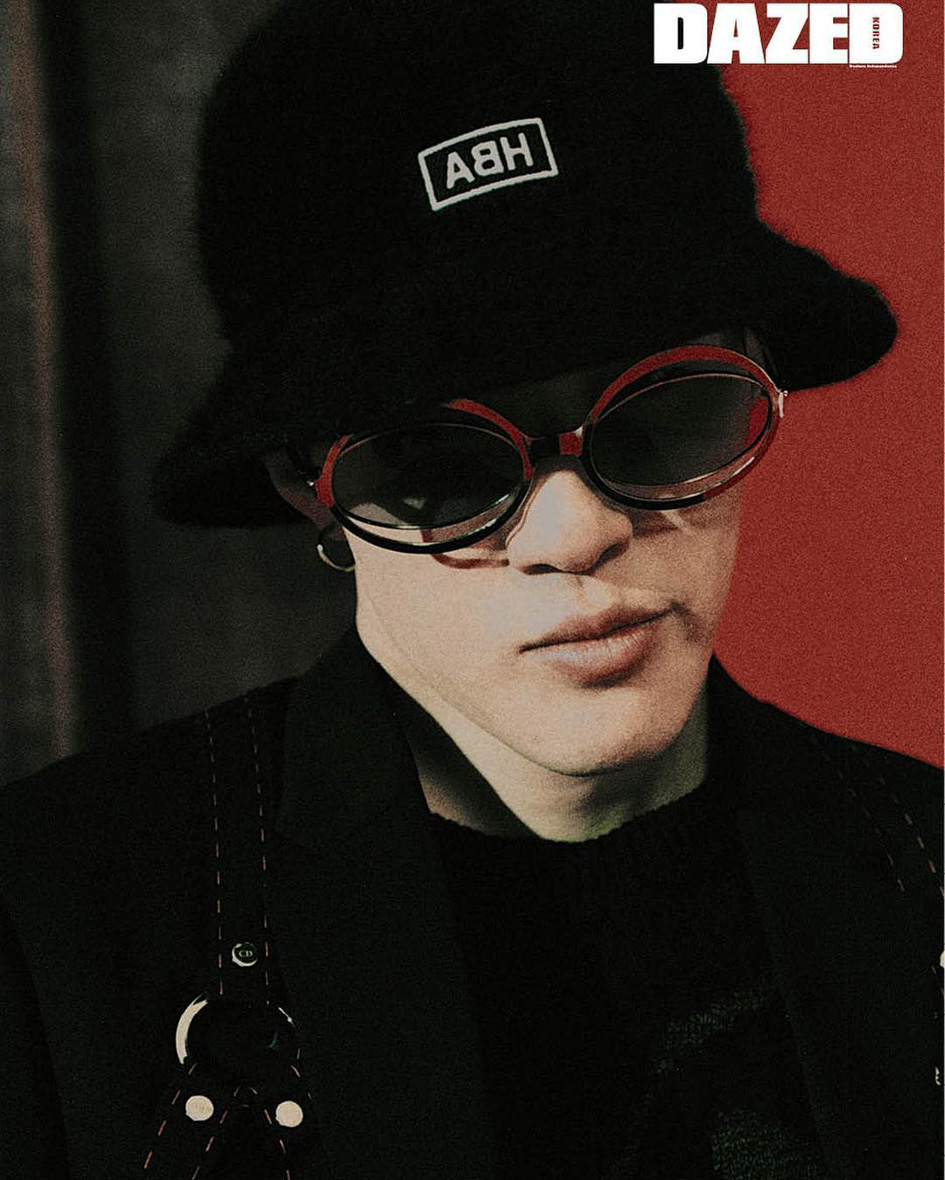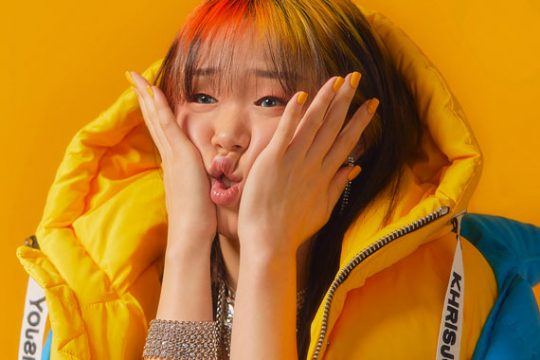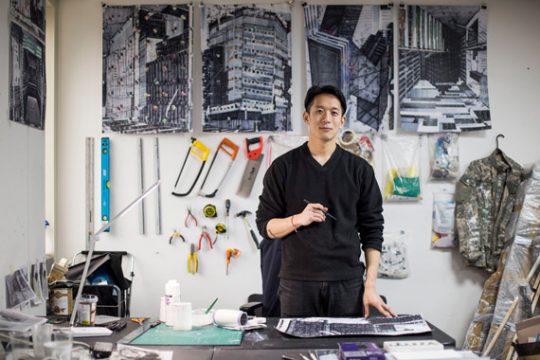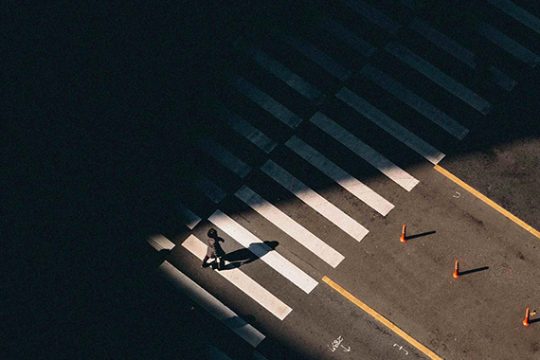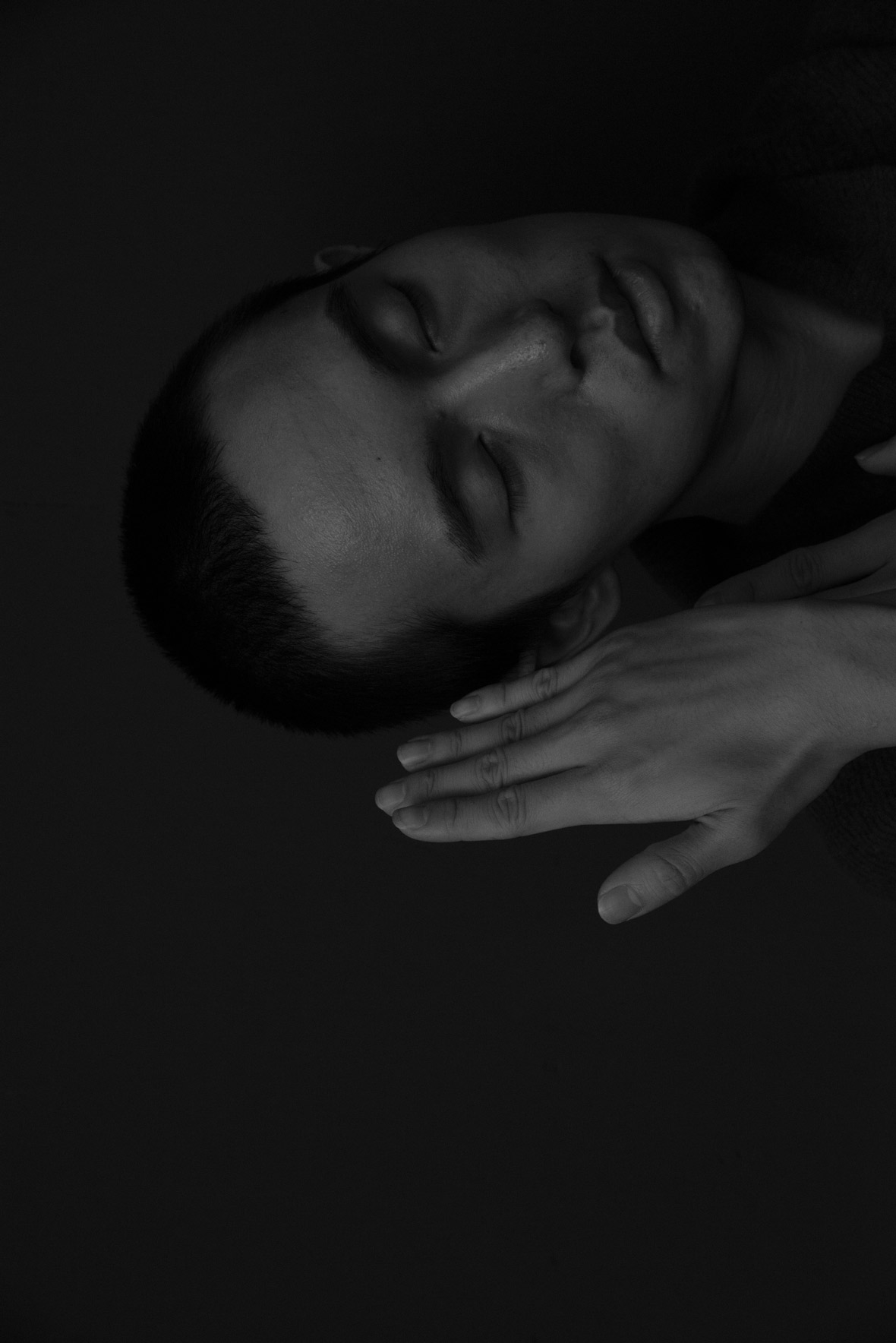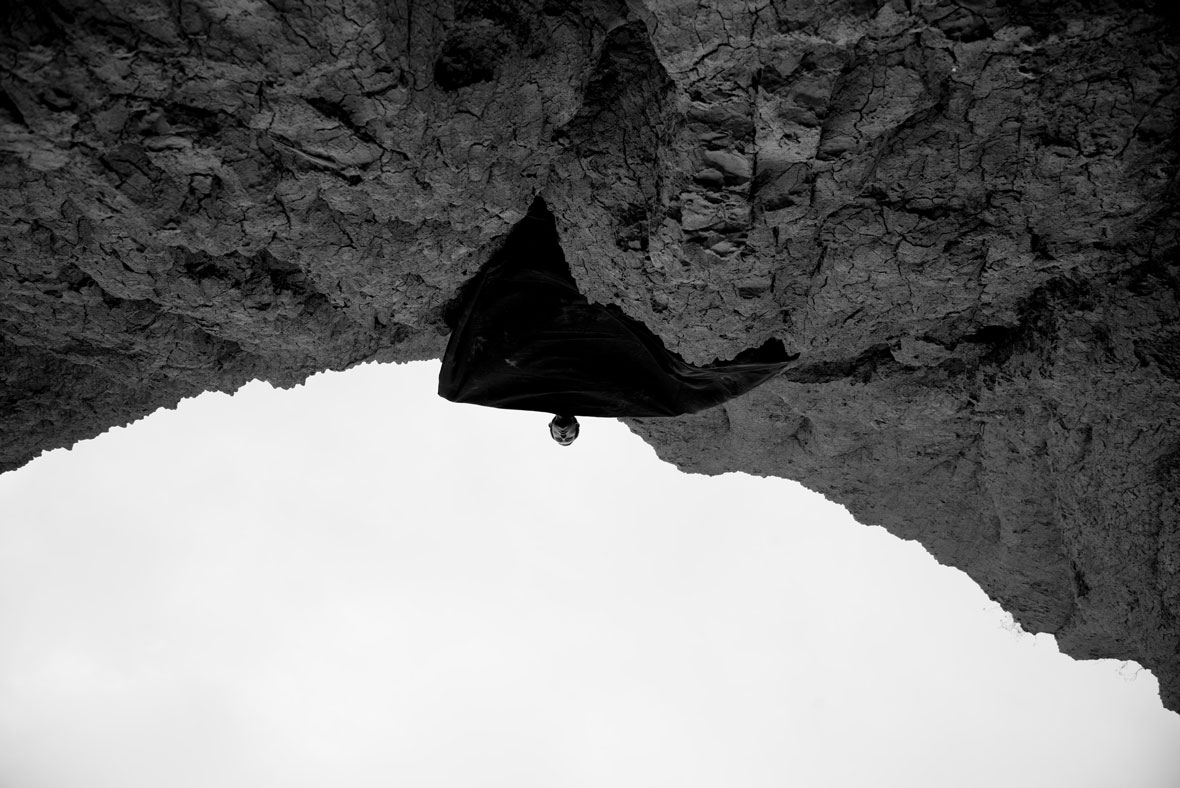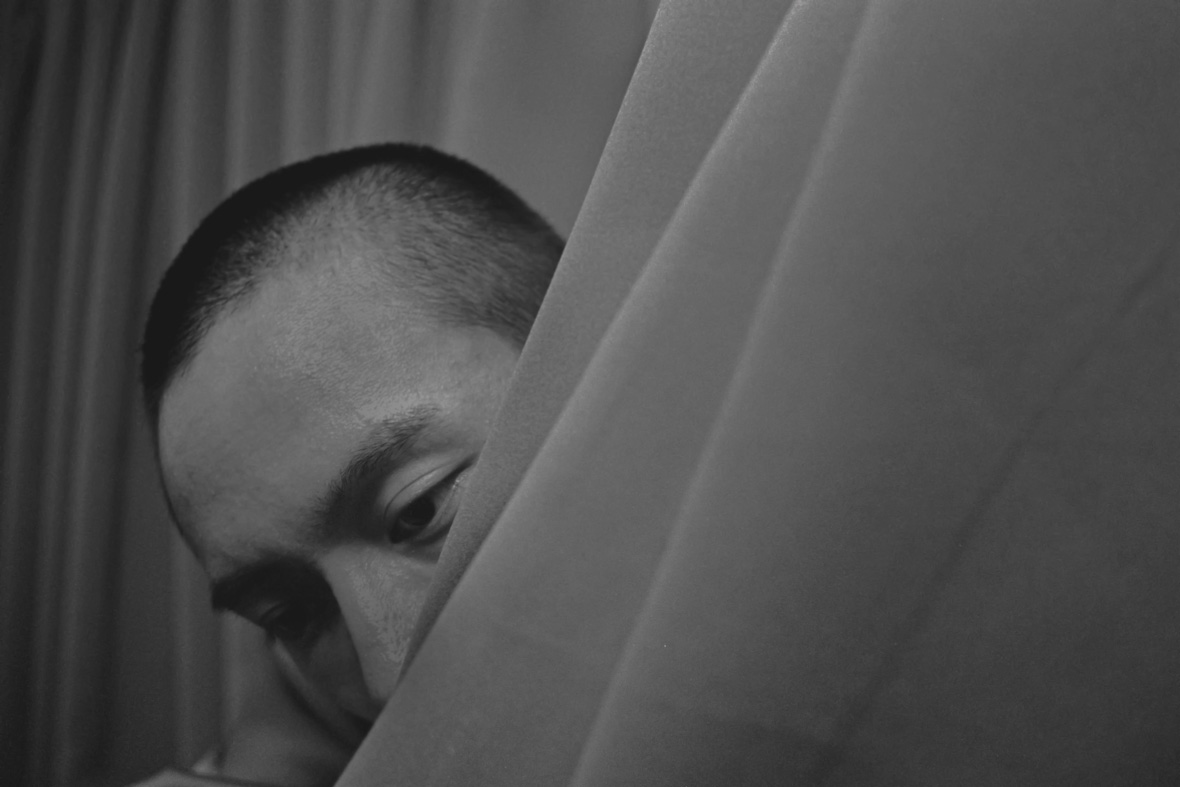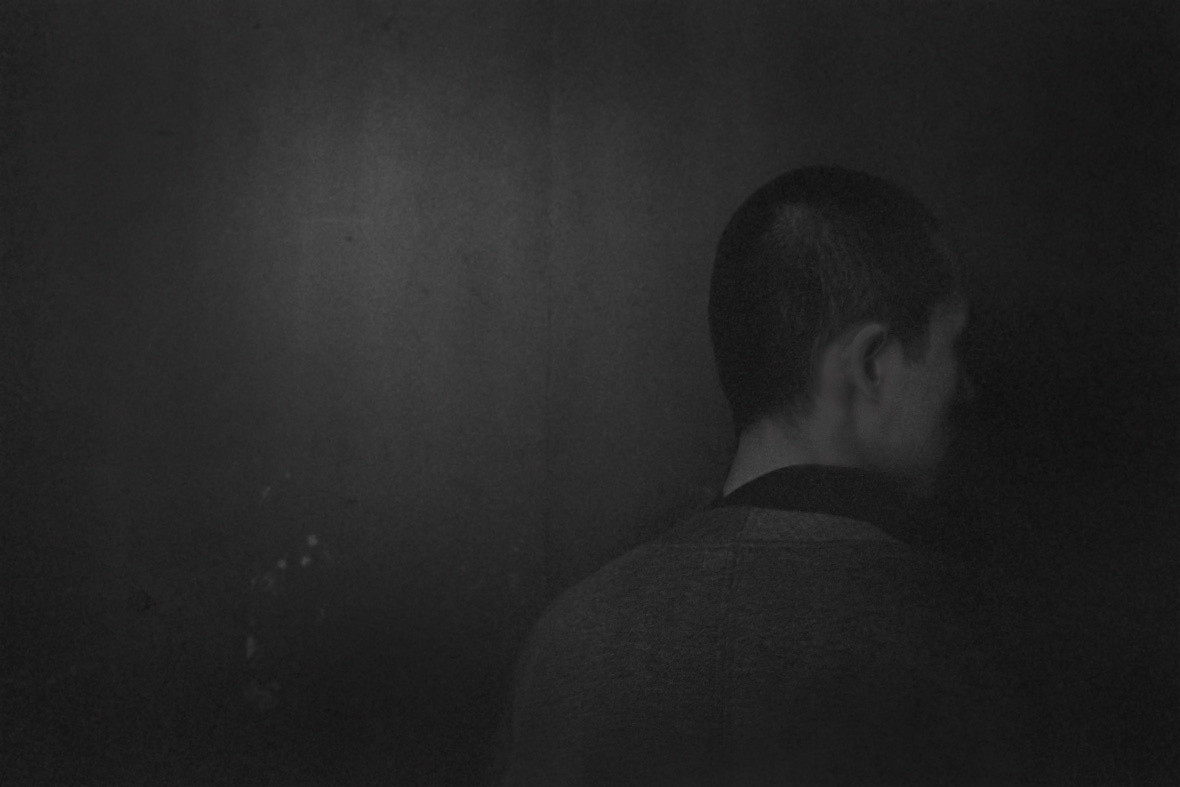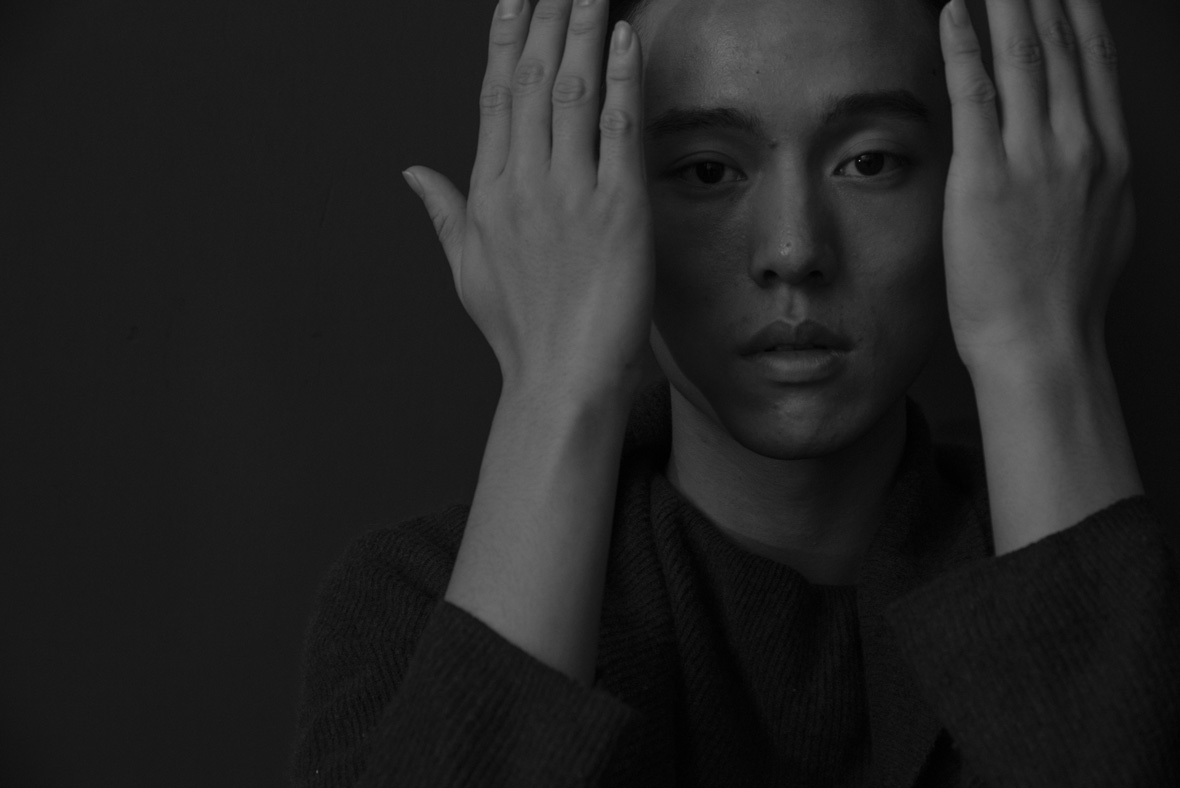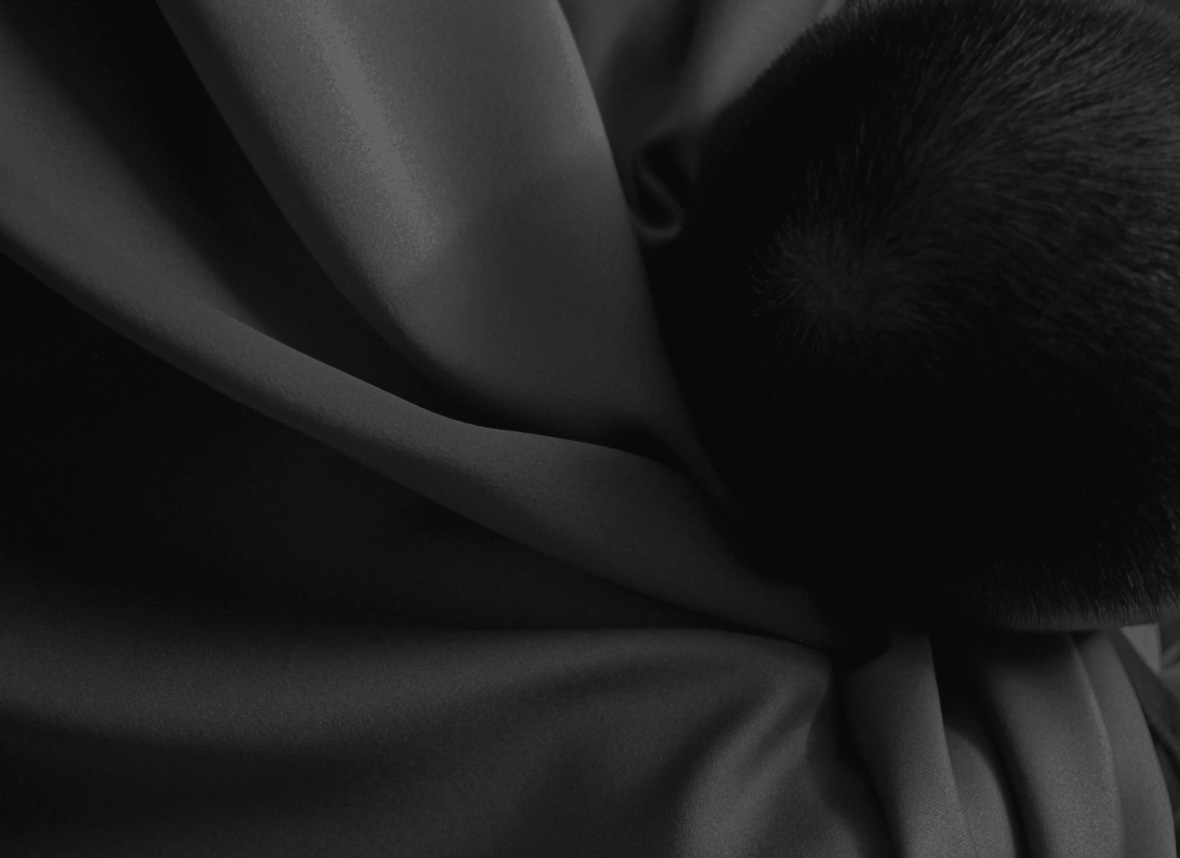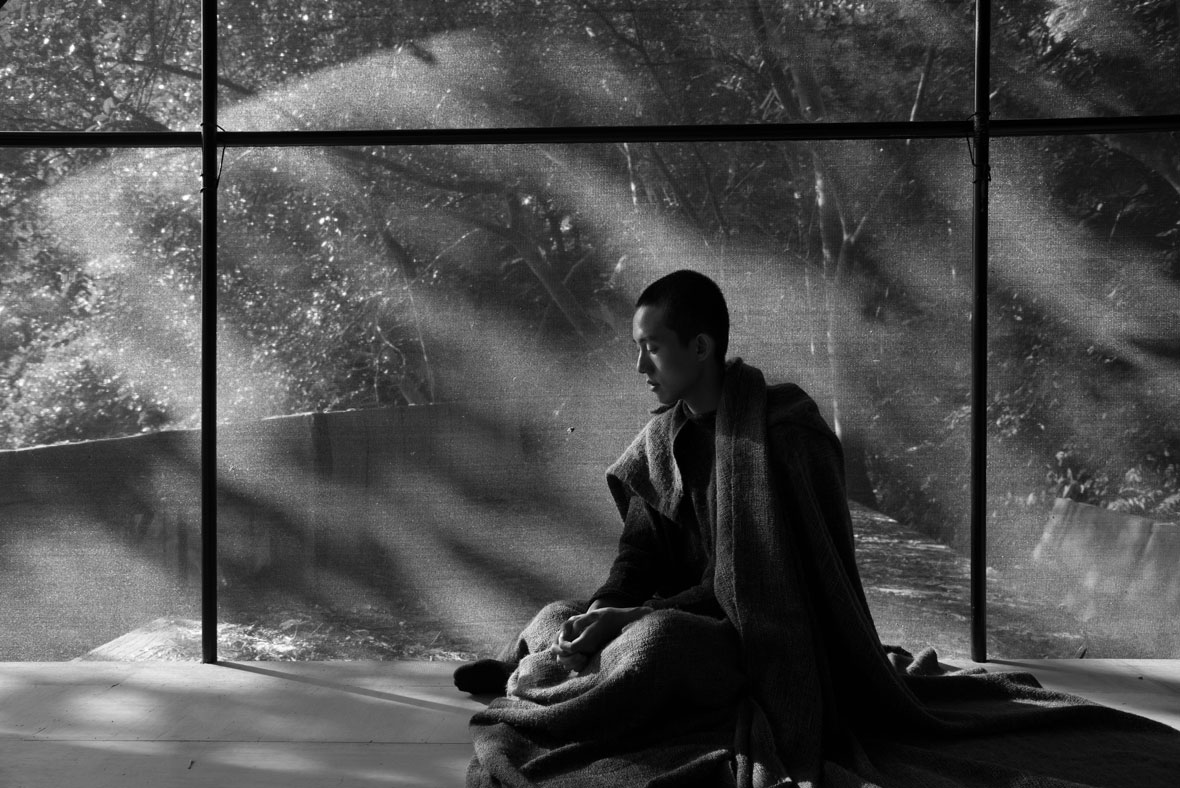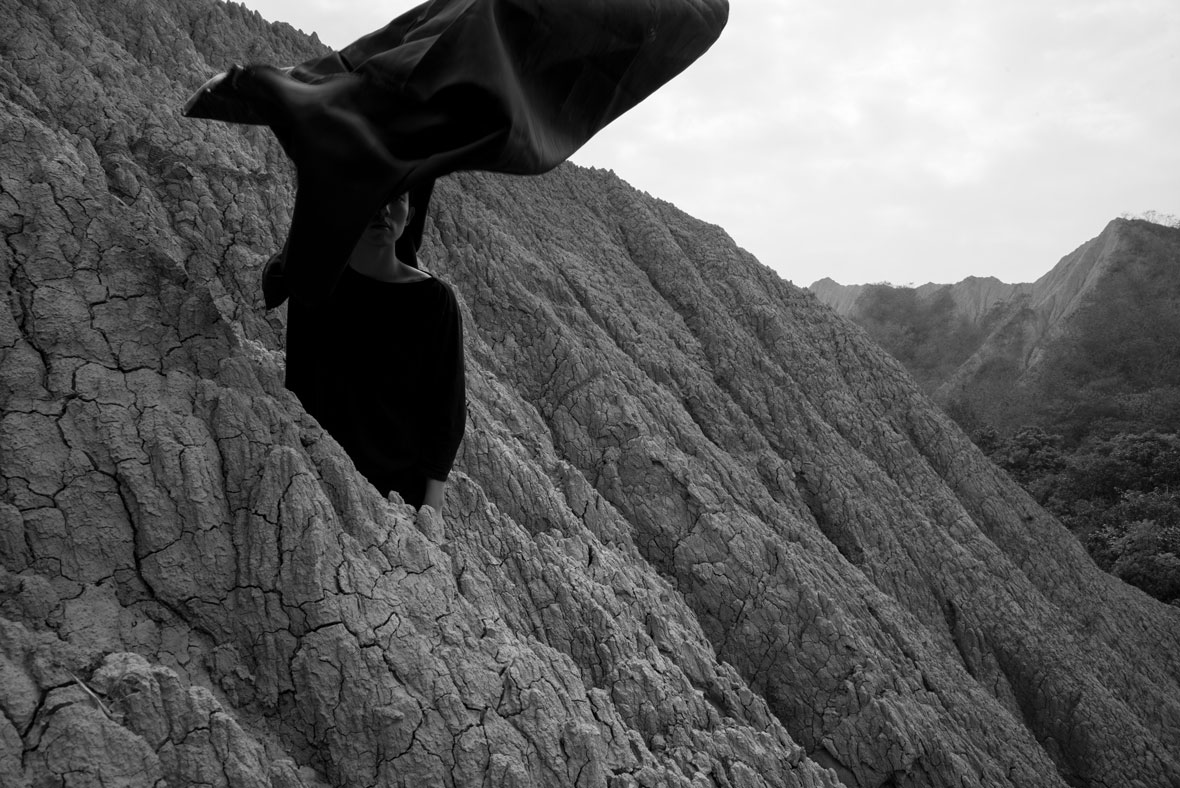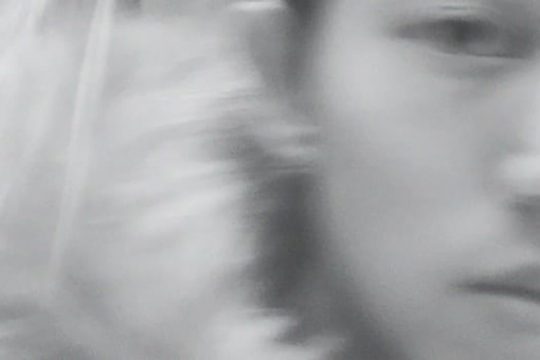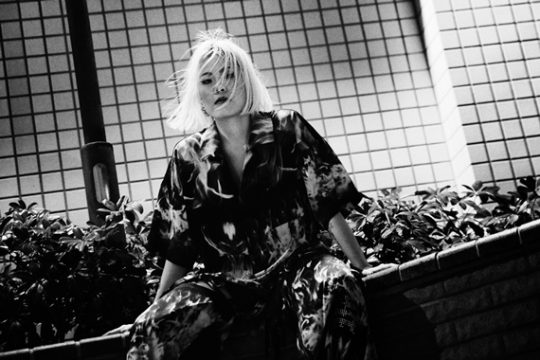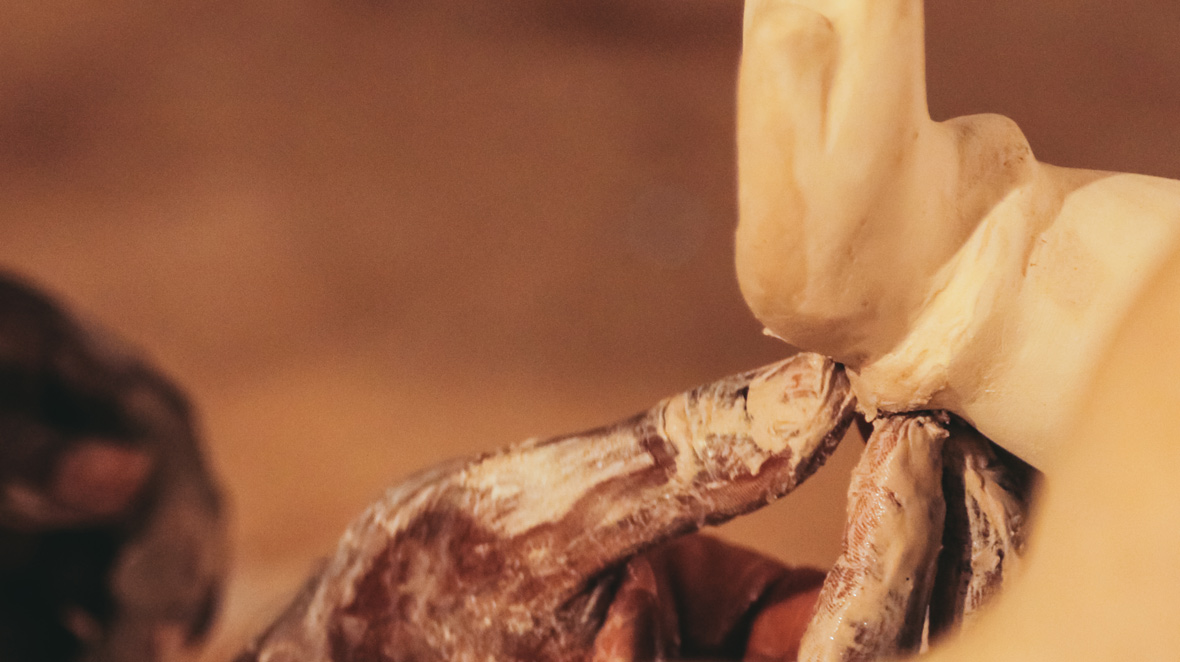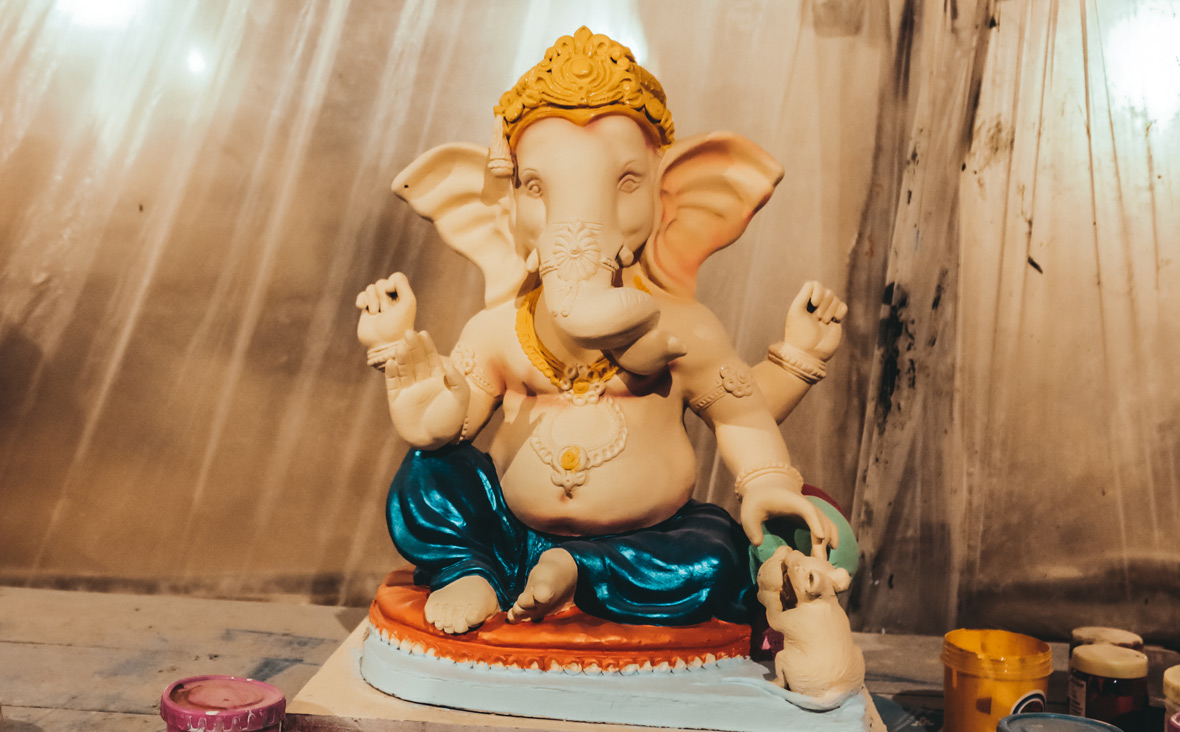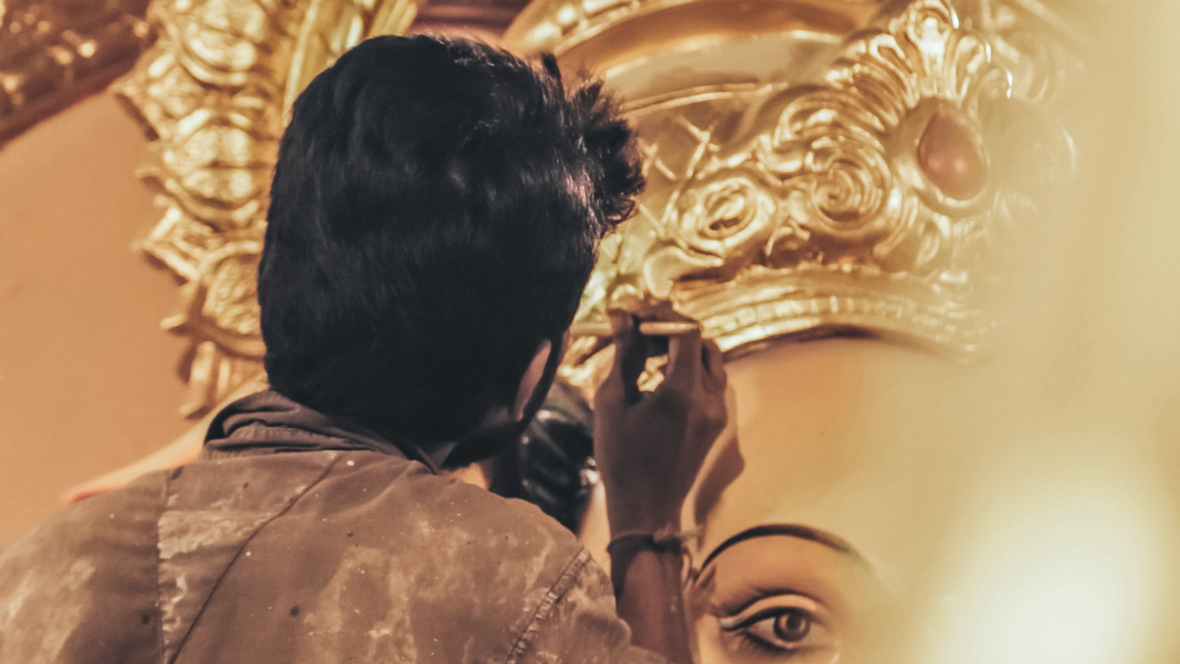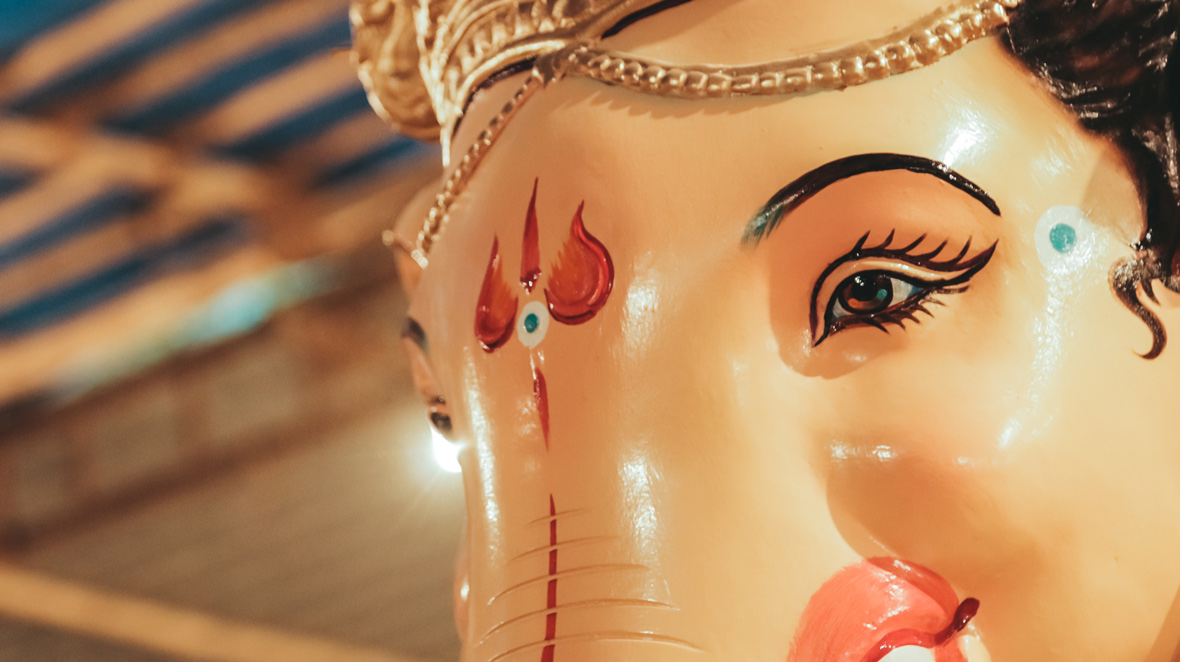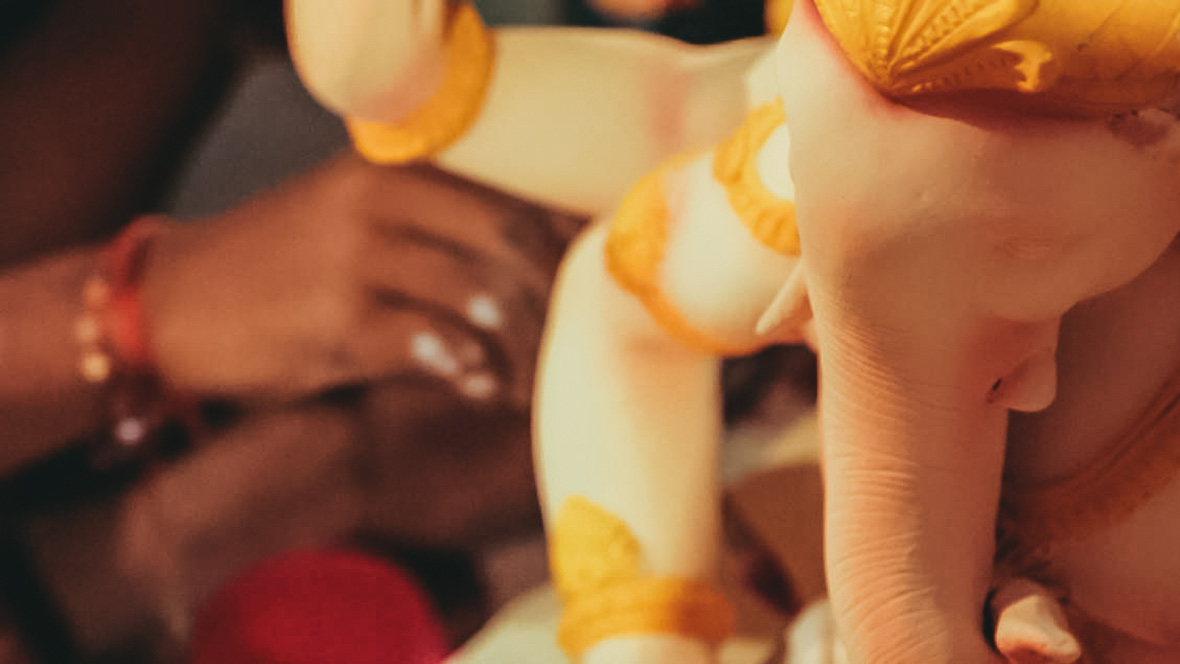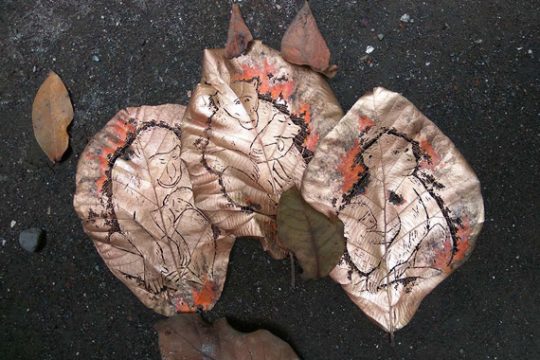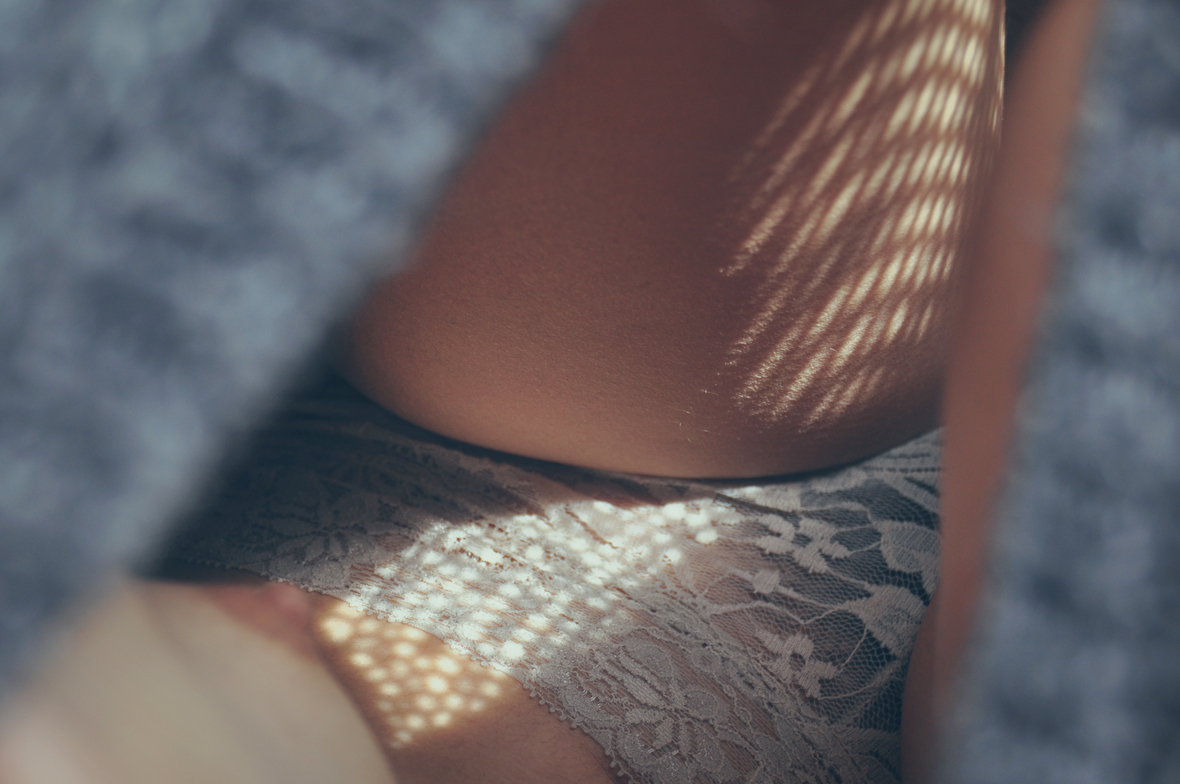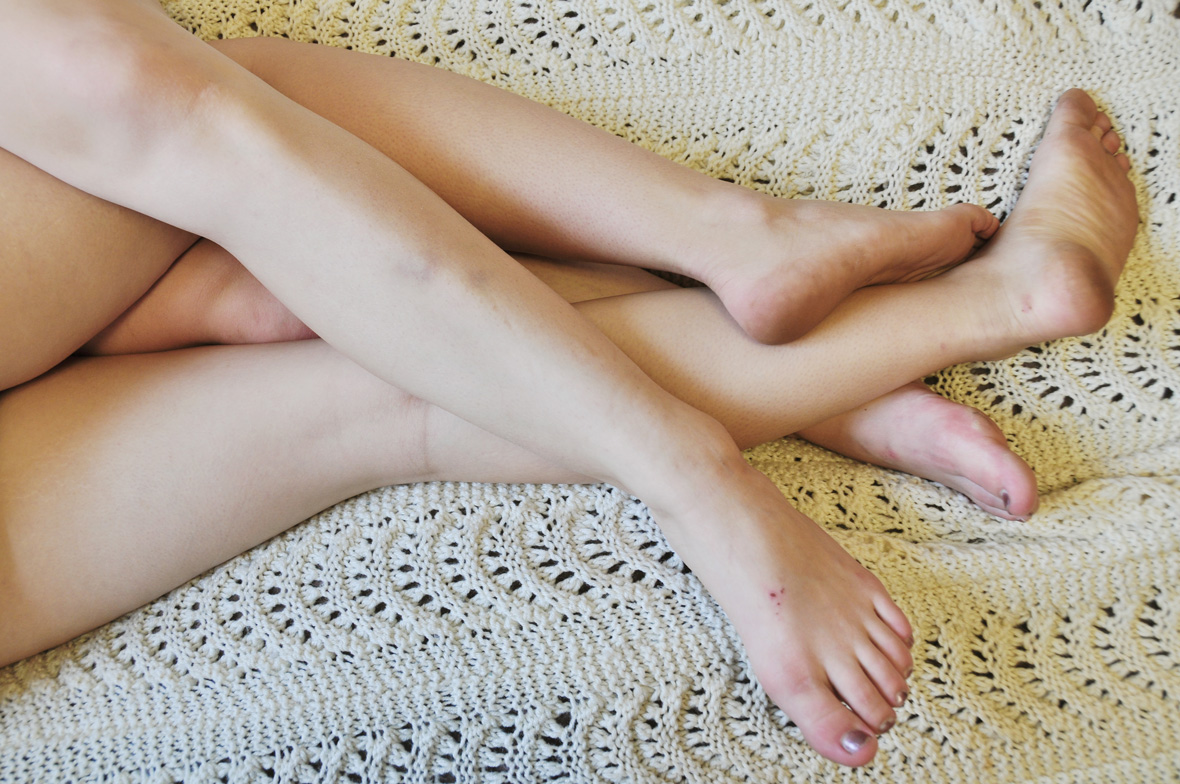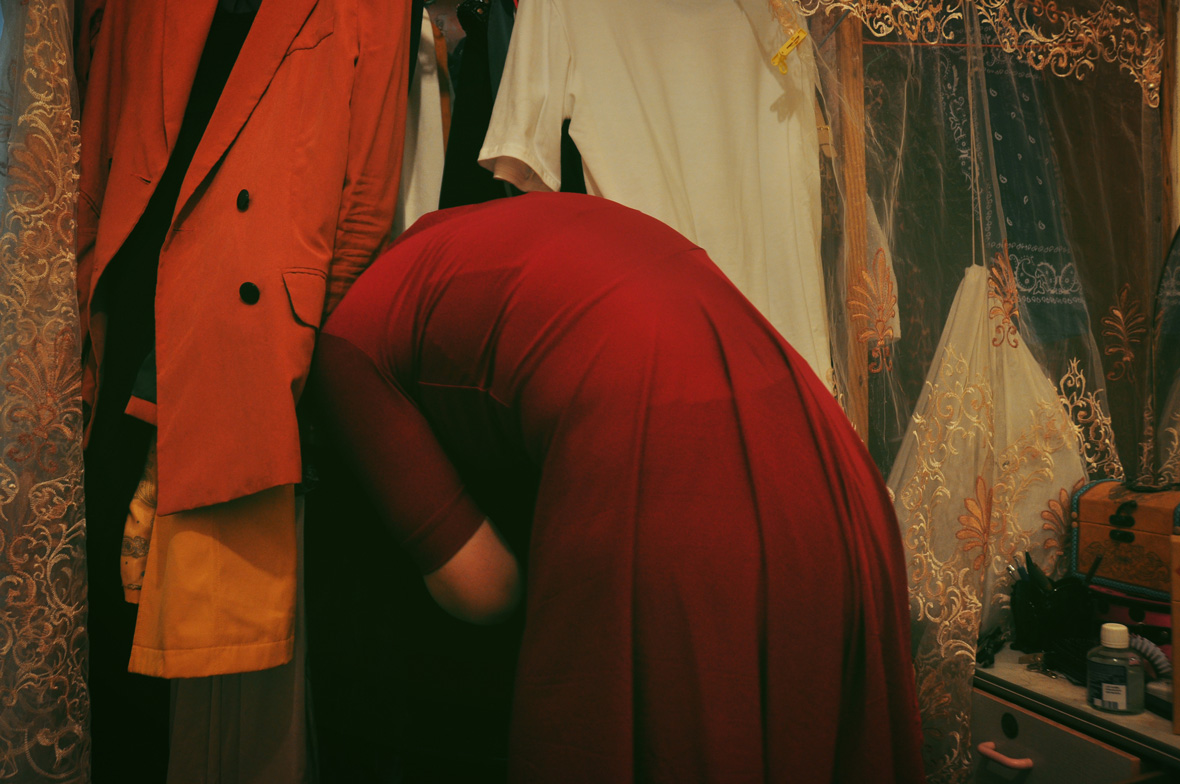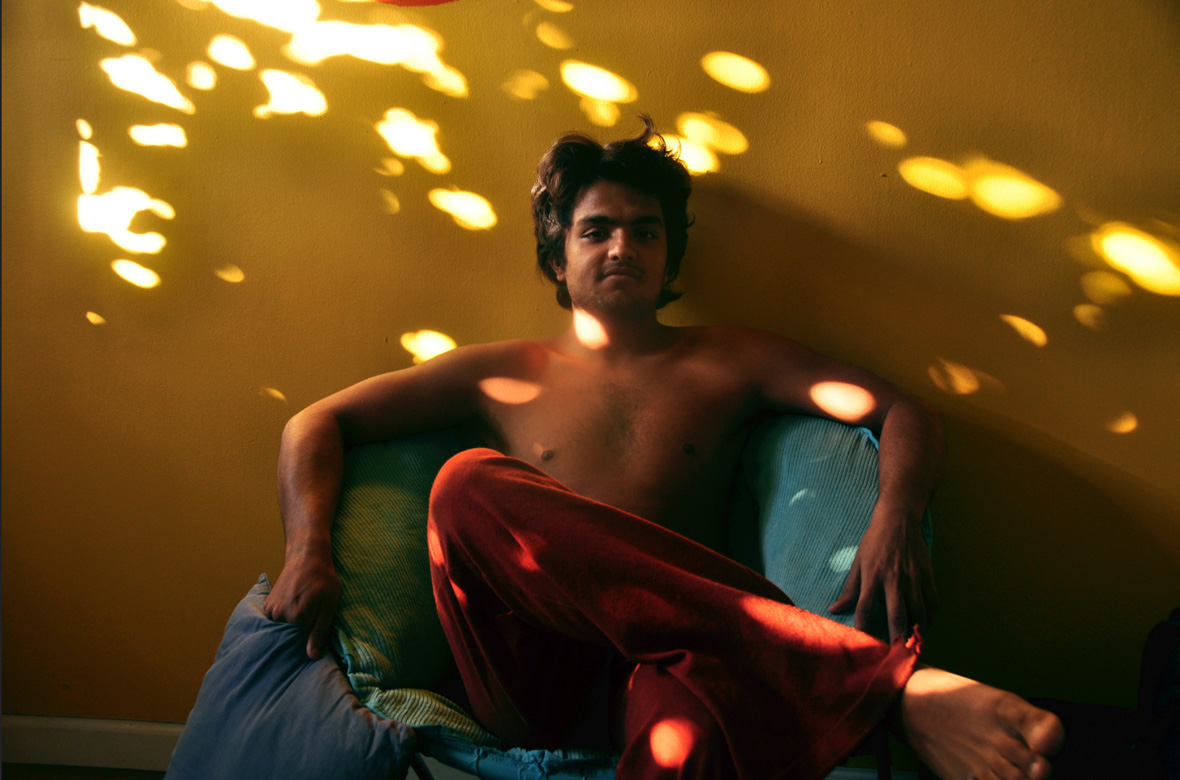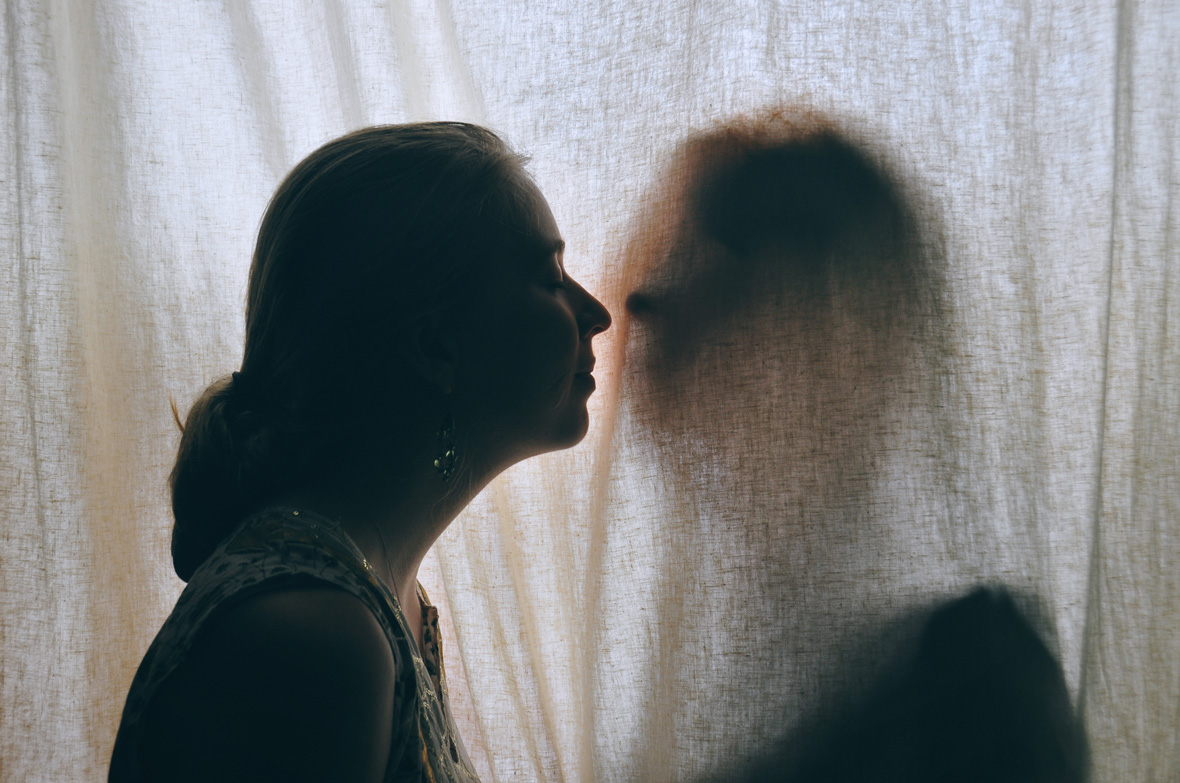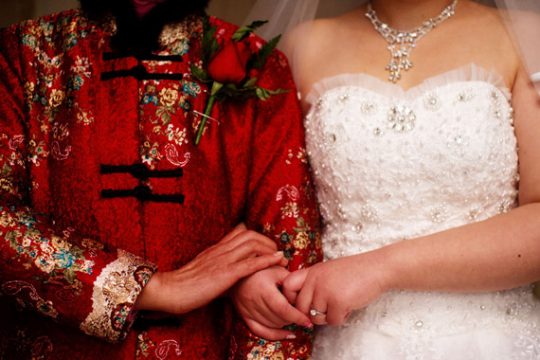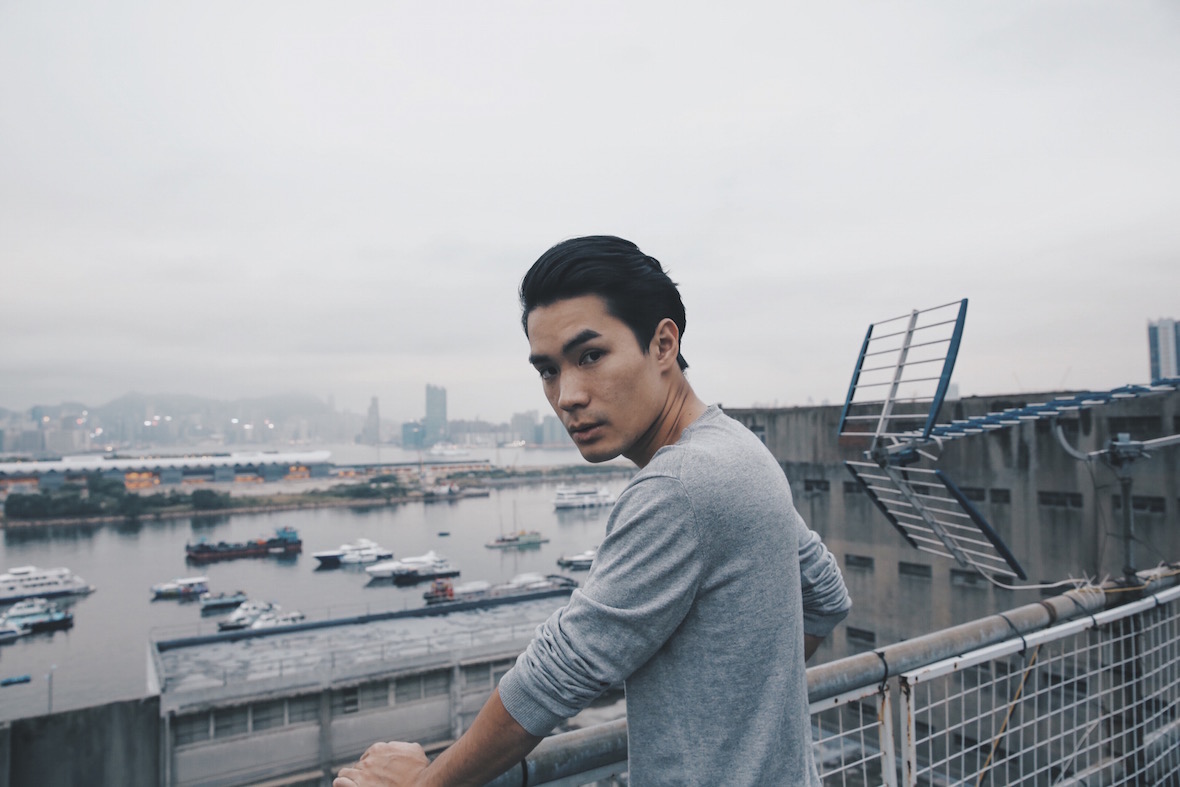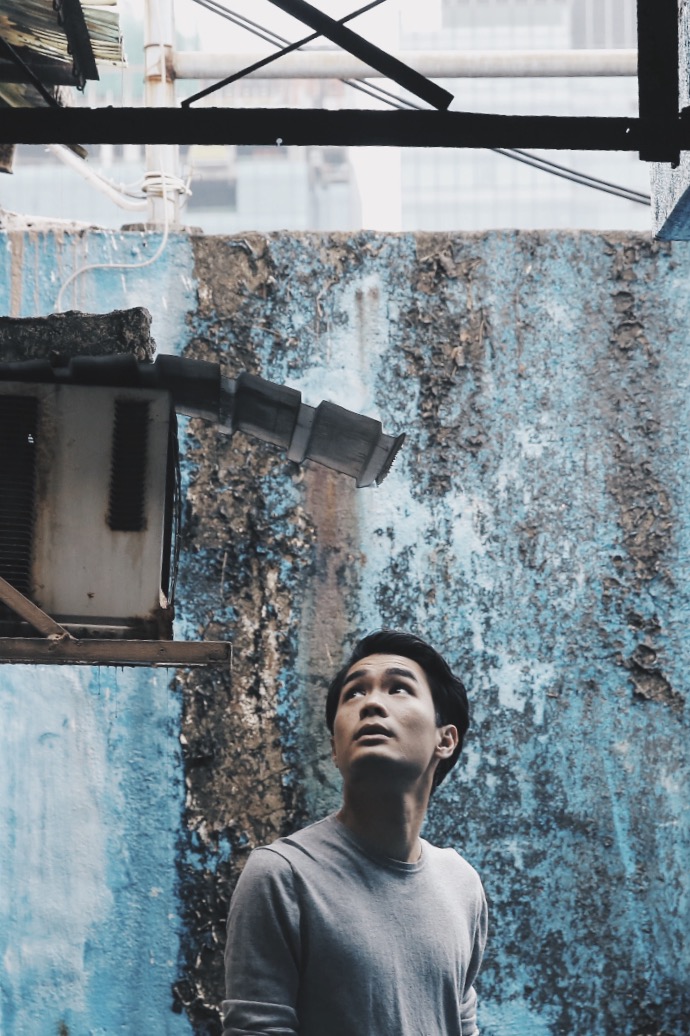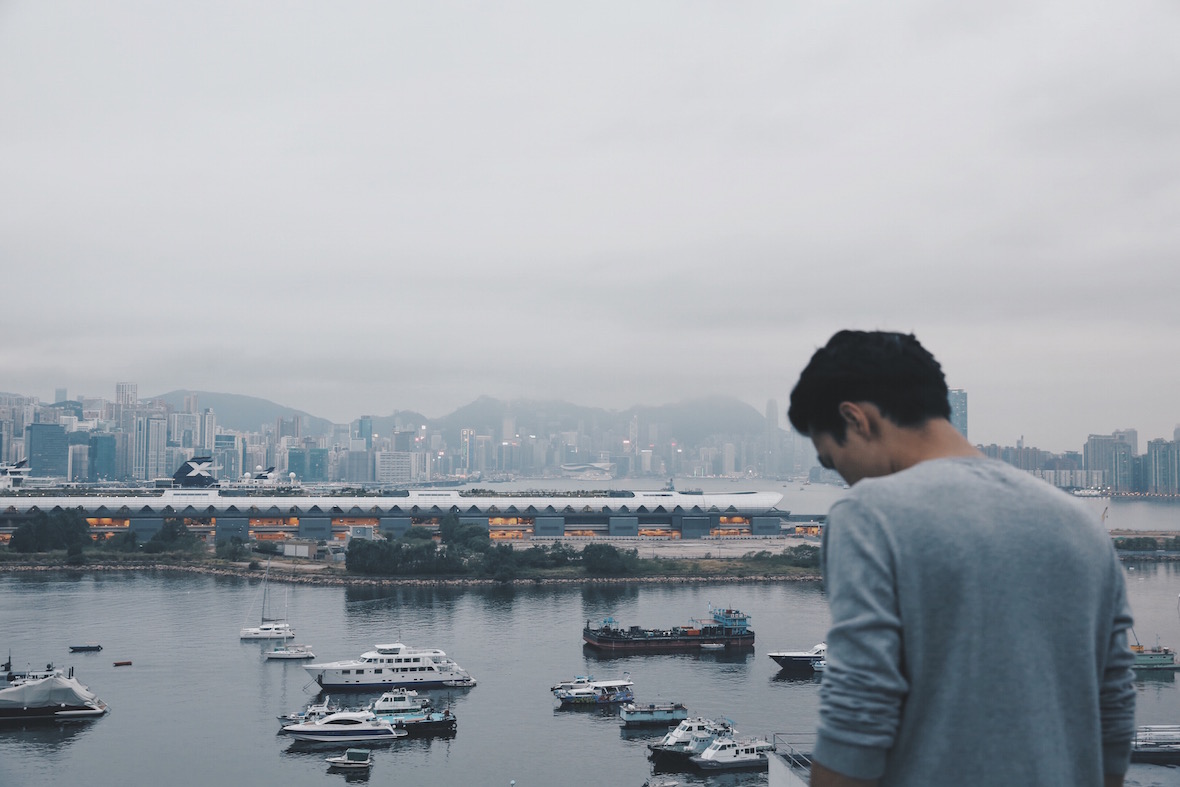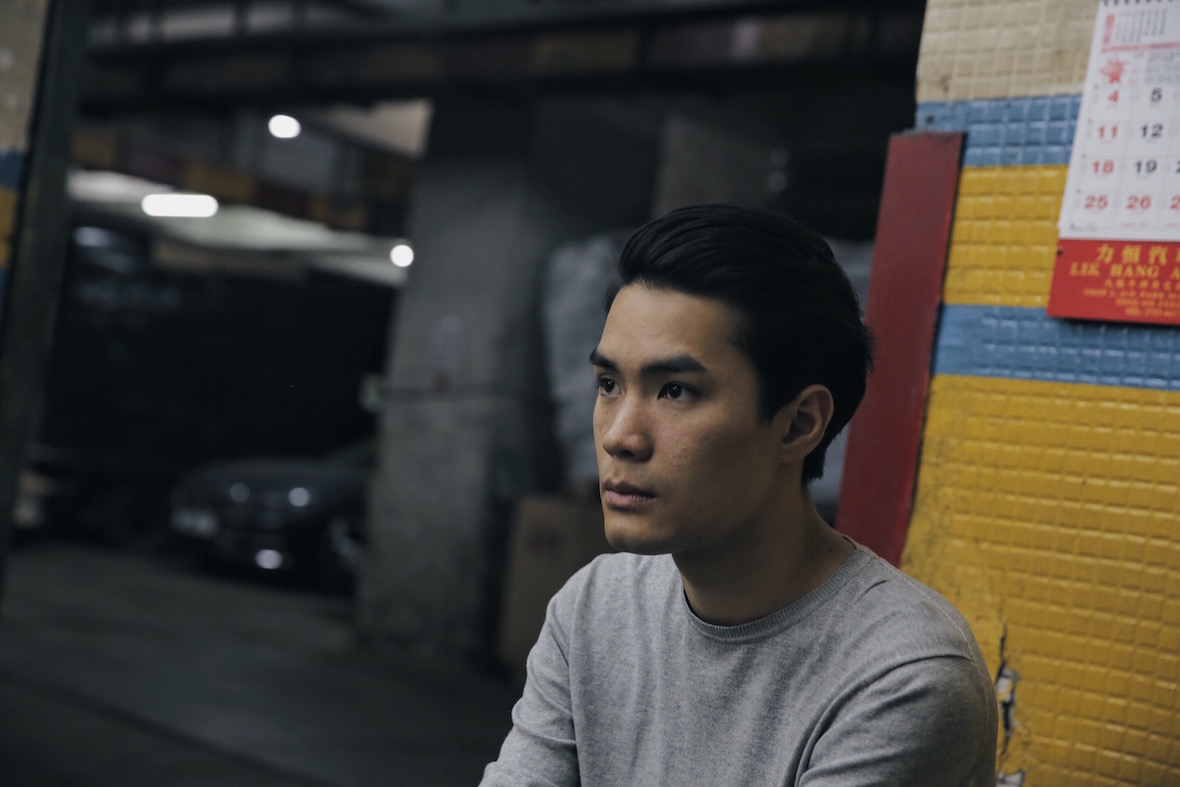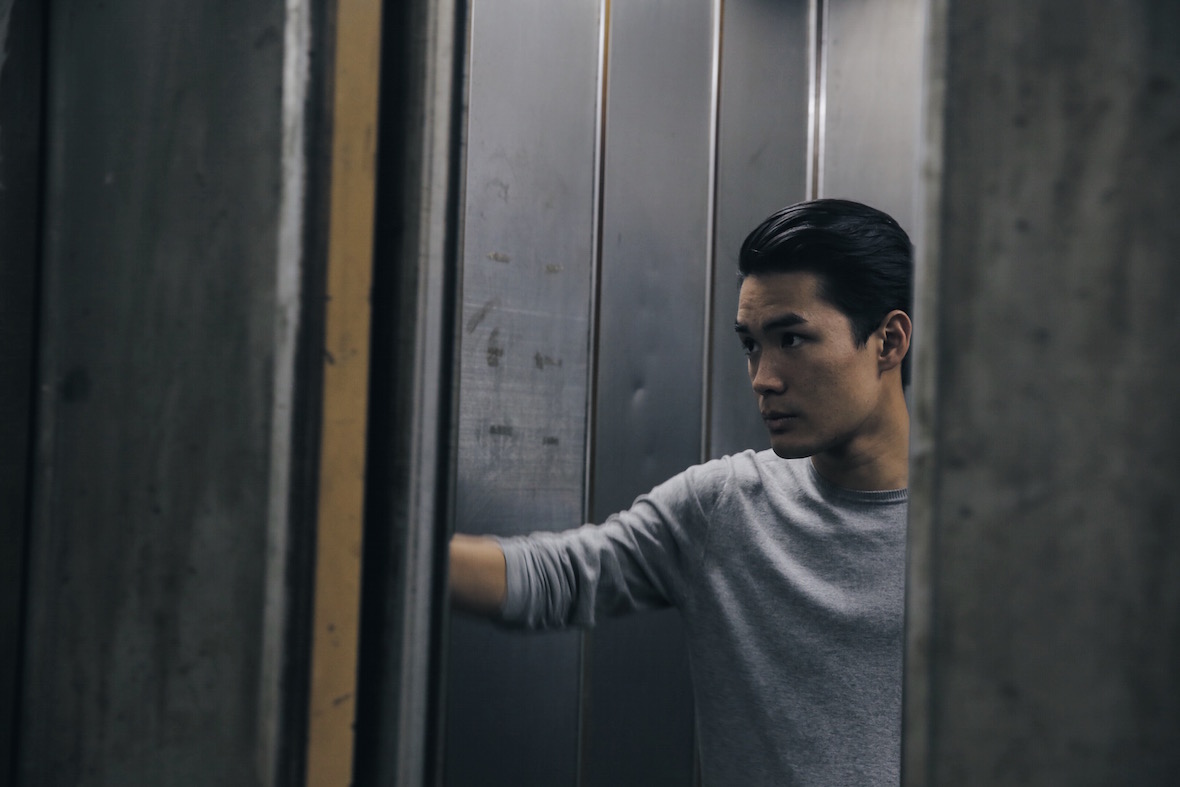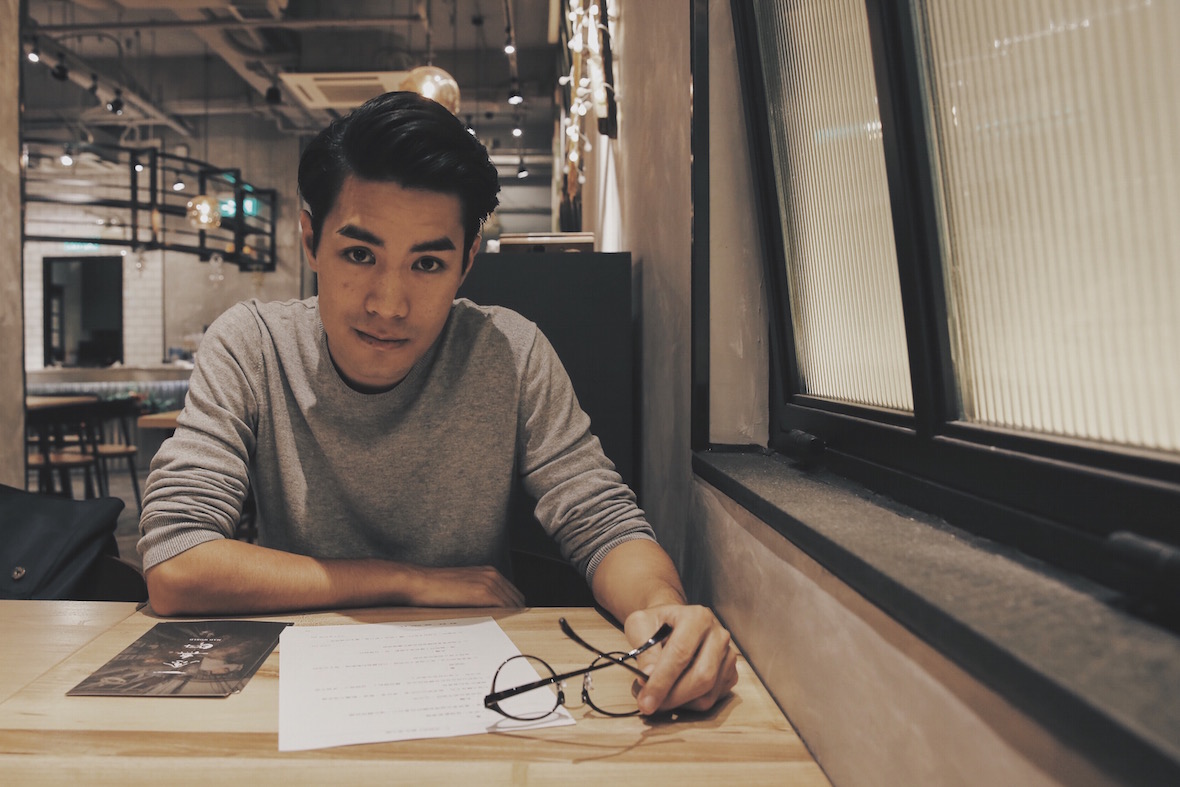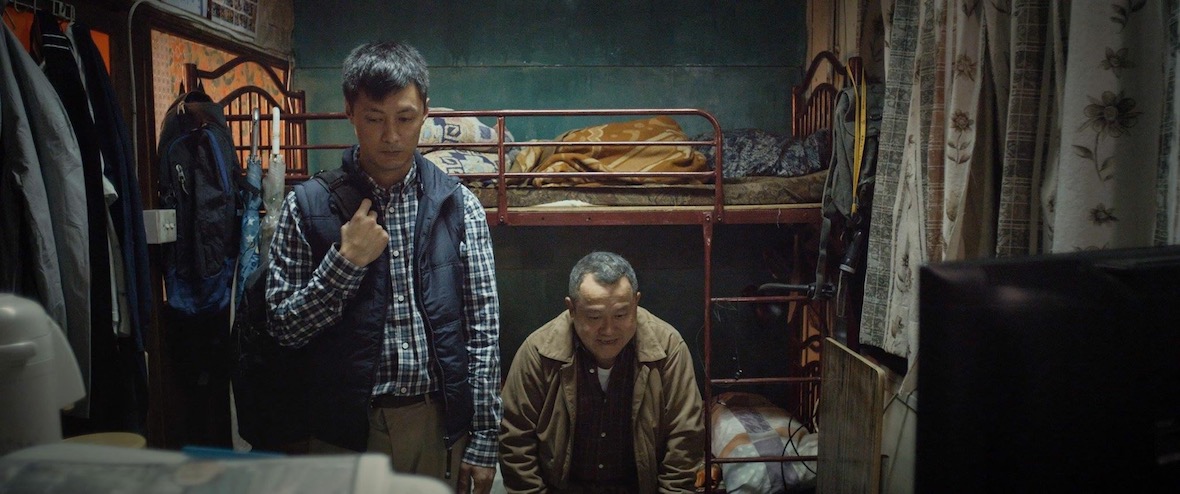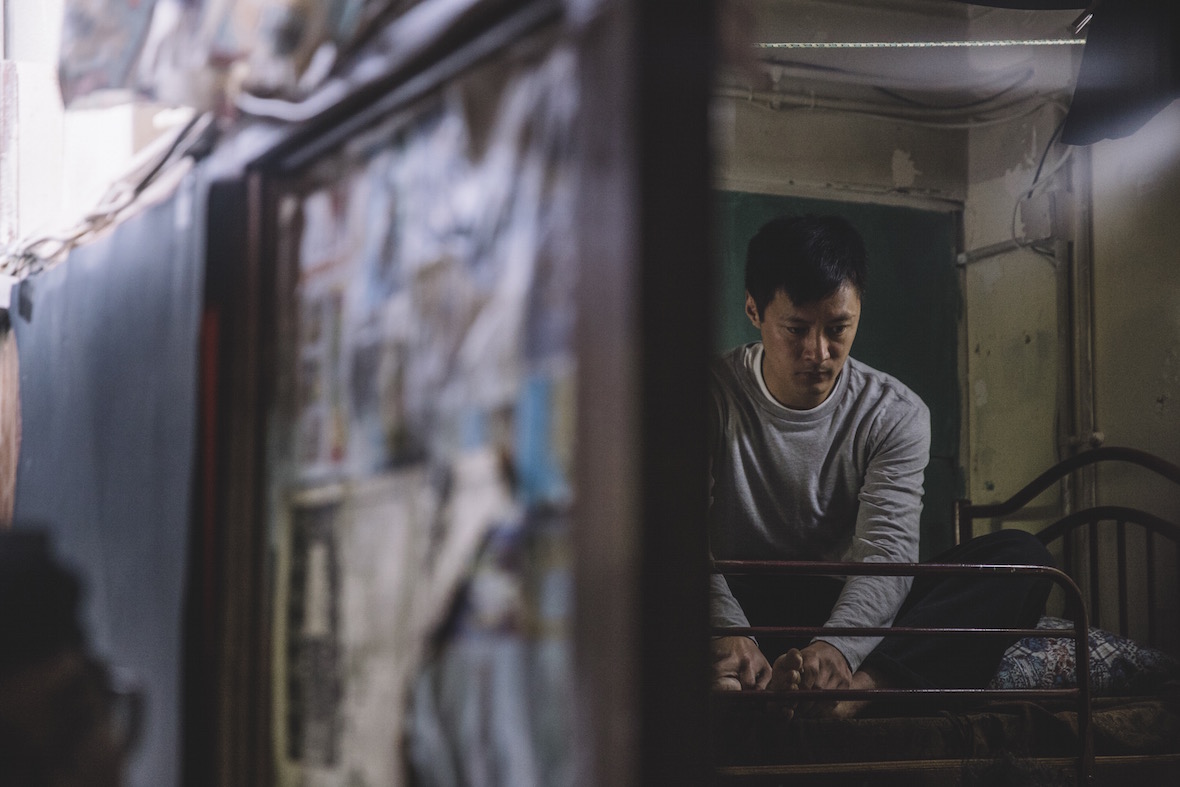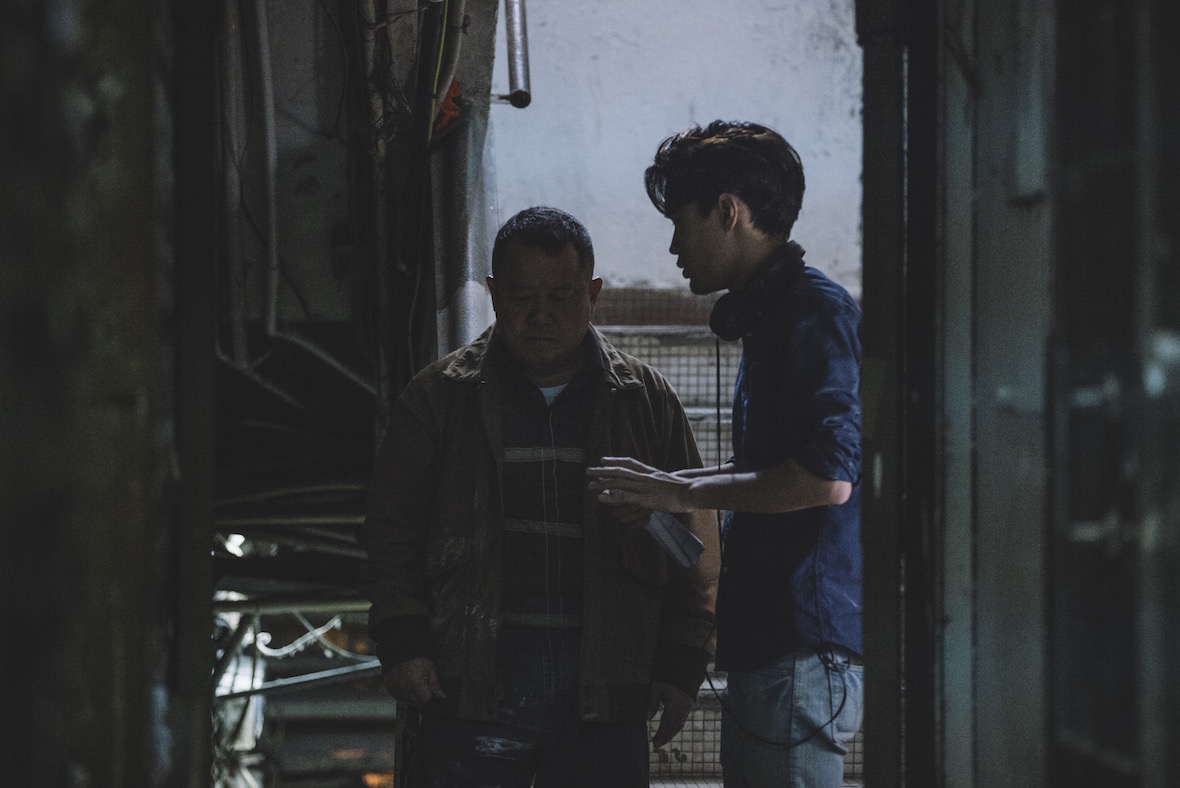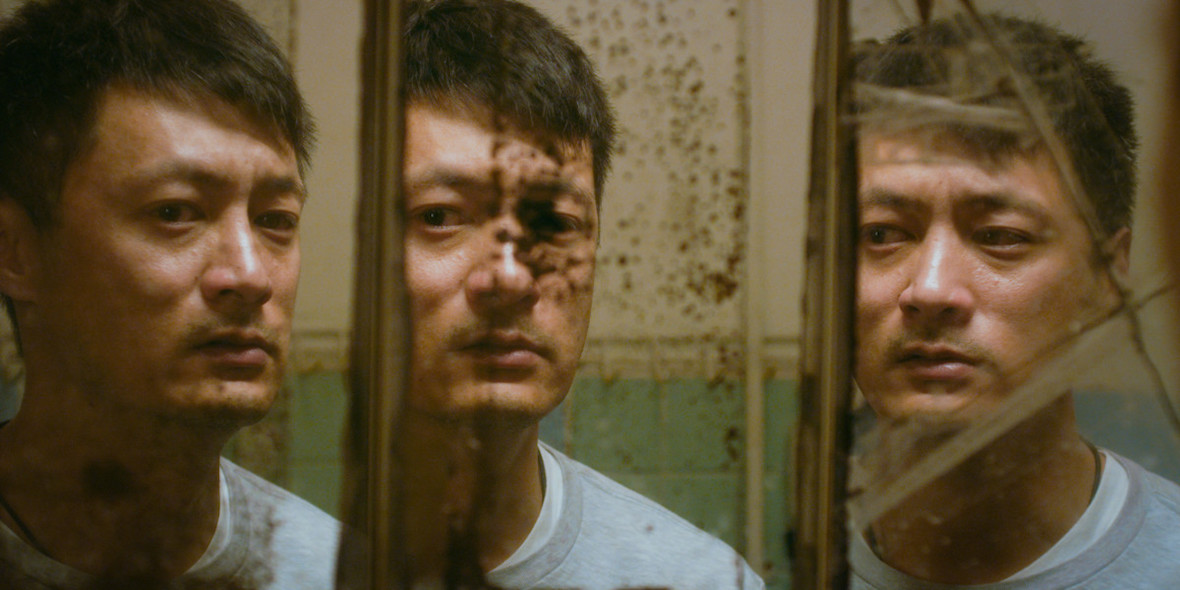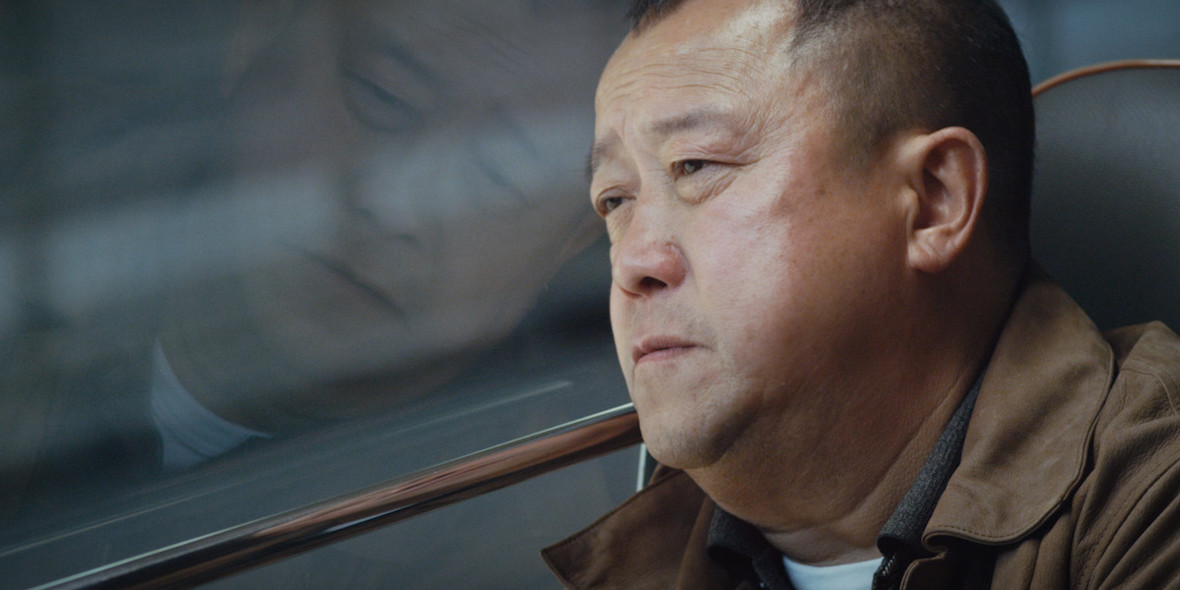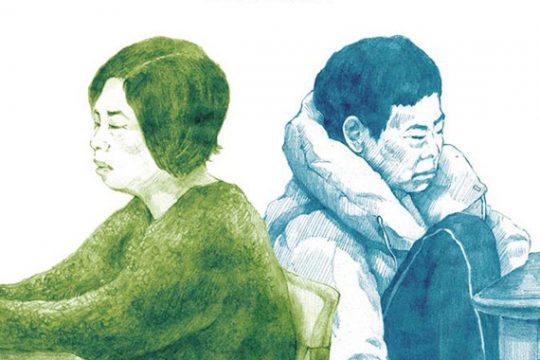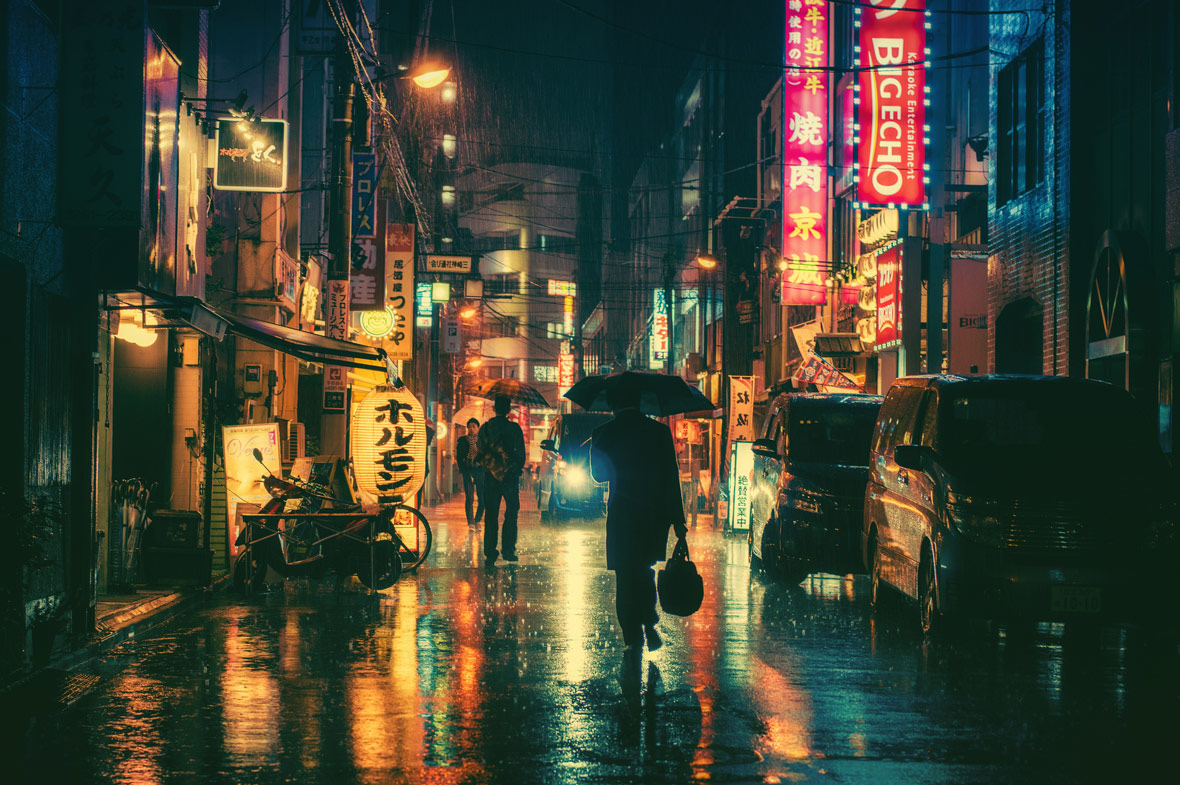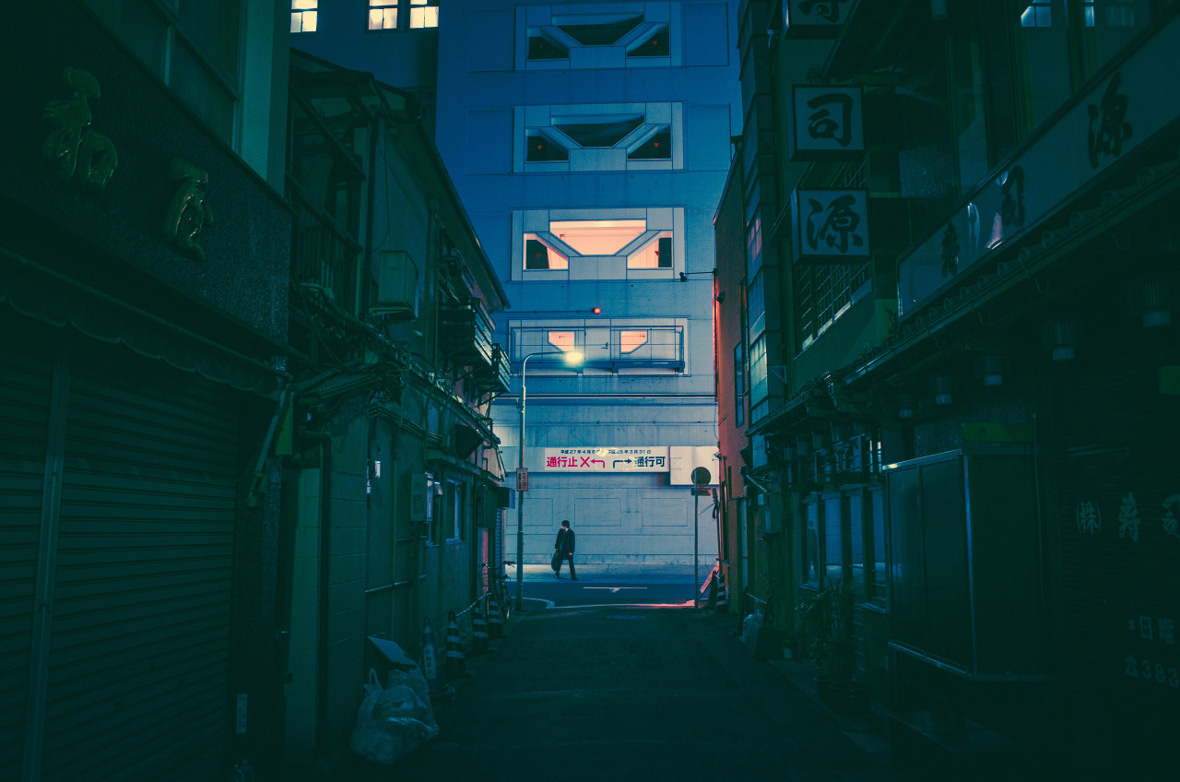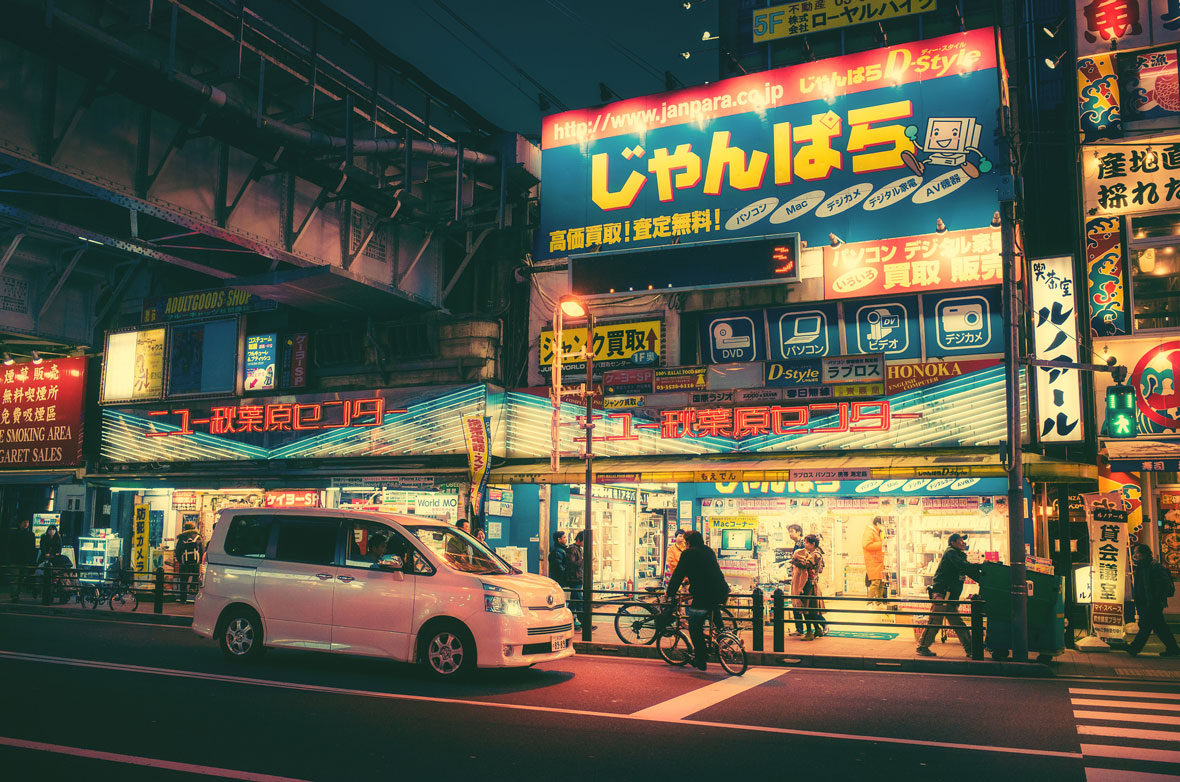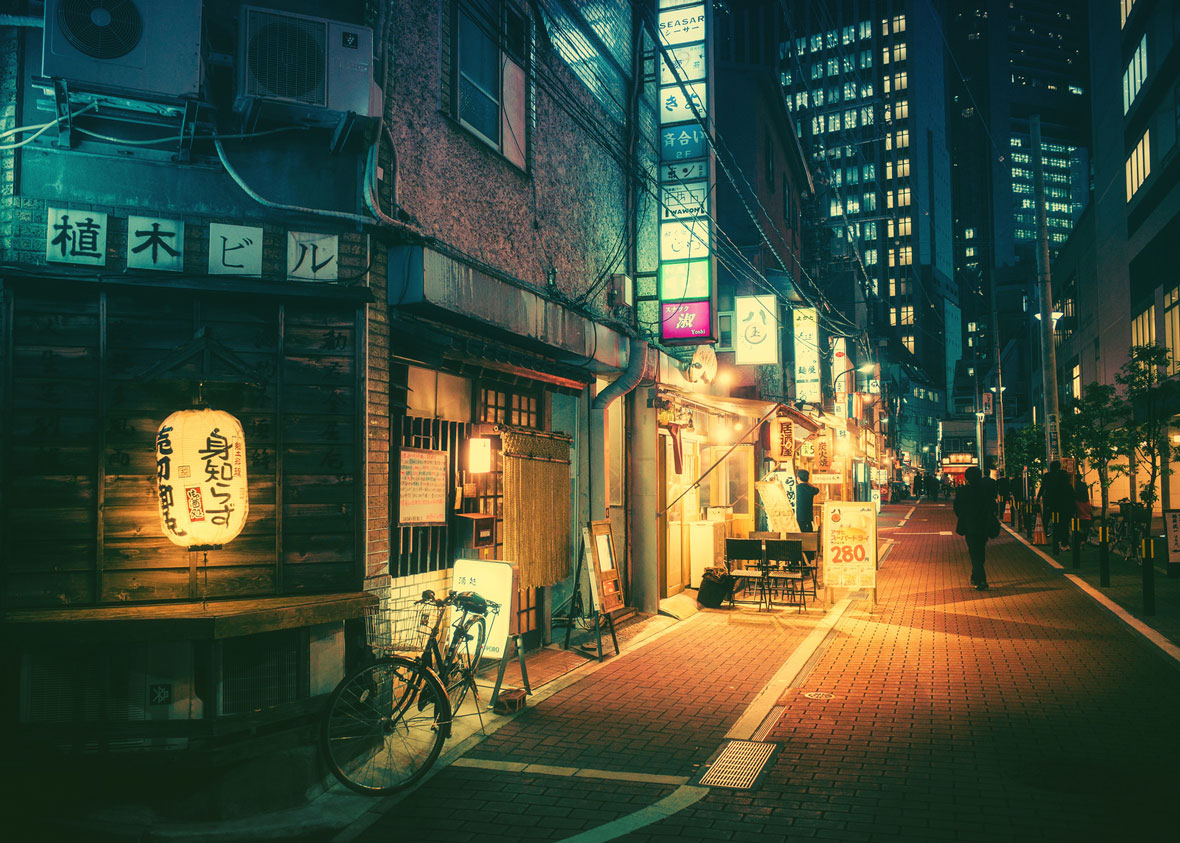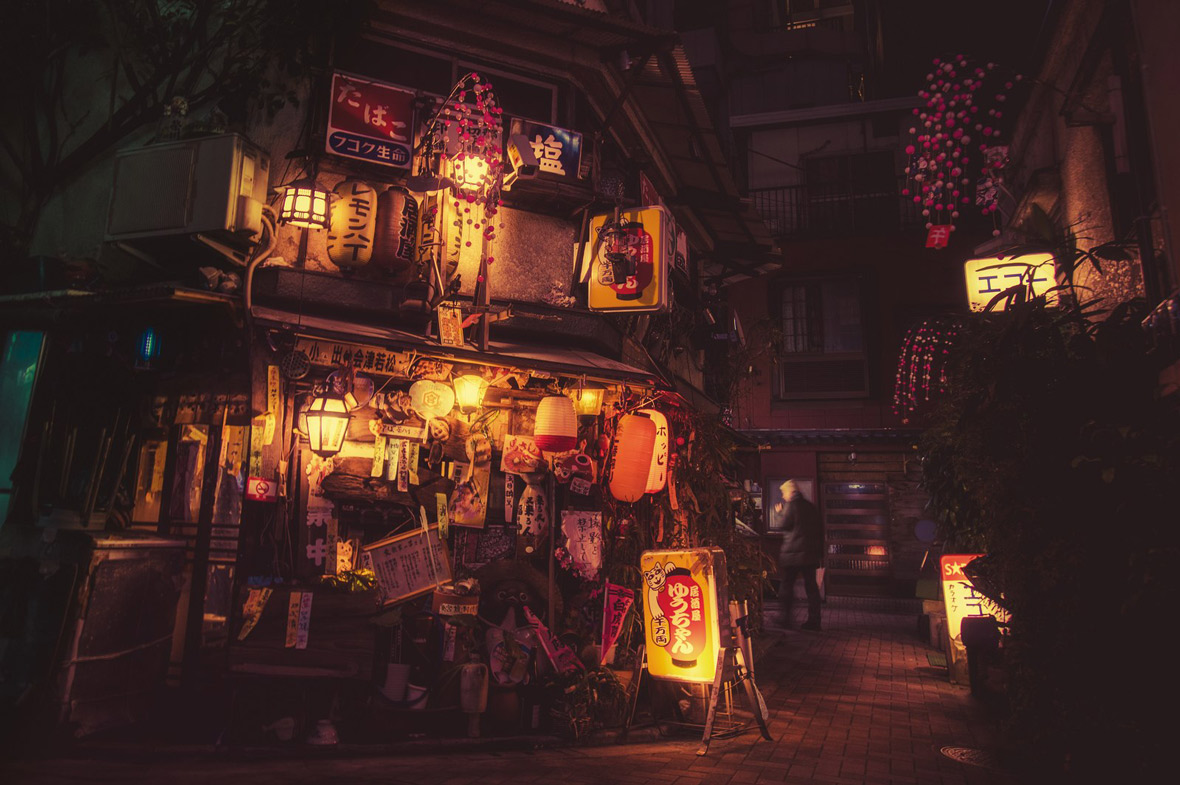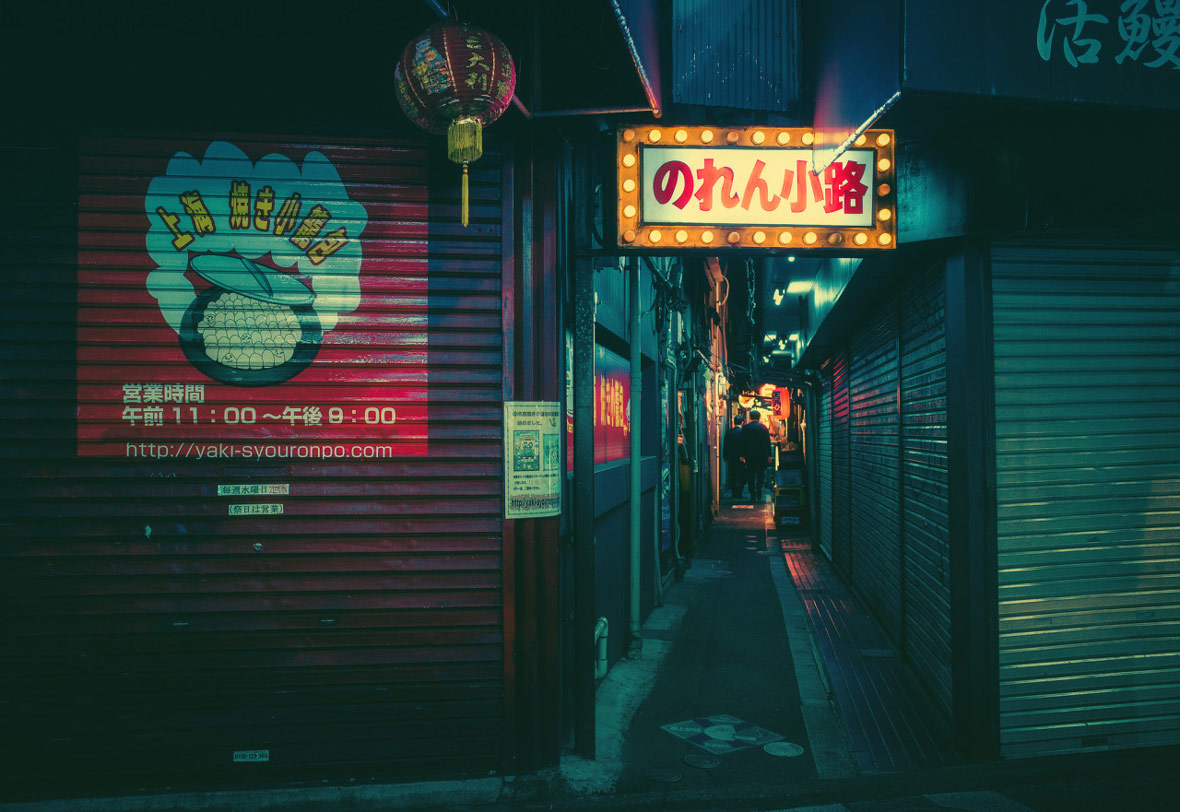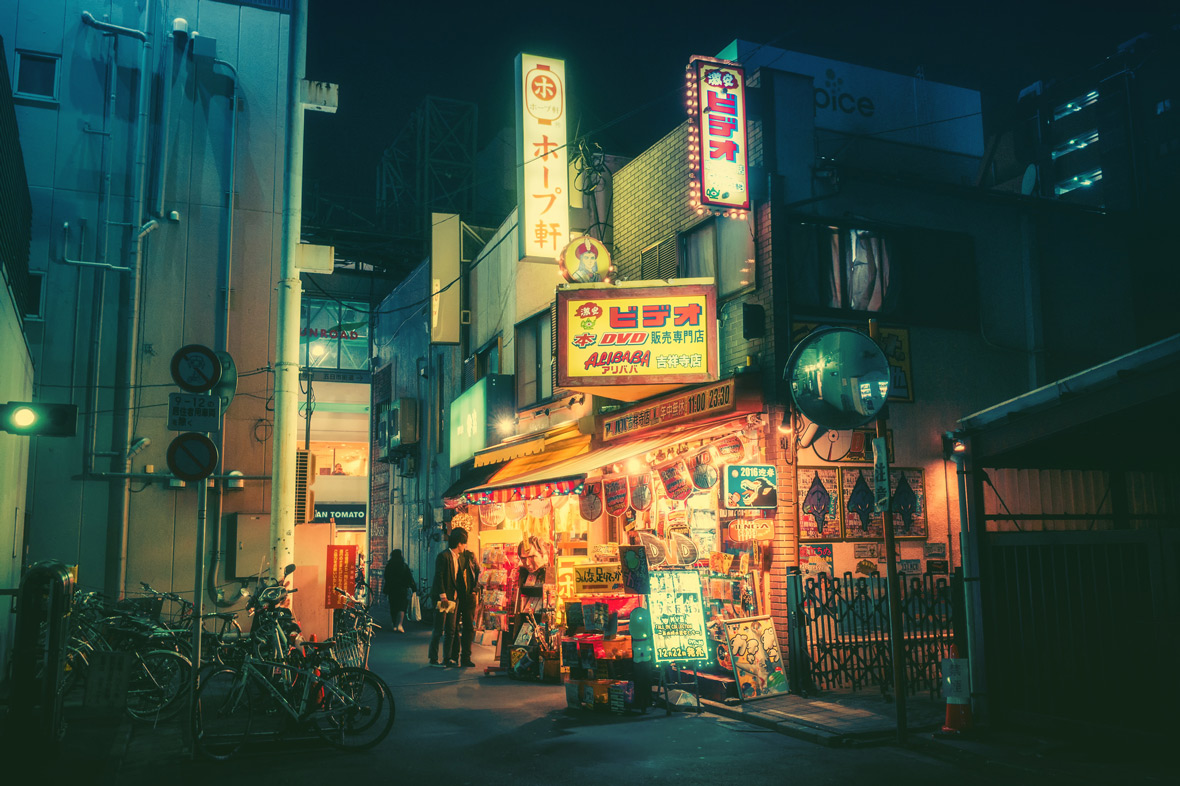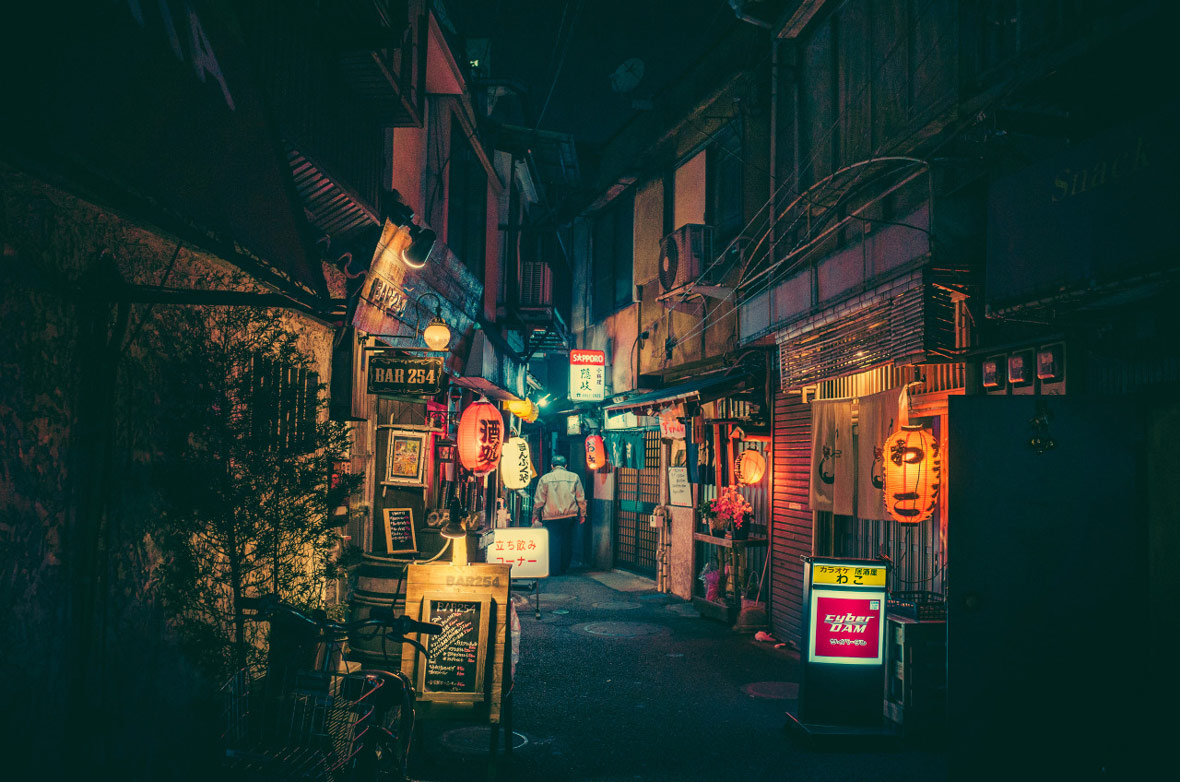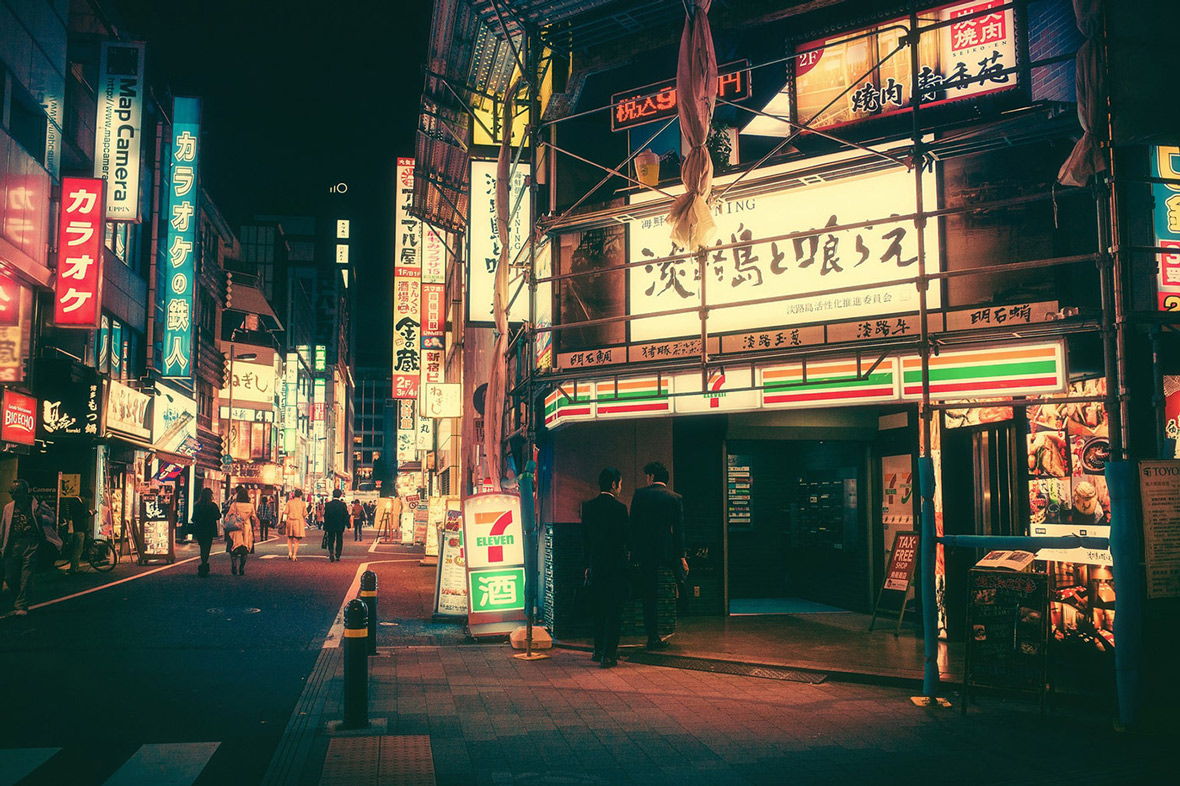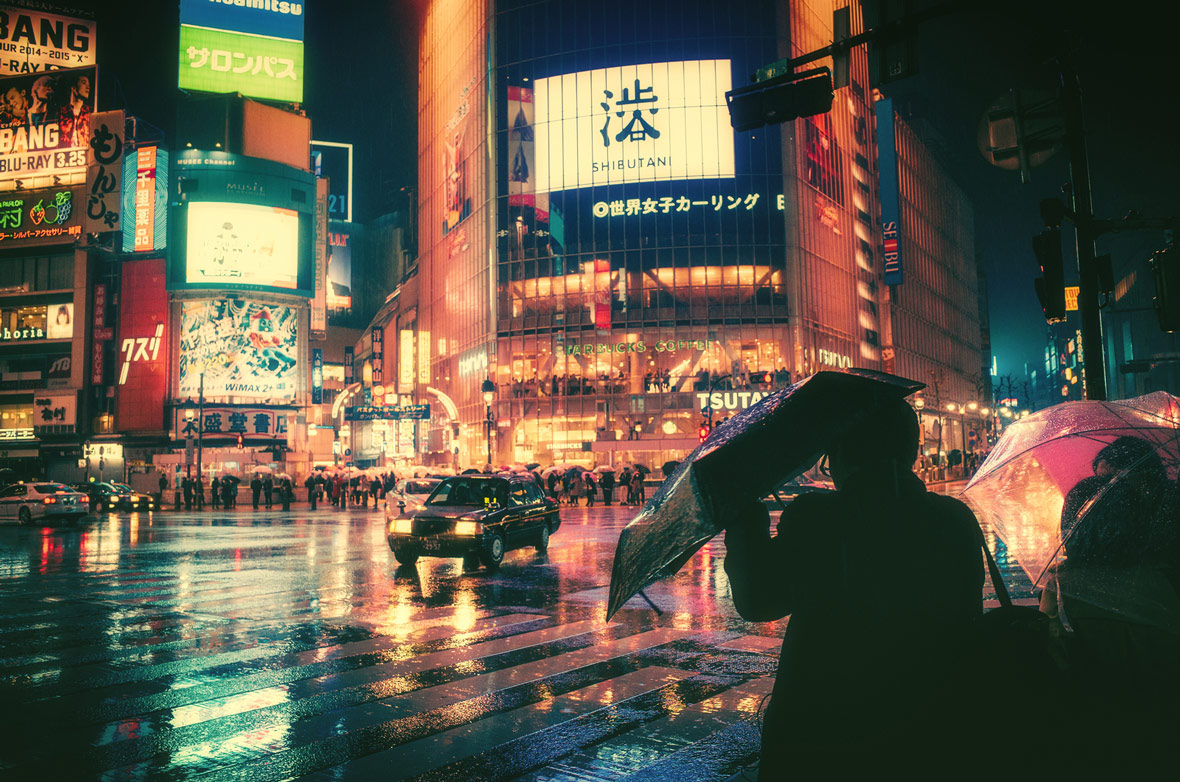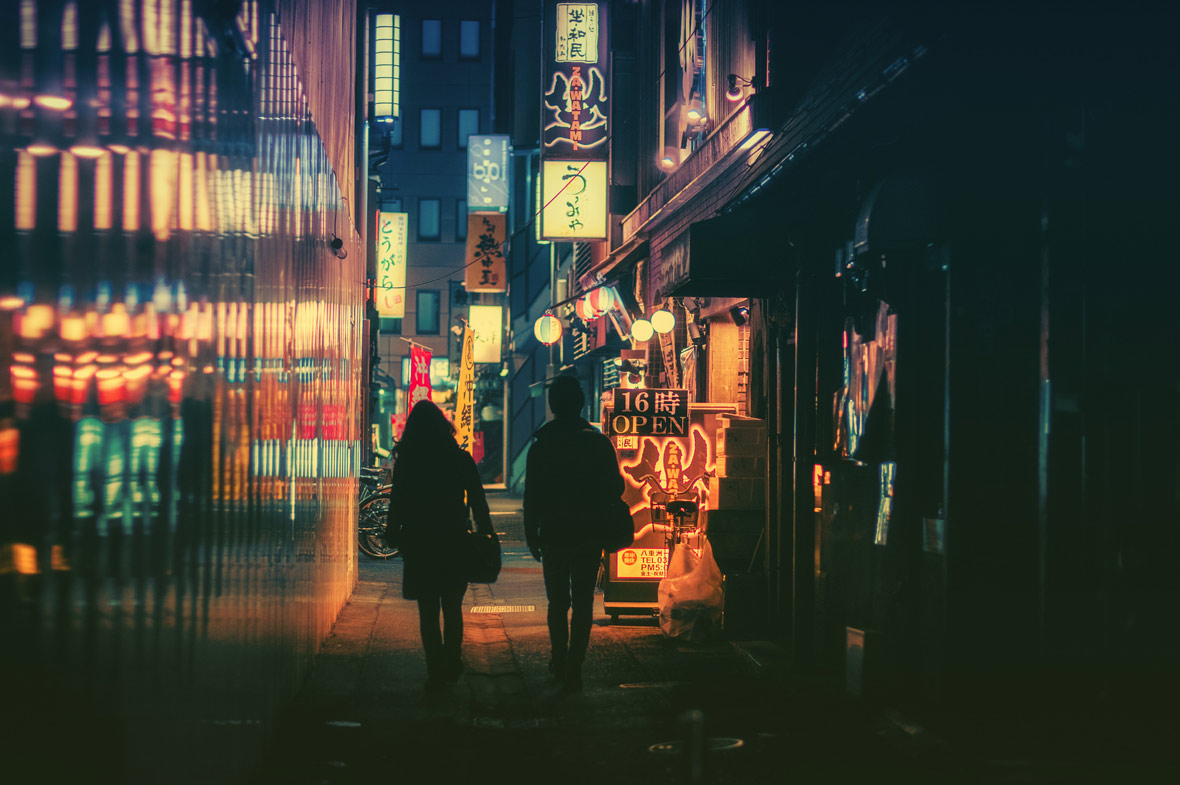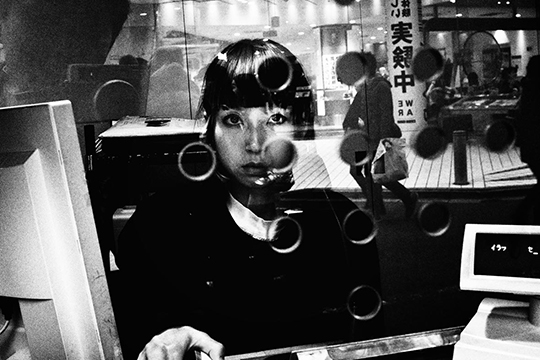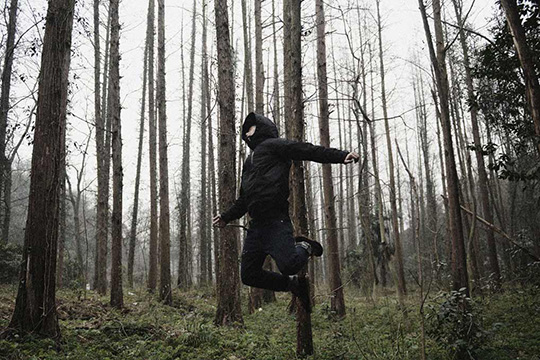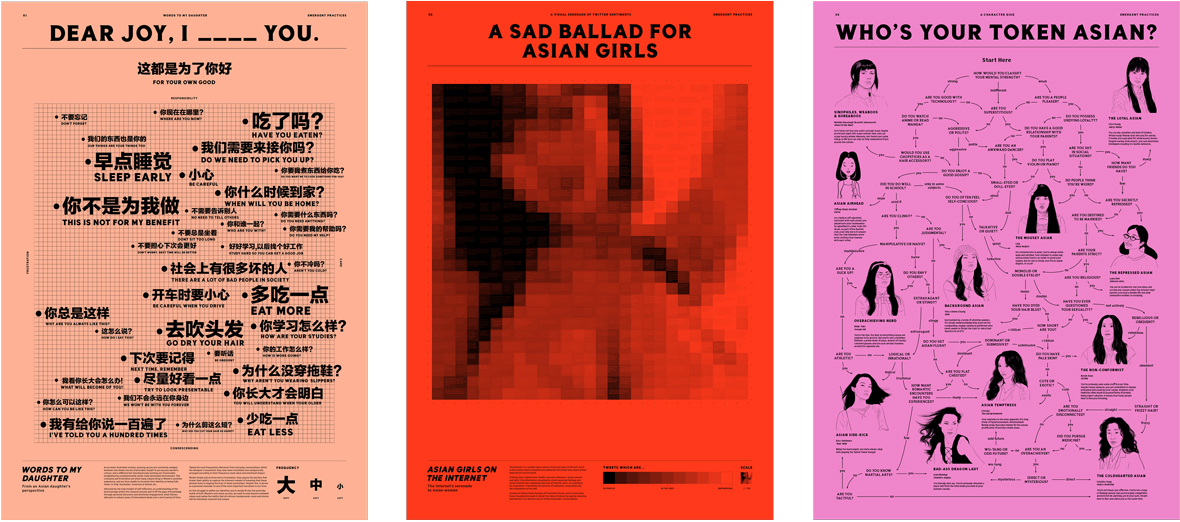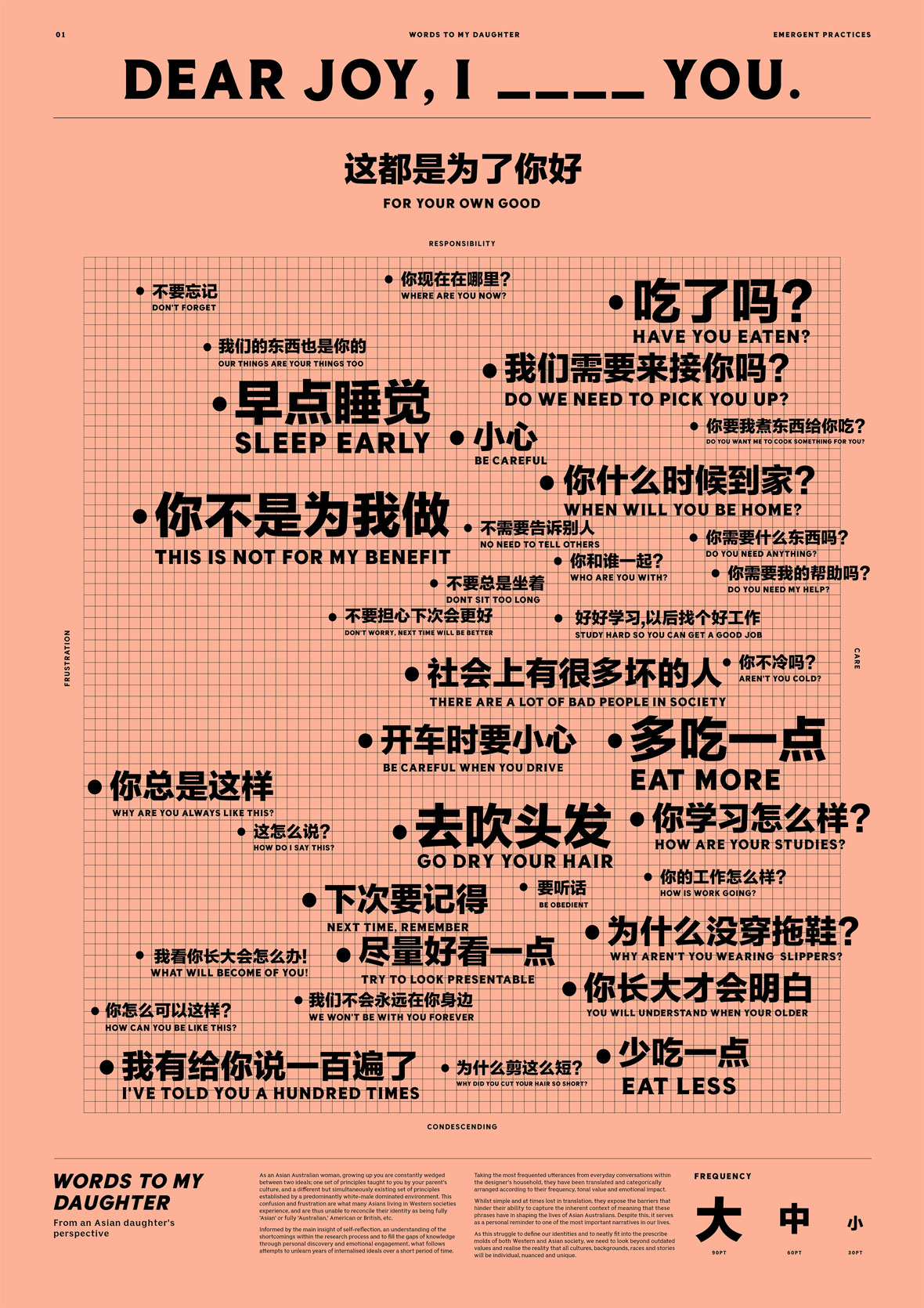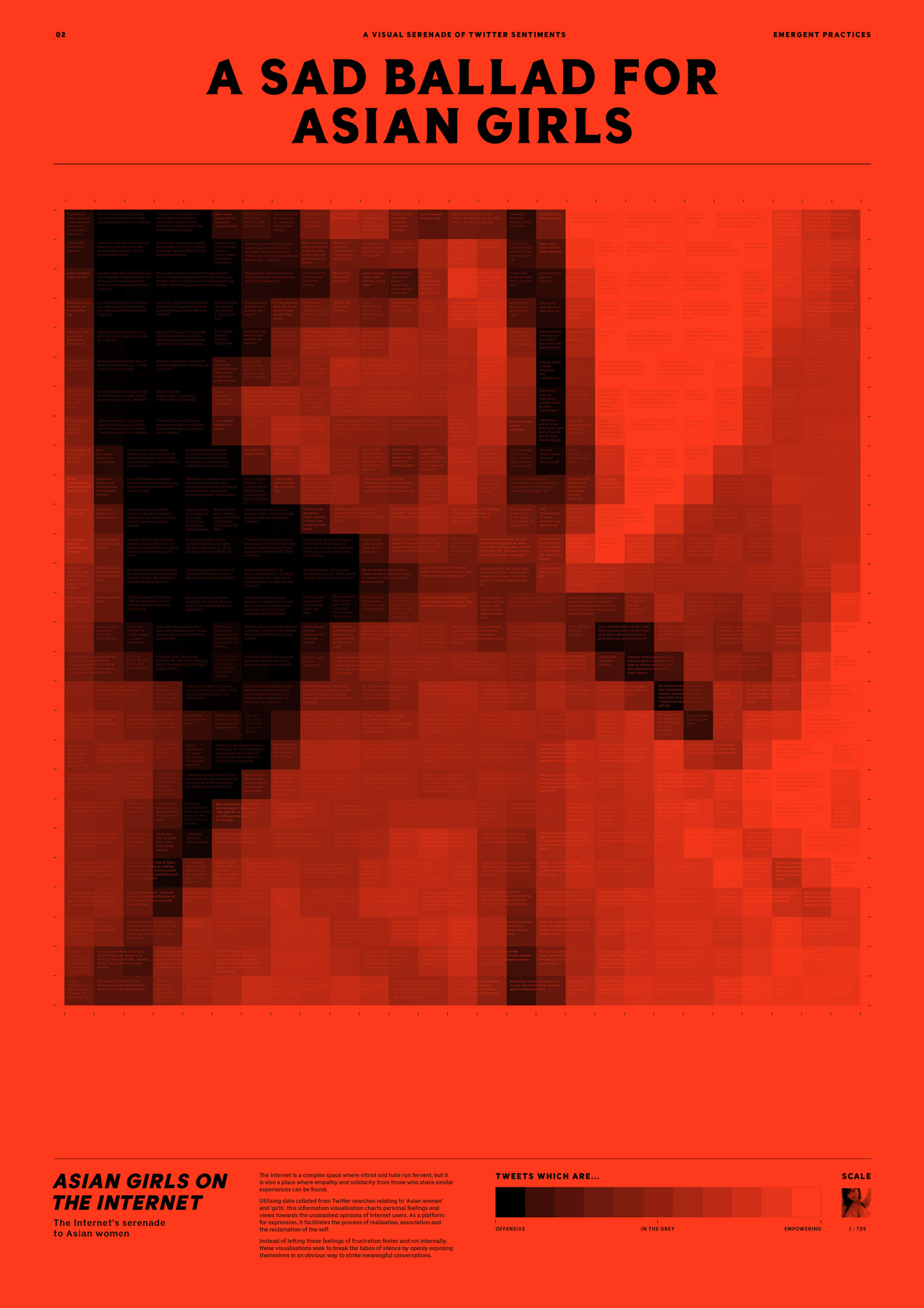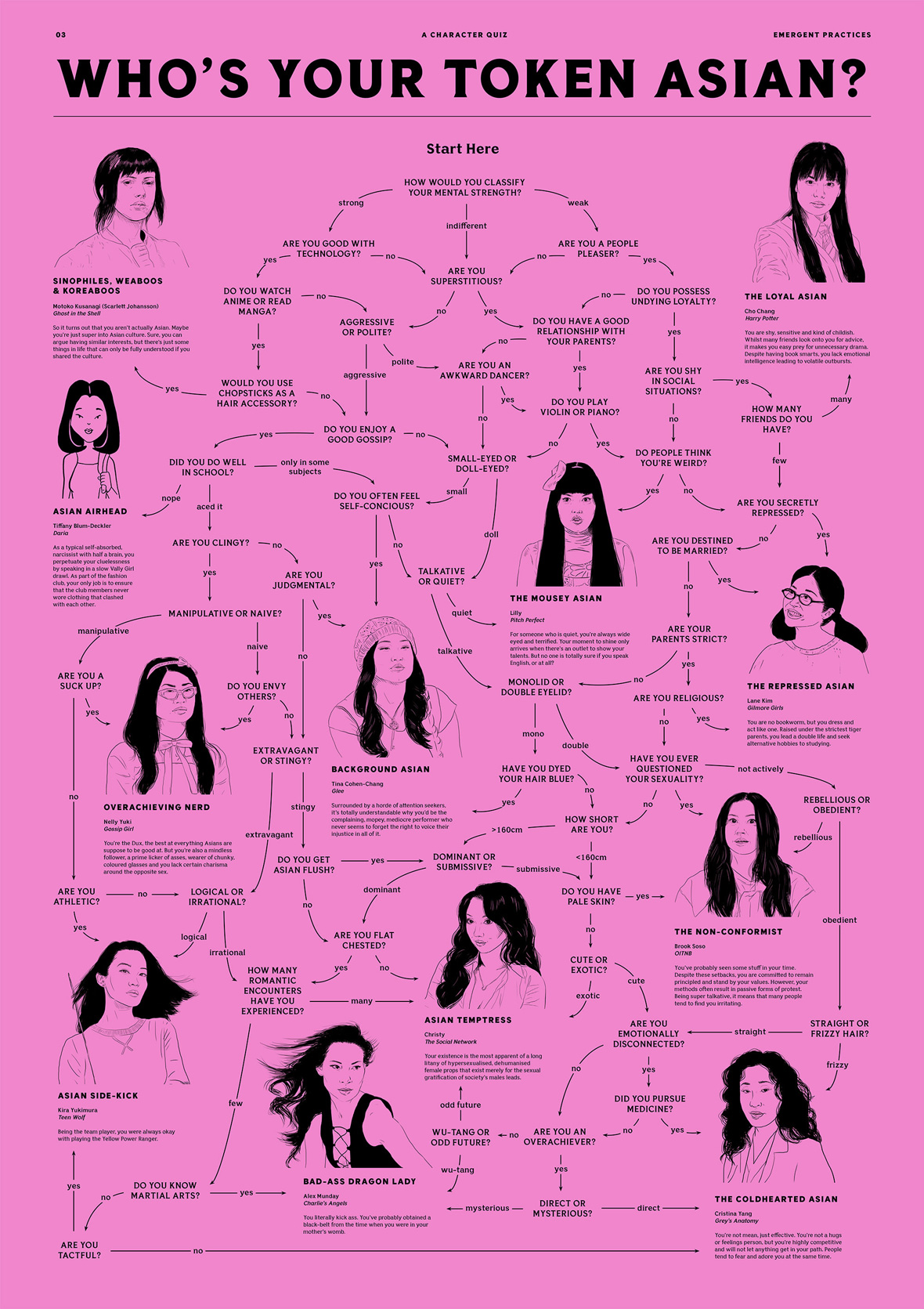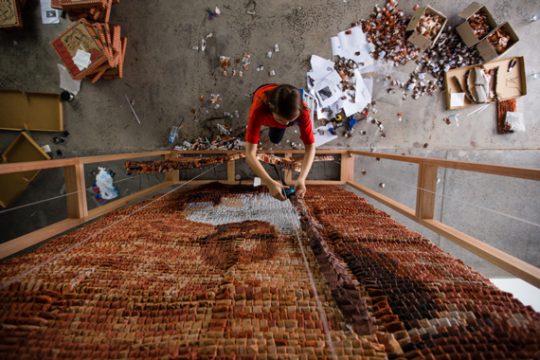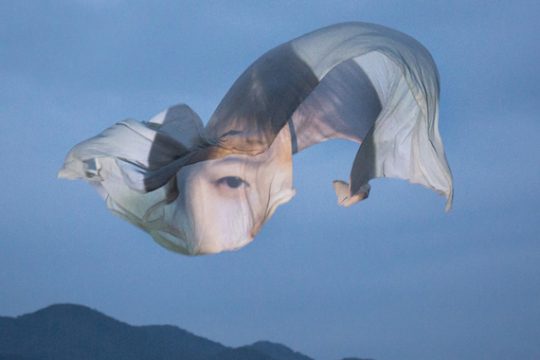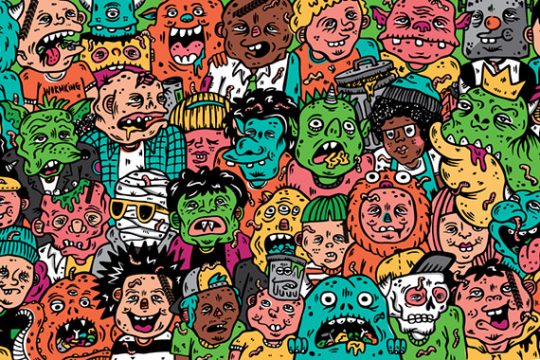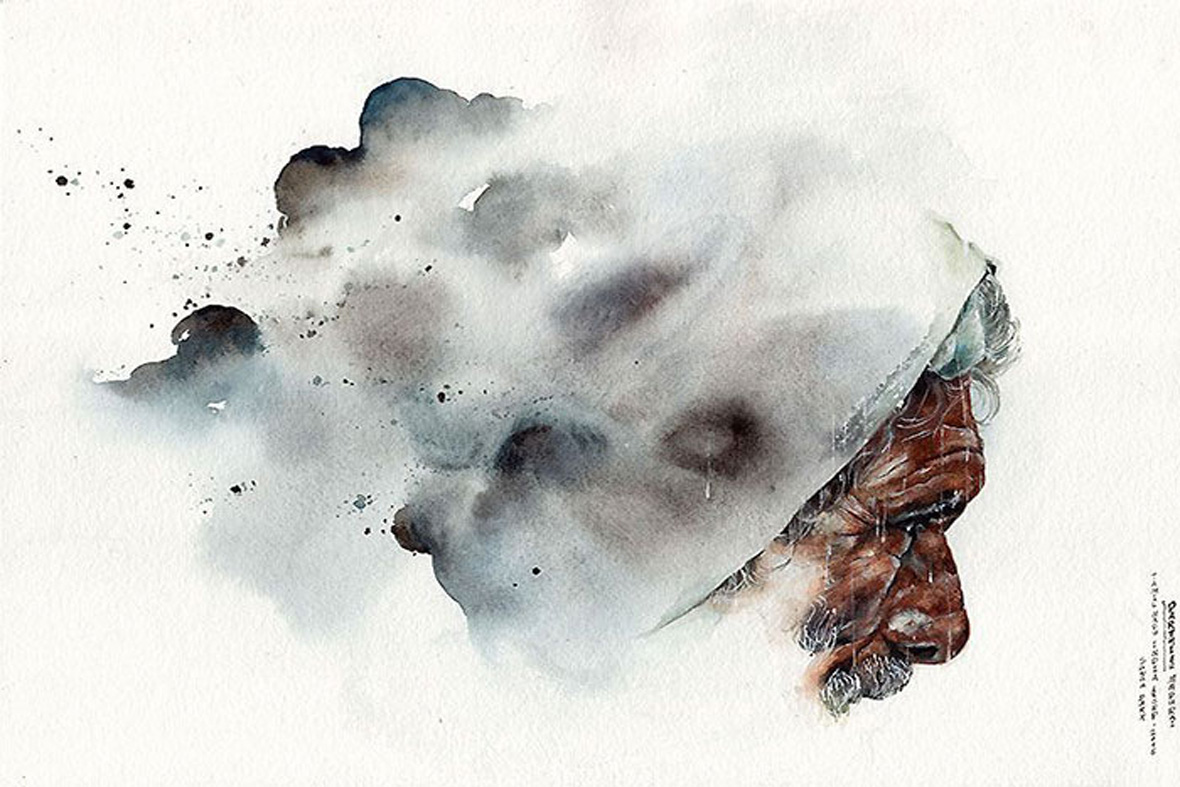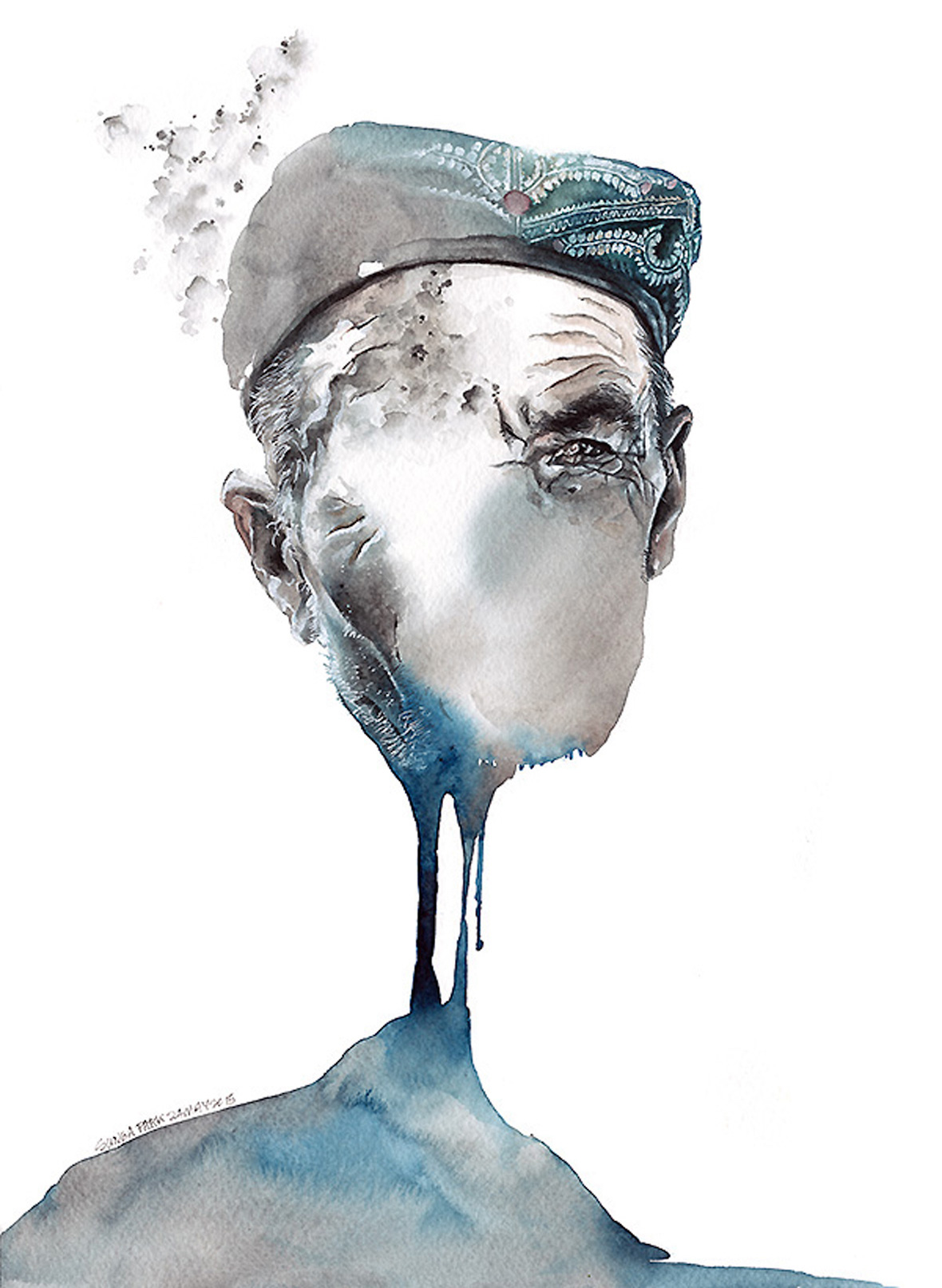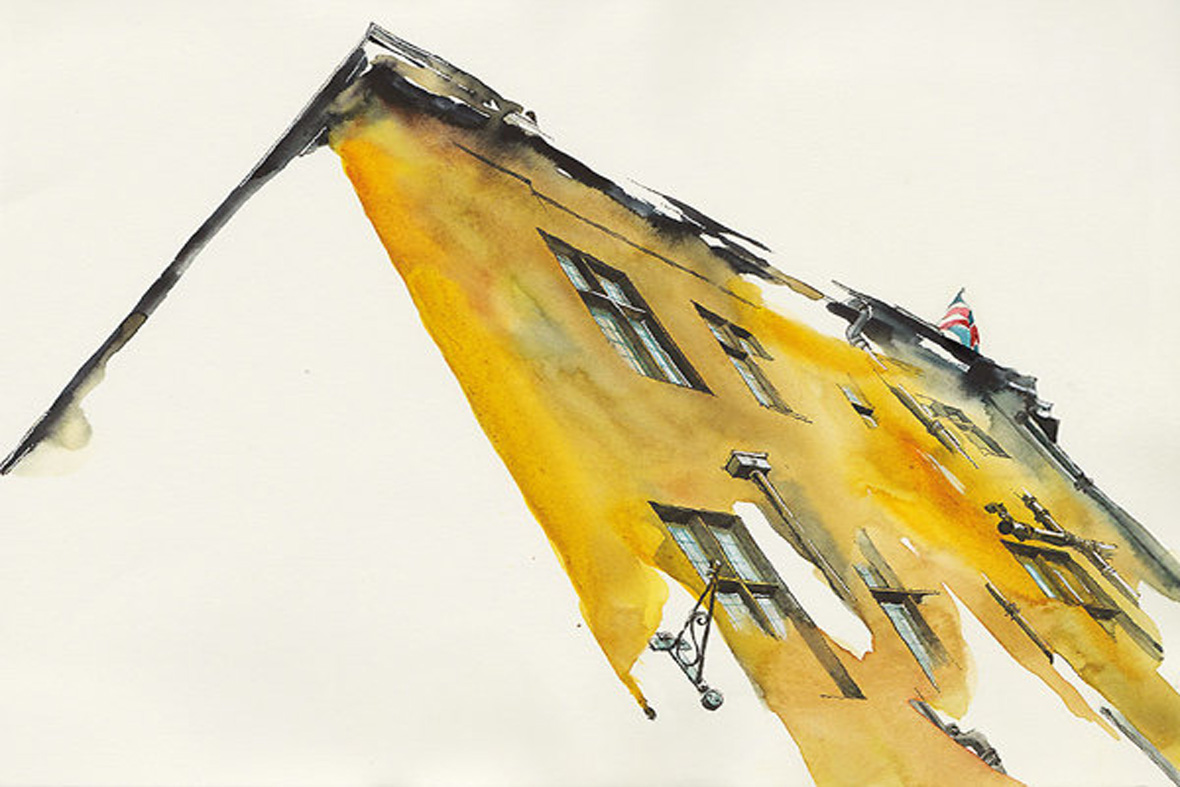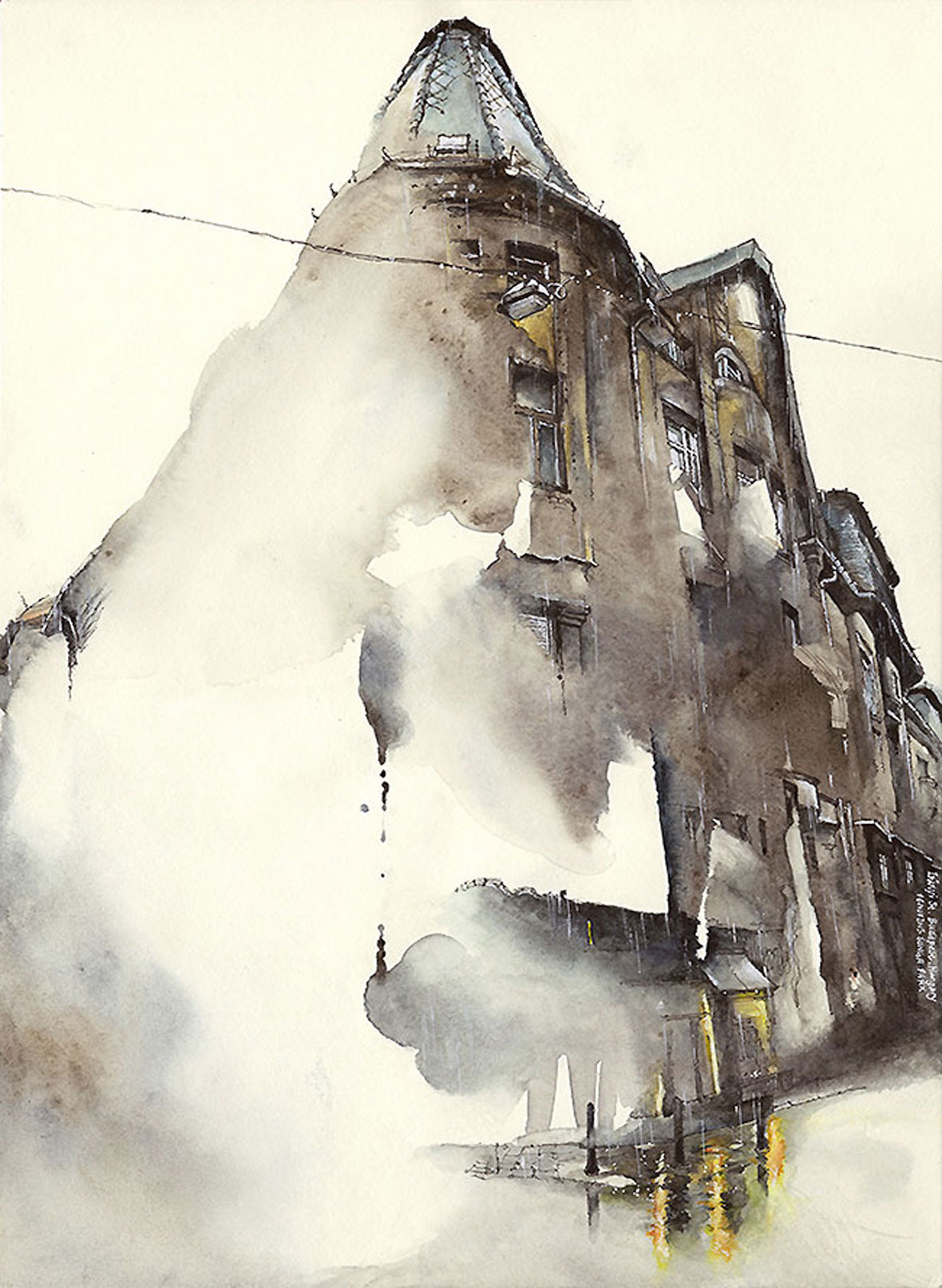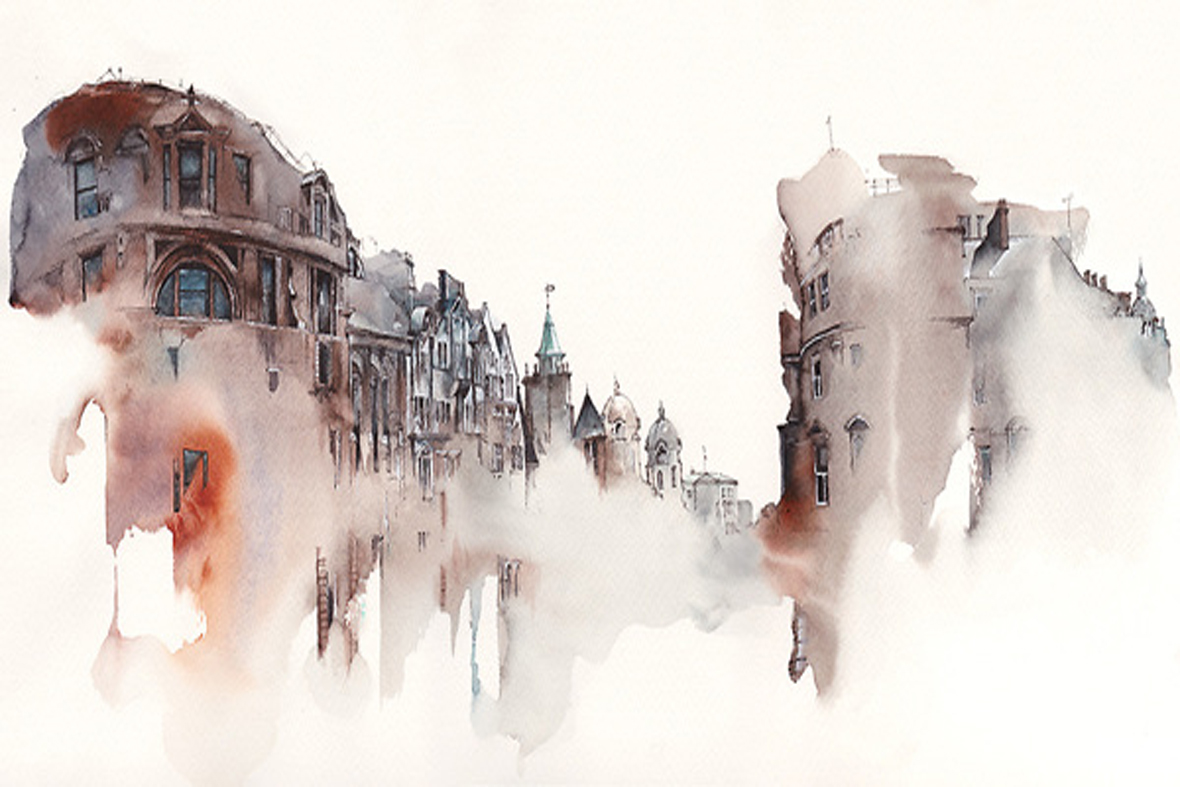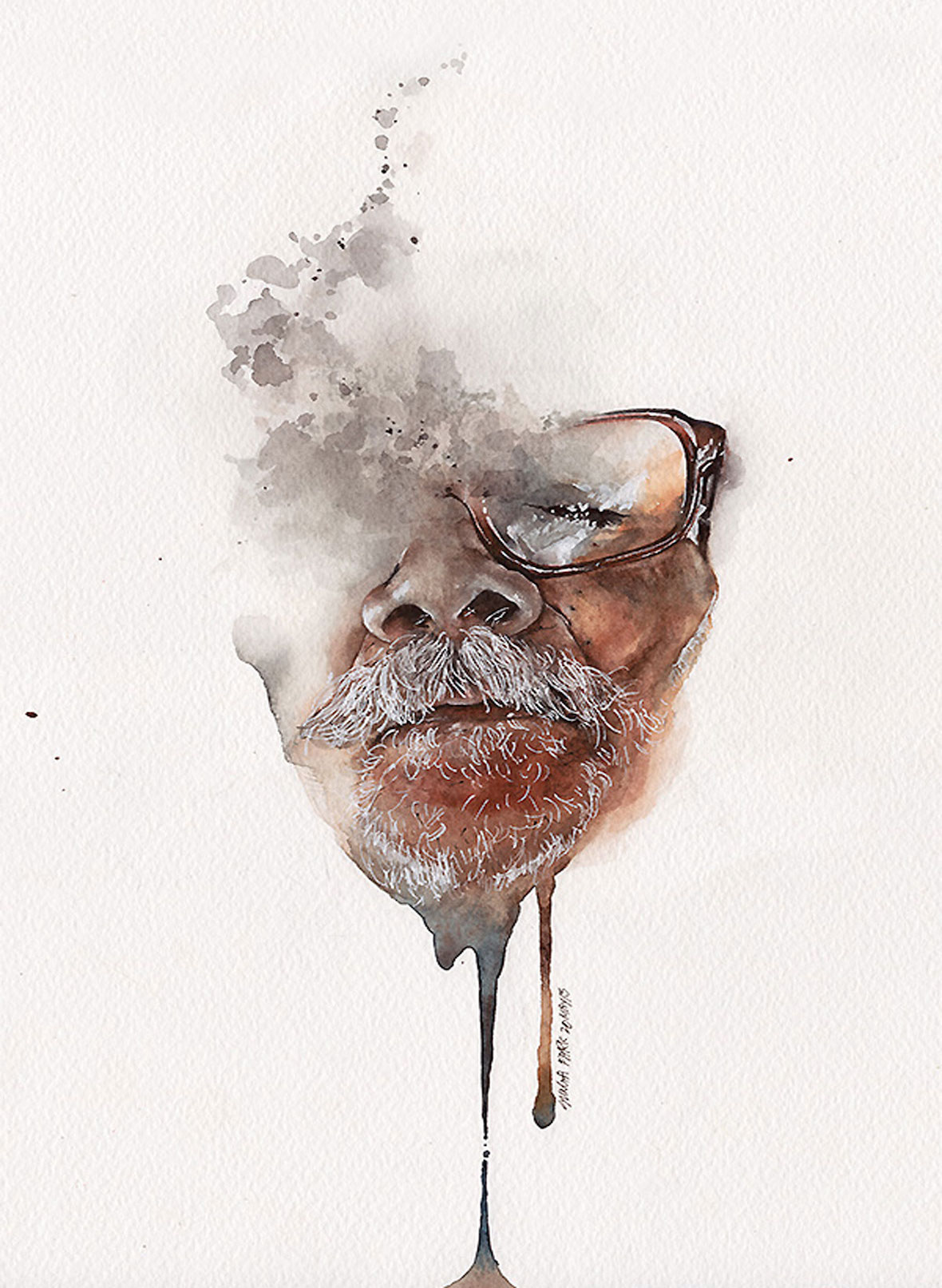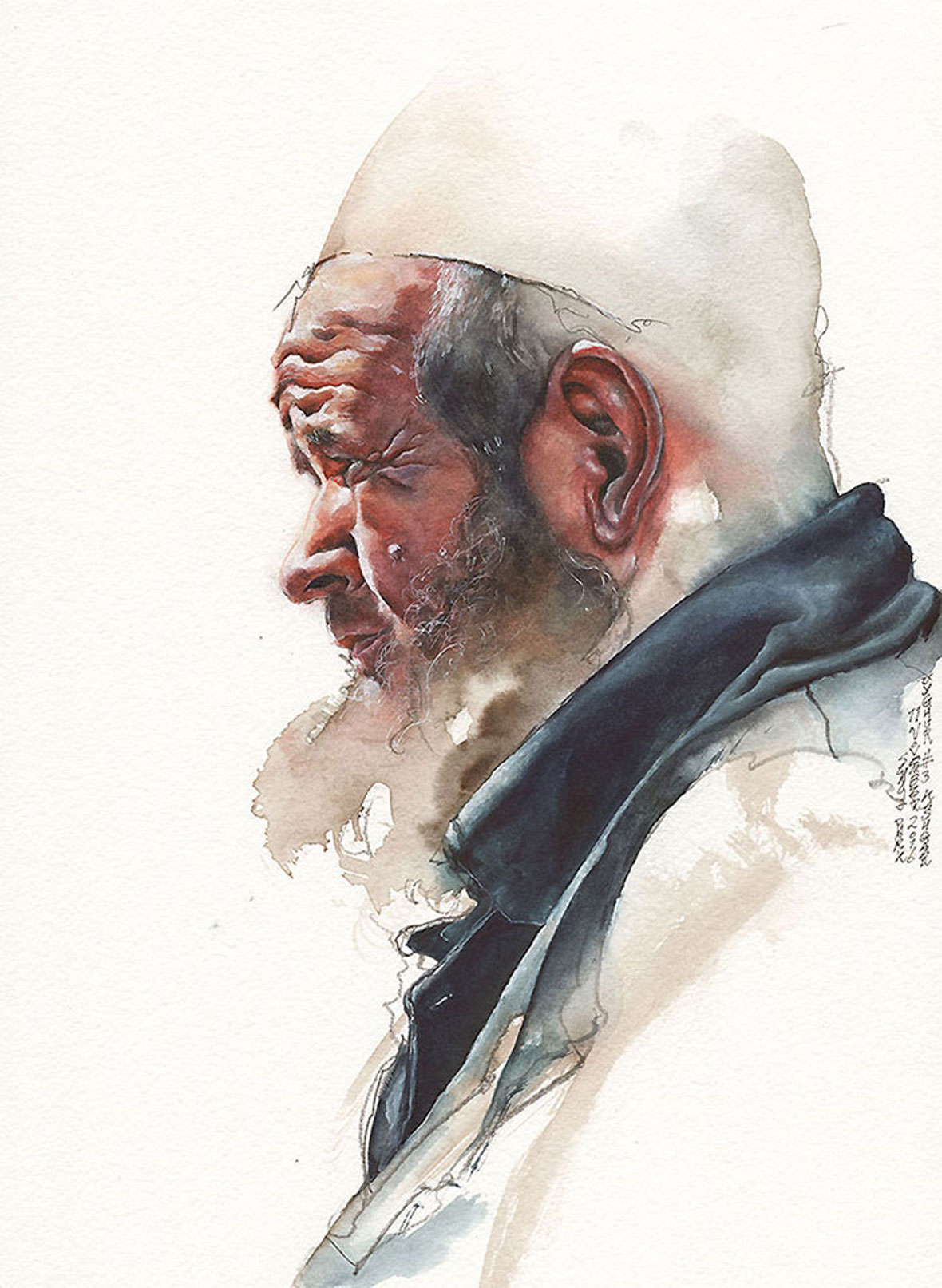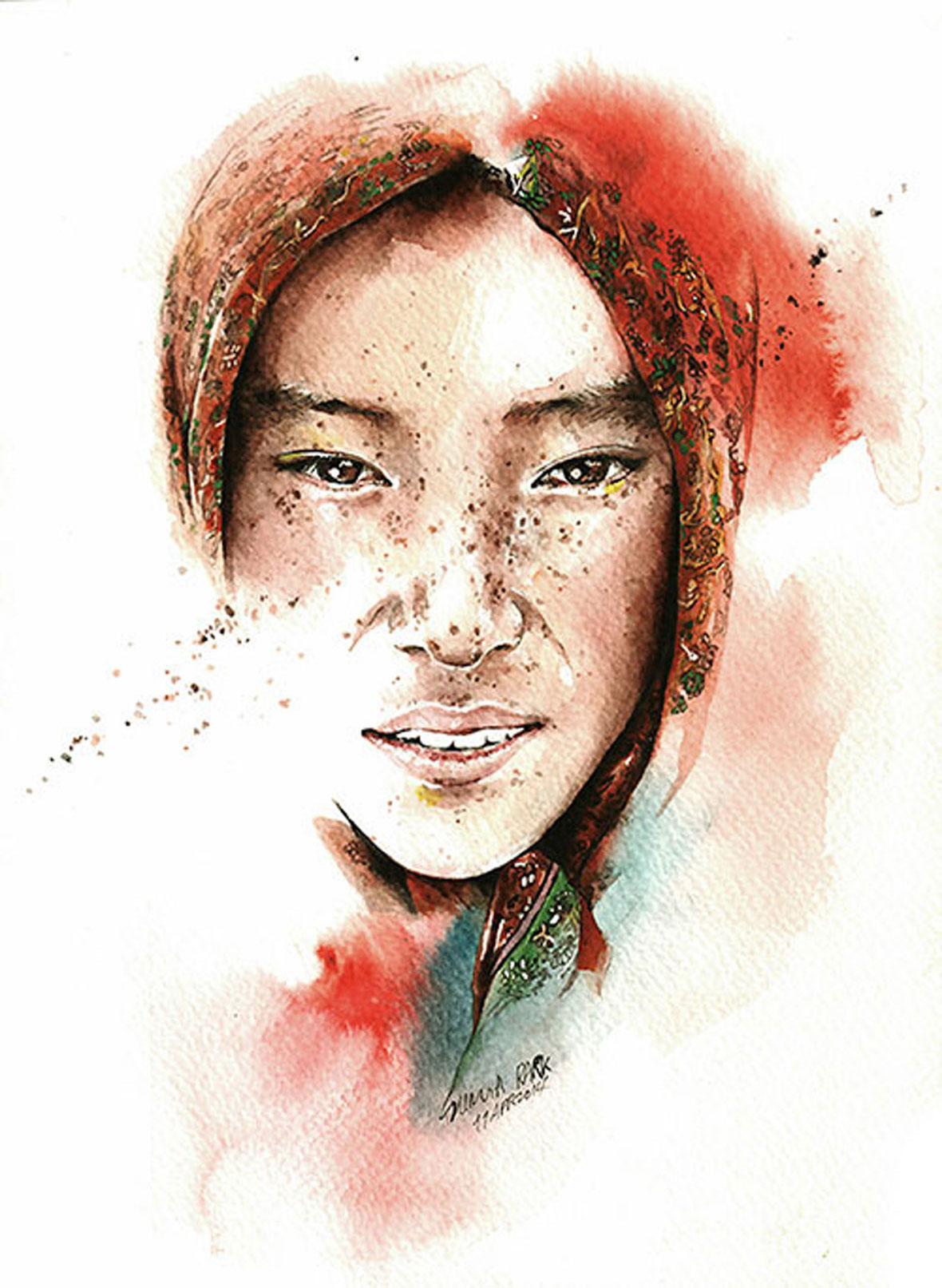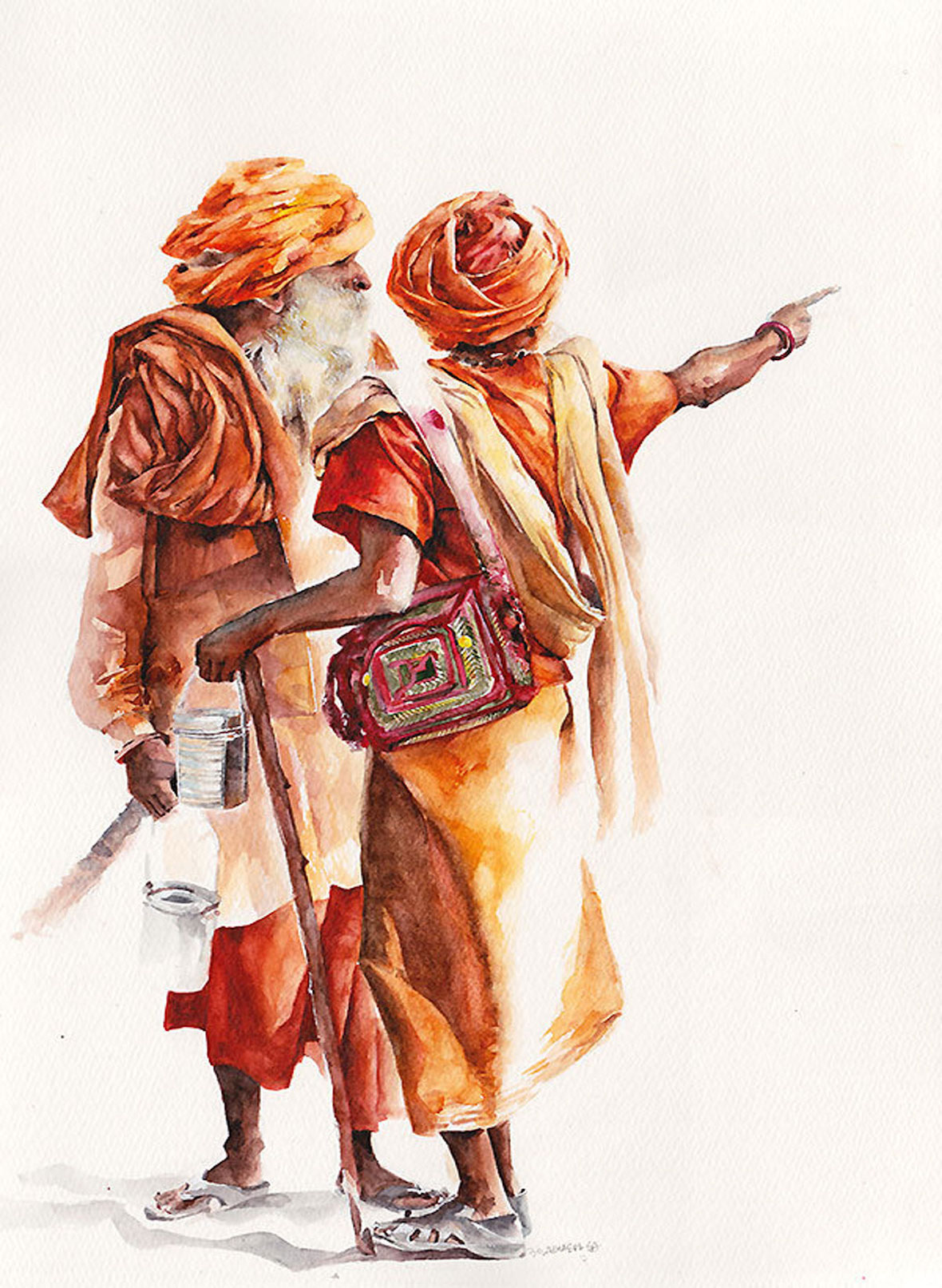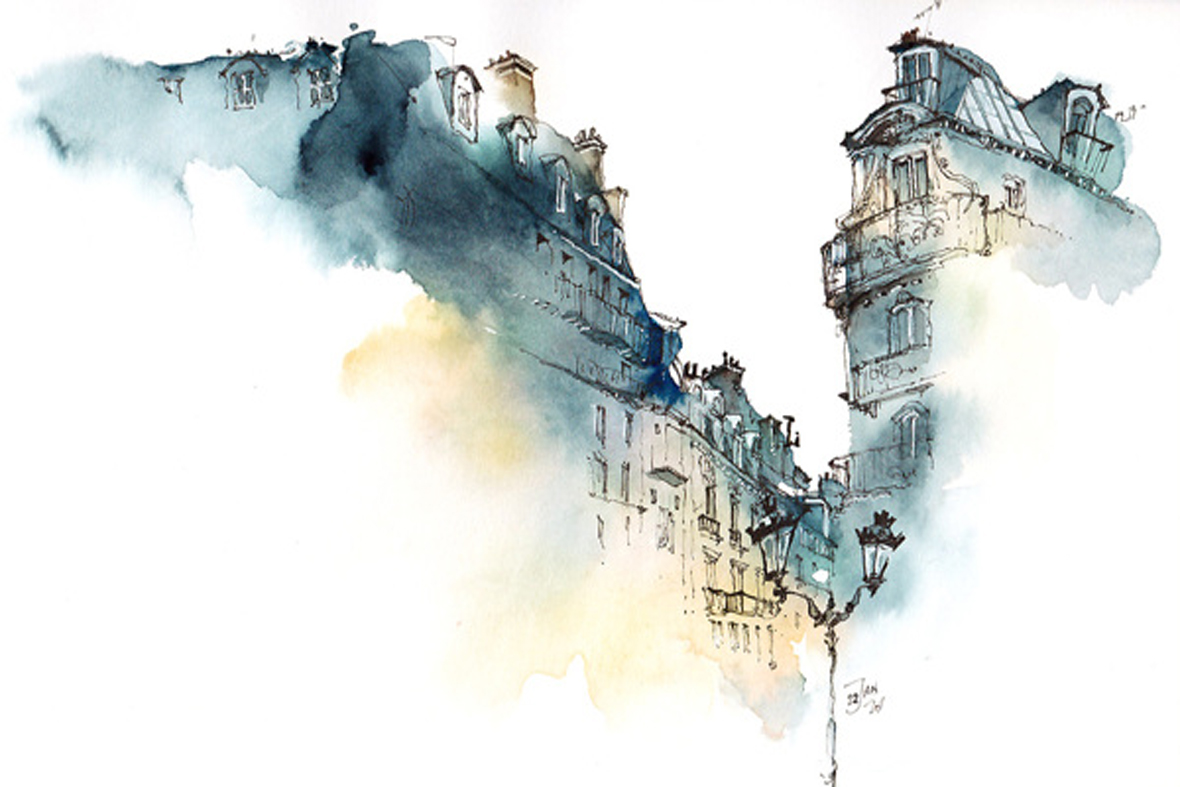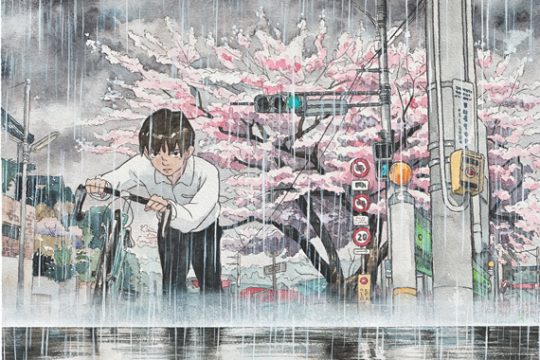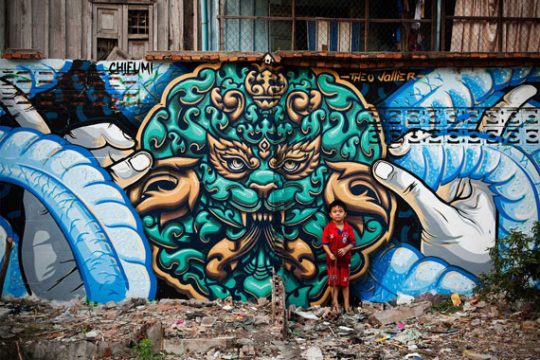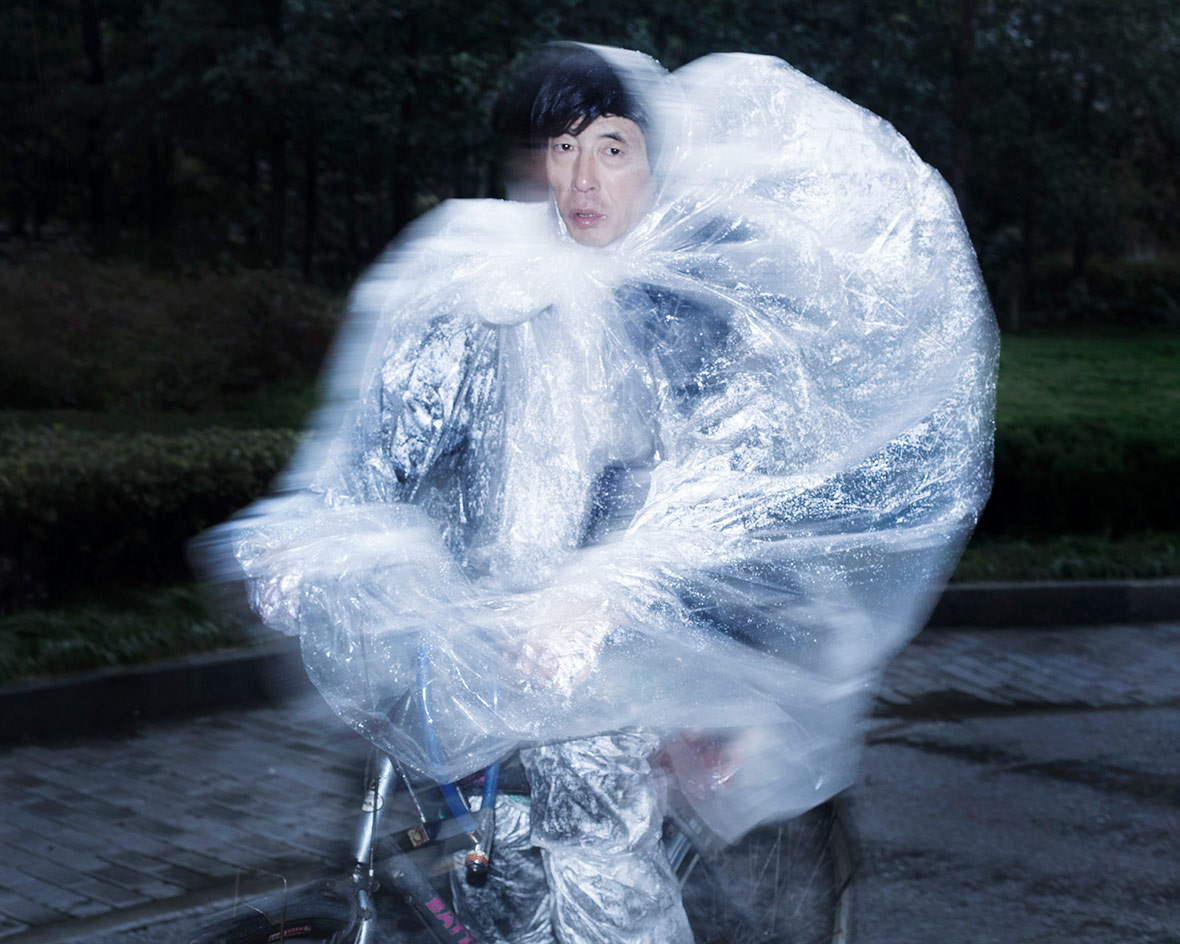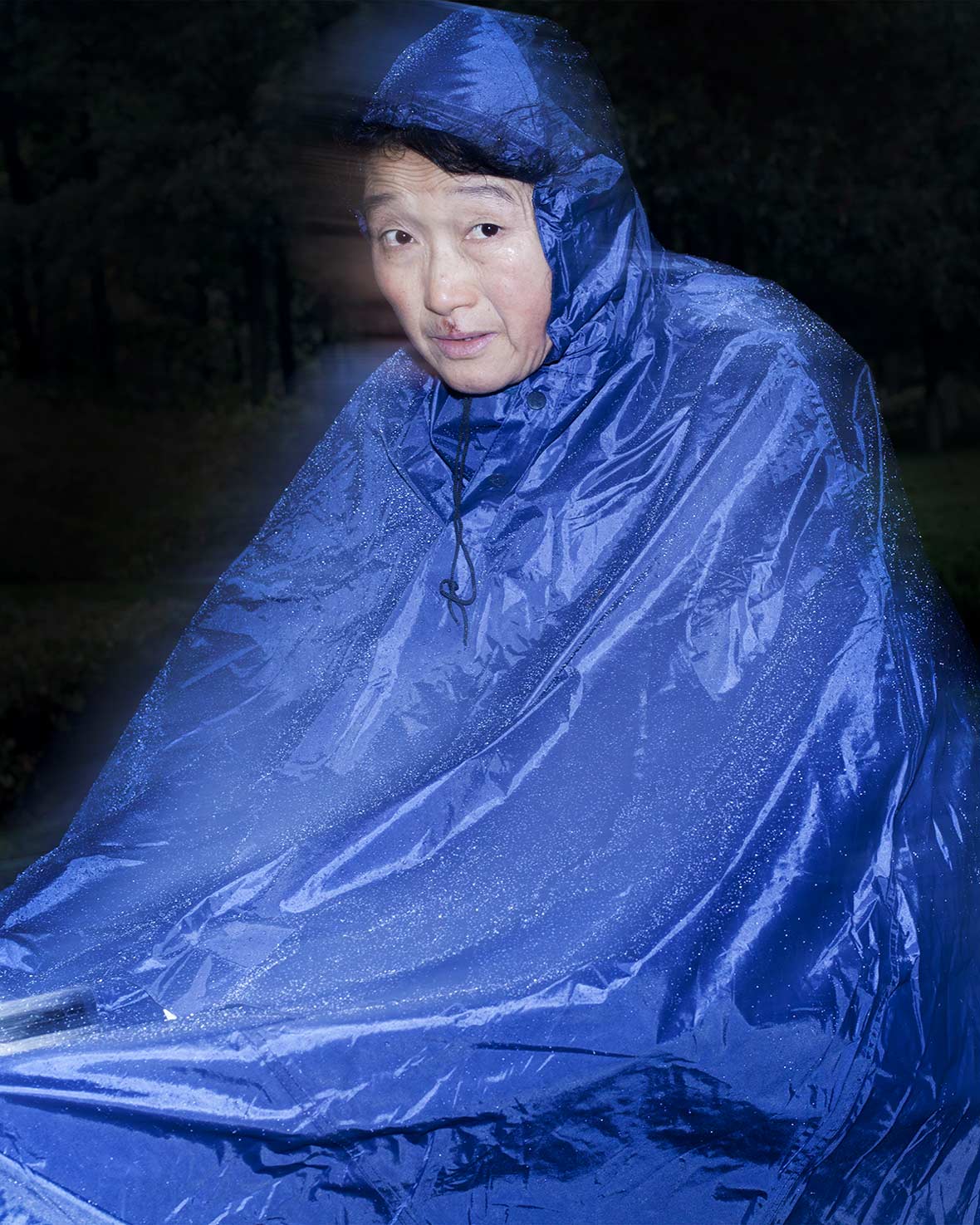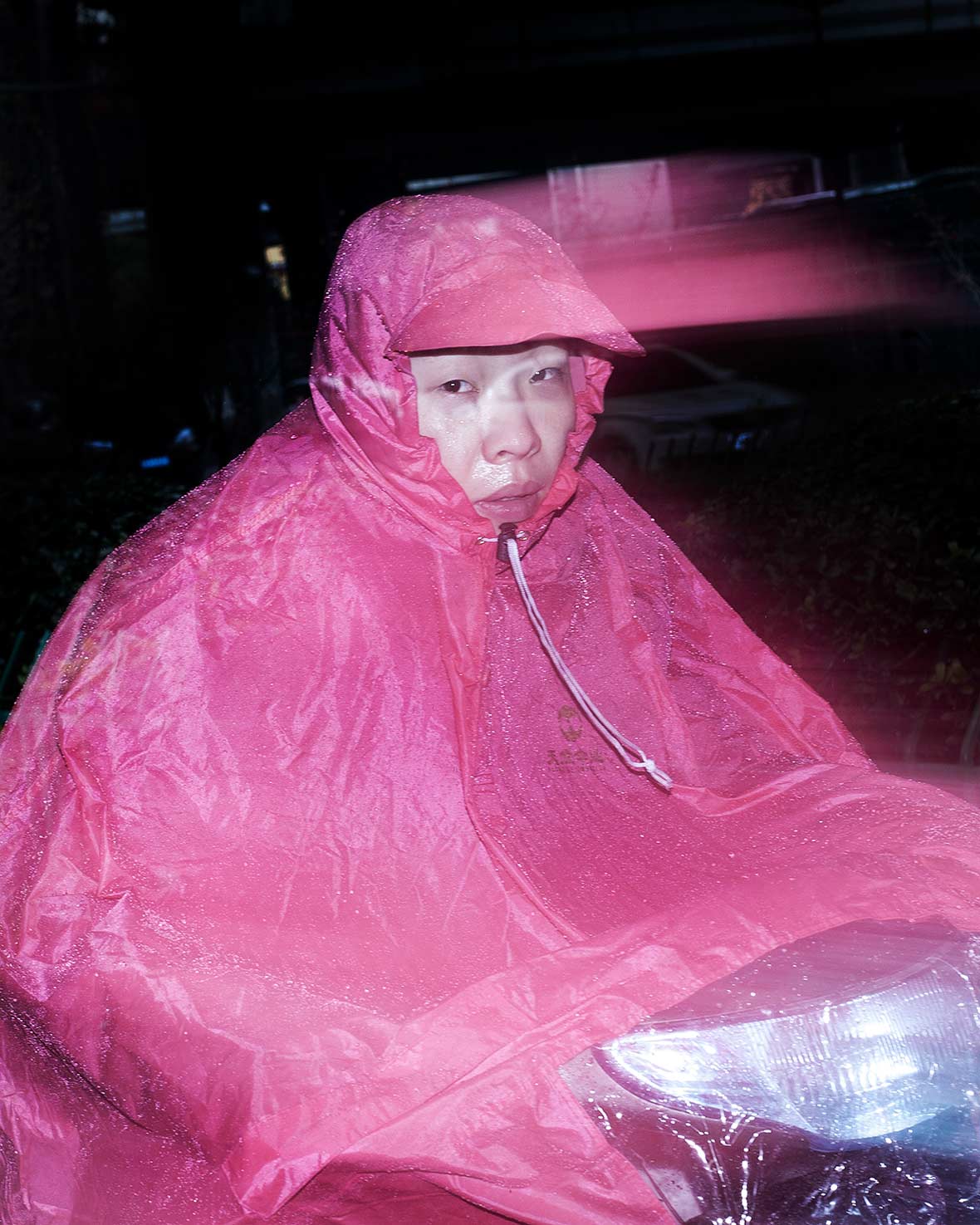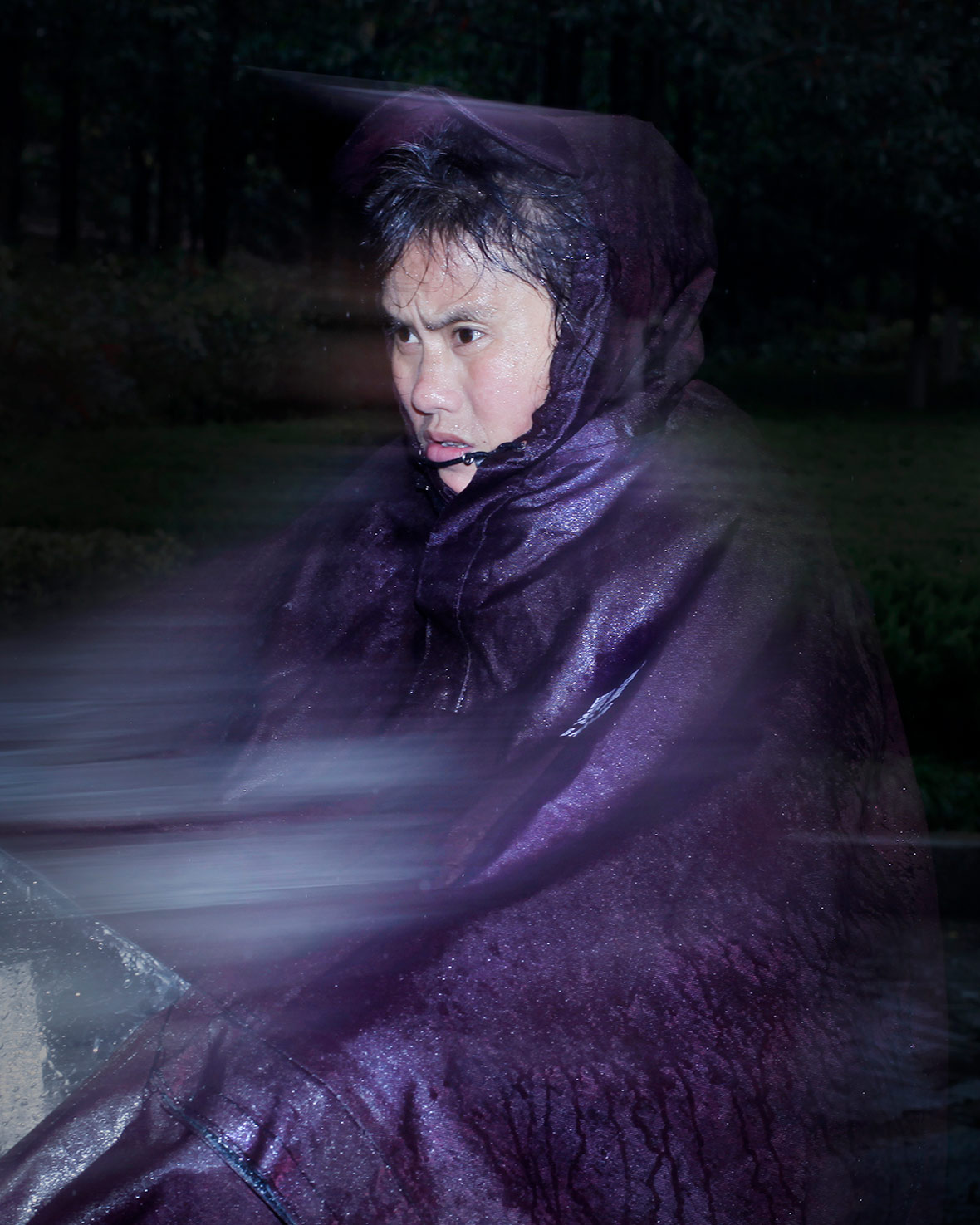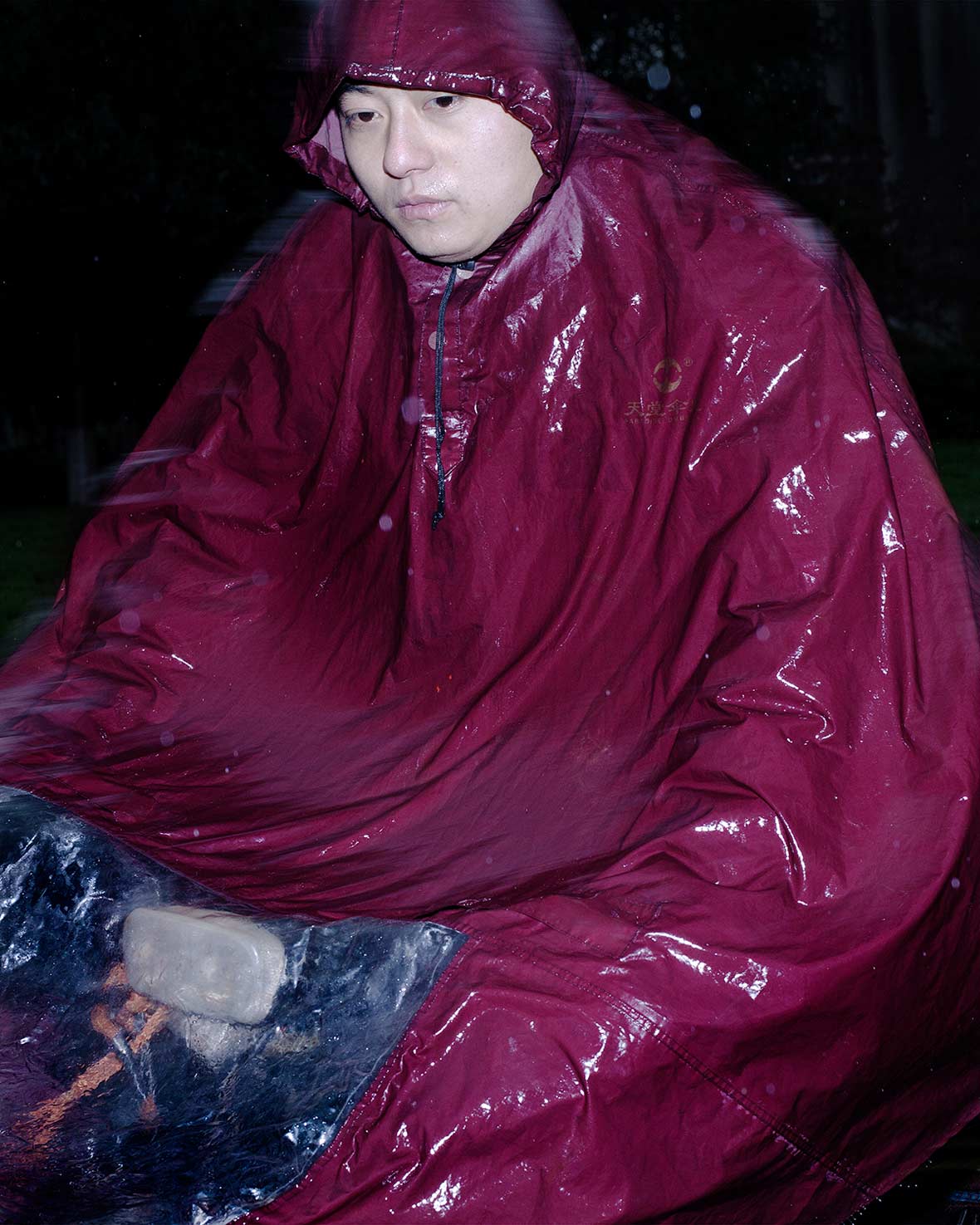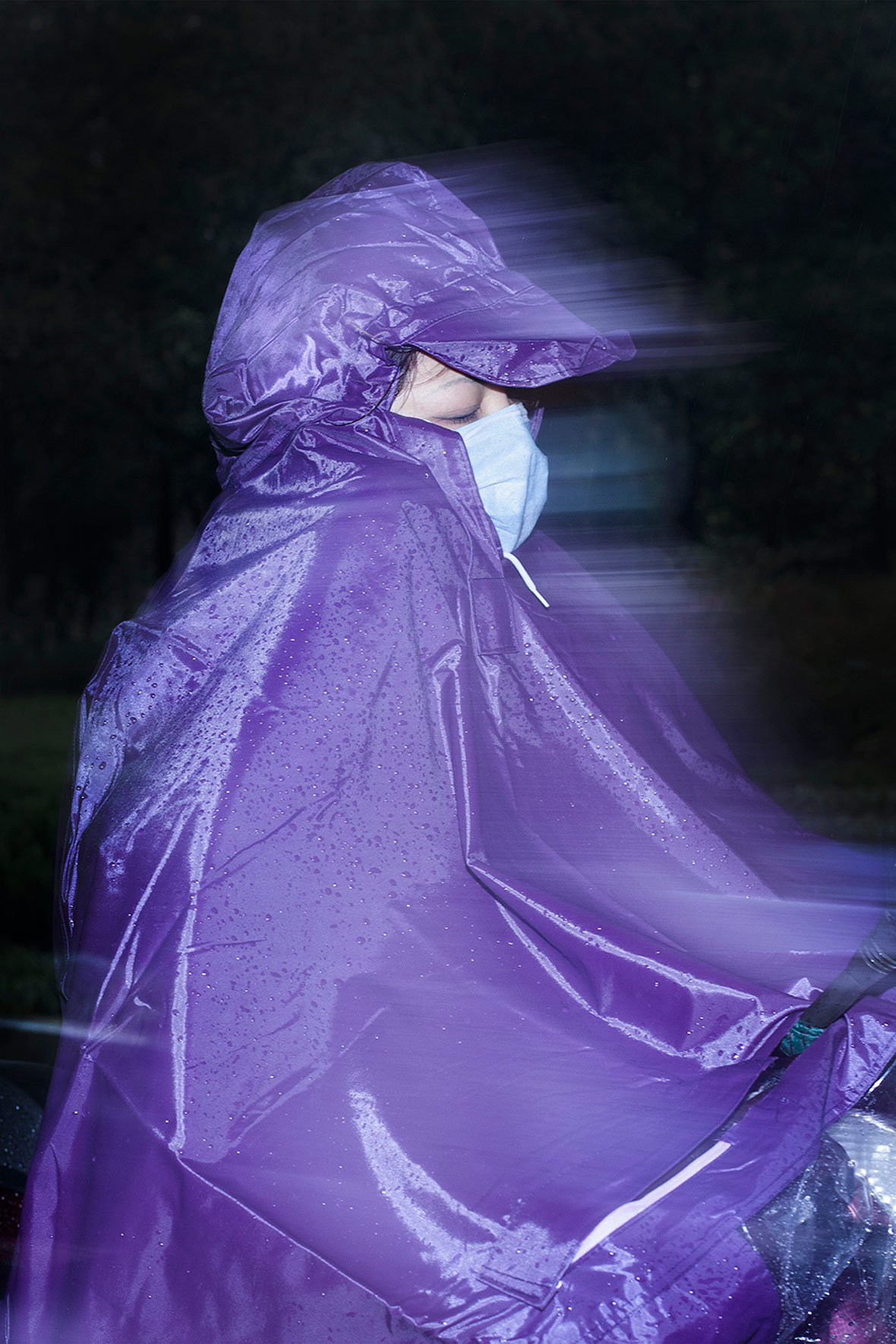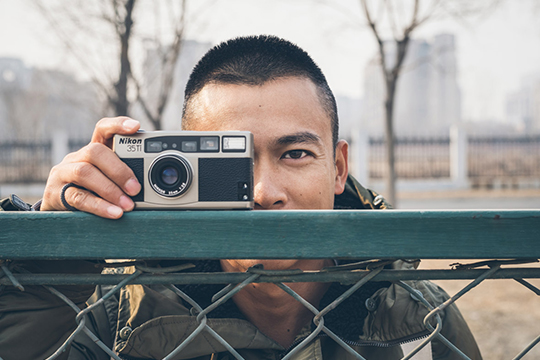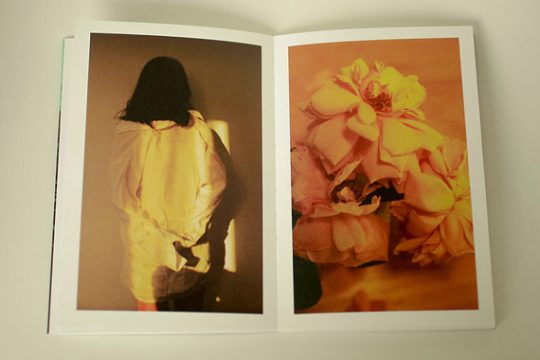无法观看?前往优酷
Every little boy dreams of having a room filled with their favorite toys. As we grow older, that dream doesn’t necessarily disappear. In the last decade, the market for derivative toys has exploded in China. From horror flicks to sci-fi films, movie-themed figurines have long been one of the most sought-after categories of toys for collectors and hobbyists. Subsequently, a majority of the collectible figurines in the past were based solely off of characters from American and Japanese pop culture. In China, a few individuals began asking “Why have we never seen action figures based on Chinese culture?” This culminated in their decision to try and create a premium collection of high-quality collectible figurines that are culturally relevant to China. And so, Infinity Studio was born. We recently dropped by their Shanghai studio space and spoke to Dayu, one of the co-founders of Infinity Studio, to find out what goes into each one of their detailed creations.
相信男孩们的共同梦想就是拥有一柜子的玩具,即使长大成人后这个梦想也不曾退去。近十年,衍生品玩偶在中国大幅发展,其中最主要的一类便是电影衍生品,从科幻电影到恐怖电影应有尽有,充分满足了大家的收藏欲望。然而,大家主要购买的还是欧美动画或是日本动画的衍生品玩偶。这时有些人发现了问题:“似乎我们很少看到中国本土形象的衍生产品?”正是因为这个问题的存在,促使了这一群“大孩子”们自己动手,励志创造出最棒的中国元素玩偶雕塑作品,他们便是开天工作室。最近,我们来到开天在上海的工作空间,和他们其中一位创始人大鱼碰面,聊了聊关于玩偶制作的细节和心得。
Neocha: It’s impressive how you guys are leading the charge in producing action figures relevant to Chinese culture, but how do you decide on the stories or subjects that you want to tackle?
Da Yu: In the past, we didn’t put much thought into it and we just made what we personally liked. Going forward, we’d like to toss this question to other hobbyists and collectors. They can decide what sort of action figures they’d like to see. If we face the problem of copyright, we’ll do everything we can to acquire licensing rights and make it happen. We just want passionate collectors to be able to own the action figures they want the most.
Neocha: 开天工作室目前致力于创作中国元素的雕像,那么在选题上你们是怎么决定的?
大鱼: 之前我们在题材选择上是随心所欲,做我们喜欢的东西。今后我们想把这个题材选择权交还给玩家,让玩家决定出什么题材,如果要争取版权的话我们也会去全力争取,让玩家能真正买到心中想要的玩偶。
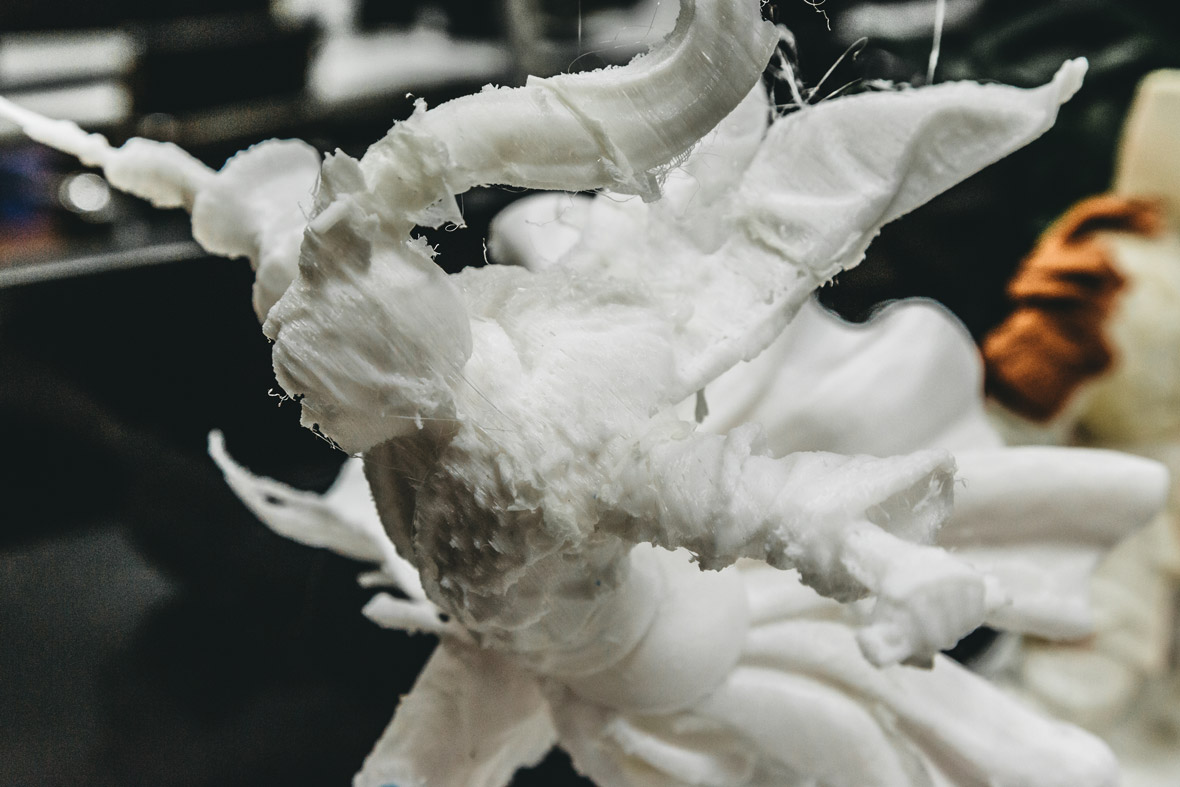
Neocha: Your creations are digitally designed and 3D printed. What would you say the differences are between using modern technology versus traditional handcrafted techniques?
Da Yu: Regardless if it’s handmade or 3D, the inherent nature of the creation doesn’t change – they both require a keen sense of aesthetics and an accurate grasp of anatomical proportions. The creation method is different, but the advantage with using 3D printing is that we can quickly make changes and adjustments. We also aren’t limited by our workspace, and it’s easy to collaborate together on ideas. We also like the hand-sculpted stuff, but many of the talented artistans who have switched to 3D printing still produce amazing work.
Neocha: 你们的制作方式是电脑设计+3D打印,这样的方式对比传统的手工雕模和翻模制作有什么区别或是优势吗?
大鱼: 无论是手工还是3D,其实本质是一样的,都需要审美,对生物结构的精确把握,区别的只是手段。在这方面3D的优势是可以快速进行修改,和进行比例调整,不太受限于工作环境,便于协作。手雕的东西我们也很喜欢,有很多活好的手艺人,转用3D以后也都做得很棒。
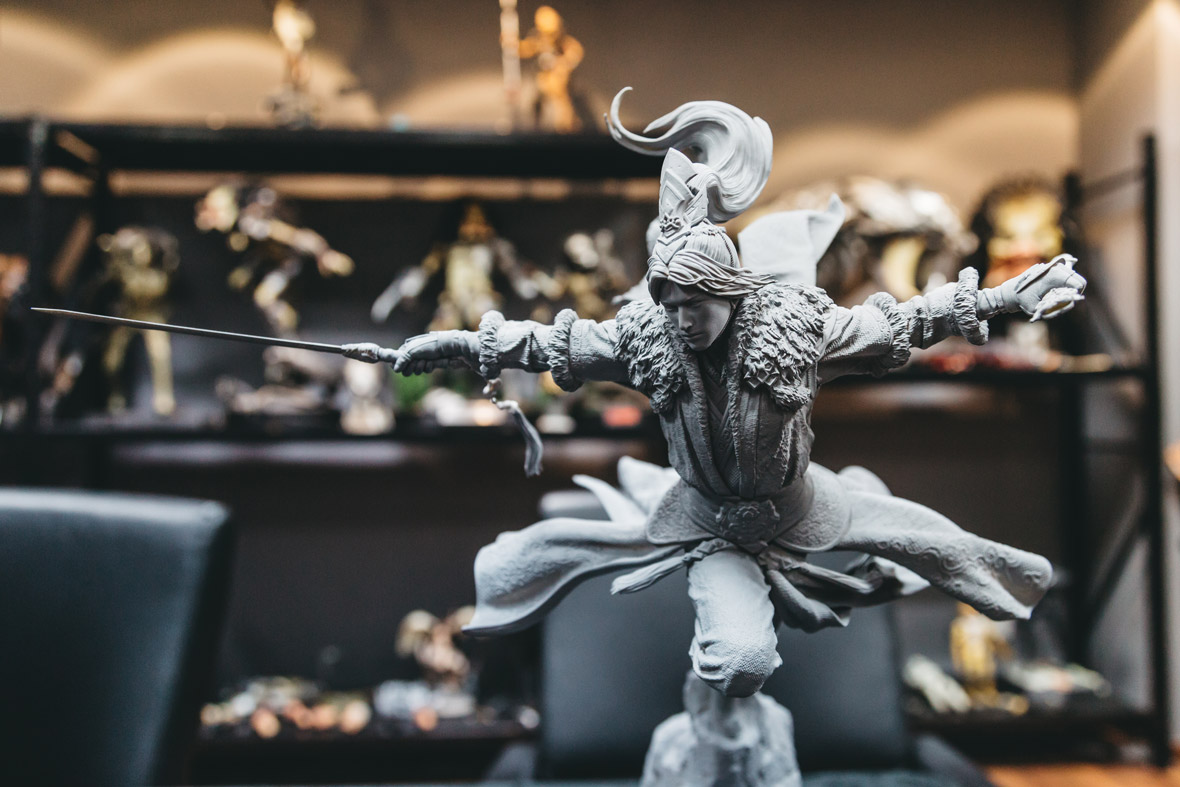
Neocha: The details of your creations are mesmerizing, especially the eyes and the hands. What are some of the obstacles you’ve had to overcome to reach this level of detail?
Da Yu: 3D printing is a new technology that’s only been widespread in recent years. Naturally, there will be many things that we’re still figuring out. In the beginning, we wasted pounds after pounds of raw printing material that cost us 50RMB a gram; we didn’t install proper installation systems, so we unknowingly inhaled lungfuls of the hardener fumes, until we were on the verge of passing out; and when using the spray paint gun, a draft of air sent all of the paint into our mouths. These challenges didn’t matter to us. We were perseverant and willing to do anything if it meant we were a step closer to making our dreams happen.
Neocha: 我发现你们的作品,在细节部分十分的出彩,特别是眼睛和手部,在制作上你们一定经历了不少困难吧?
大鱼: 用3D设计和3D打印制作模型是近年来才出现的一种开发方式,中间肯定是有非常多的未知性,比如50多元一克的3D打印材料,我们打费了好几斤,翻模的时候固化剂刺鼻的味道没几分钟就使人头昏脑涨,一开始涂装间没有通风设备,结果一开喷枪都被风倒灌进嘴里了。但我们觉得这些都不是事儿,比红军长征爬雪山过草地差远了,我们心中有坚定的,可以为之付出一切的目标,为了这个什么困难我们都会克服。
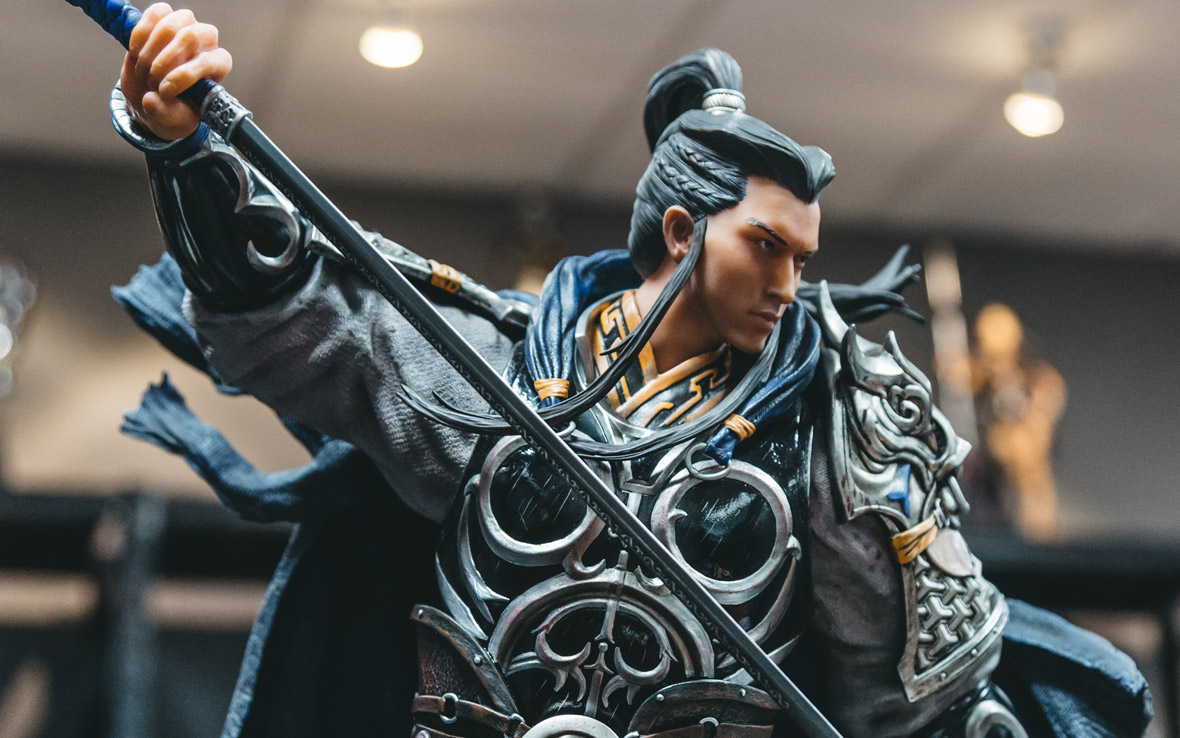
Neocha: In China, how has the action figure and toy figurine scene developed over the years?
Da Yu: A decade ago, the high-end market for action figures was quite niche and completely dominated by overseas brands. In the last two years, domestic brands have started to emerge. Us Chinese people aren’t exactly behind when stacked up against other overseas competitors. In terms of progress, I feel like standardizing regulations, proper licensing, and branding is king.
Neocha: 你觉得目前国内的雕塑这一块发展如何?
大鱼: 雕像这个高端小众市场,前十年基本都是国外品牌,近两年国内品牌逐渐冒头。咱们勤劳的中国人民其实干这种东西是不输国外的。但要说今后的发展,我觉得正规化,正版化,品牌化才是王道。
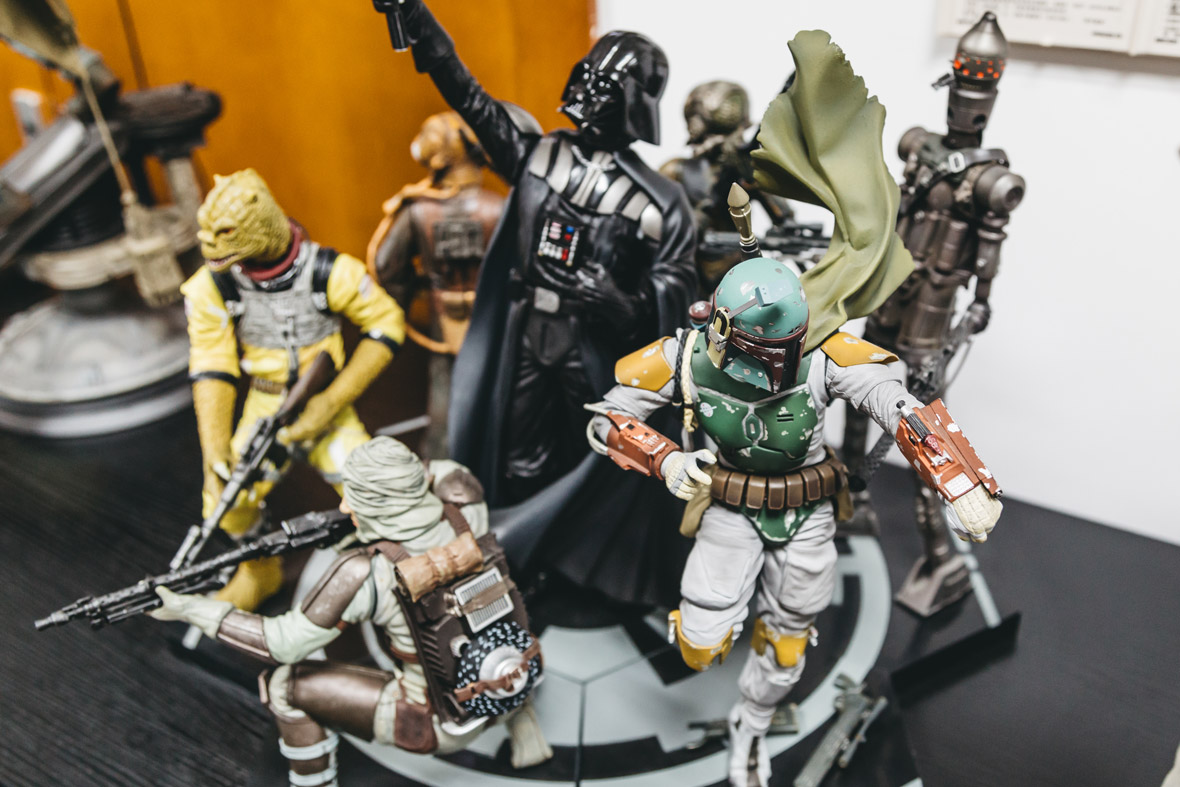
Neocha: Recently, you guys got the licensing rights for Naruto. Do you feel like this is a deviation from your original goals? Will the products from your Naruto collection be sized the same as your Three Kingdoms figurines?
Da Yu: We plan to establish a separate brand that creates derivative work from anime like Naruto and Neon Genesis Evangelion. Eventually, we hope to turn Infinity into a collective of brands rather than a single brand. Everyone has their own preferences, so we want to satisfy toy figure enthusiasts of all types. We’re still waiting for the production committee before we begin on working on any Naruto merchandise, but we definitely won’t make them as big as our Three Kingdom figurines. They’re too big and difficult for collectors to store them. Our mentality is to make toys that all collectors can easily afford and easily display.
Neocha: 近期开天工作室还拿到了“火影忍者“的版权,这个会不会与你们的初衷不符呢?火影忍者的产品还将会是和三国系列一样的大尺寸雕像吗?
开天: 火影包括,EVA这些日漫二次元IP,我们会演化出一专门的子品牌,未来会形成一个开天工作群的概念,毕竟萝卜白菜各有所爱,我们希望尽可能的满足各种玩家的爱好。火影目前还处于制作委员会监修阶段,但绝对不会做成三国这种大比例的雕像,这种太大了,玩家不好收纳。我们希望做玩家买得起放得下的良心之作。
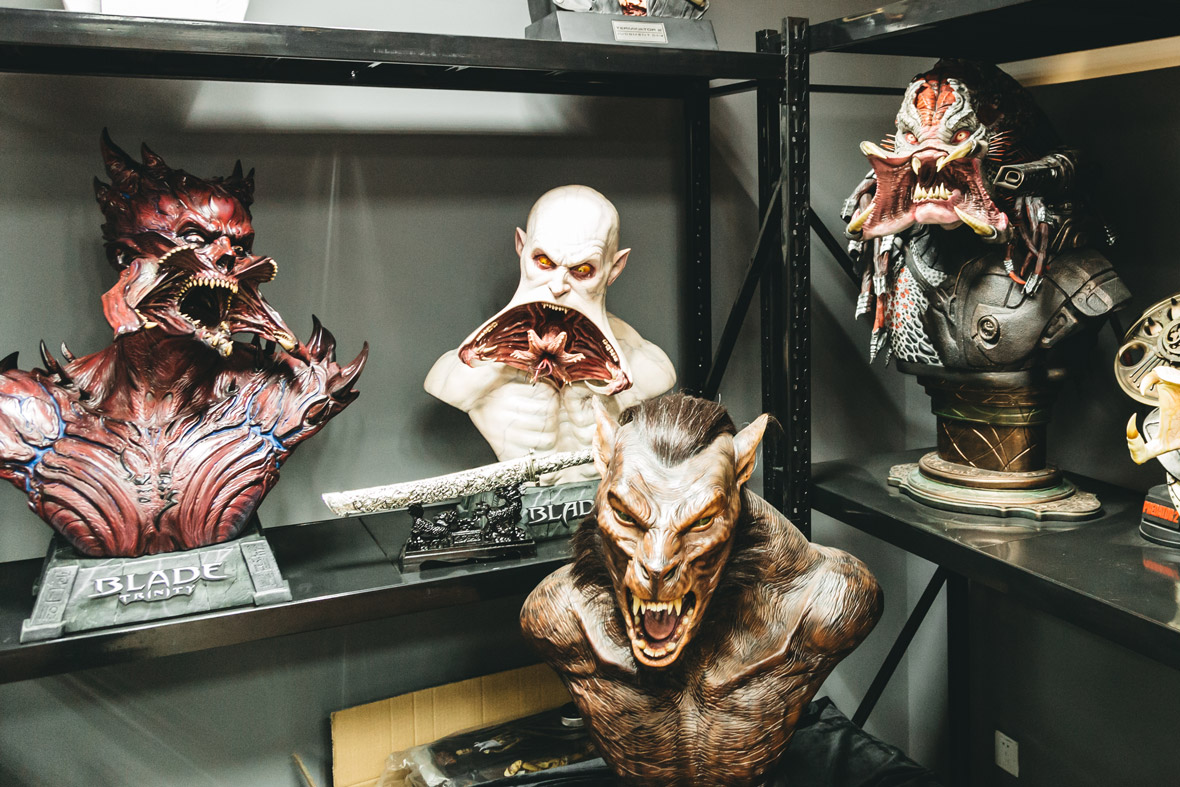
Neocha: Certain Western large brands are creating their own original designs aside from their licensed derivative products, such as the Court of the Dead collection made by SIDESHOW. Do you guys have plans of doing something similar?
Da Yu: We’re already creating original work, but they won’t just be figurines. The plan is to extend our ideas into different types of content, such as a comic. I feel like different creative fields are all interconnected, so we want to enrich our content through the use of different mediums. We definitely want our creations to be immersive and impactful. But the most important thing of all is to tell a great story.
Neocha: 欧美的一些雕塑大厂比如SIDESHOW的作品除了拿IP做衍生品之外也会出一些原创设定的造像,比如死亡法庭系列。那么你们将来会不会也尝试制作一系列的原创造像?
大鱼: 原创我们已经在做了,不仅有雕像产品,还会配合漫画等内容载体,文化创意行业都是相通的,我们希望用各种丰富的内容载体,让我们的作品更加有代入感,有故事,有张力。
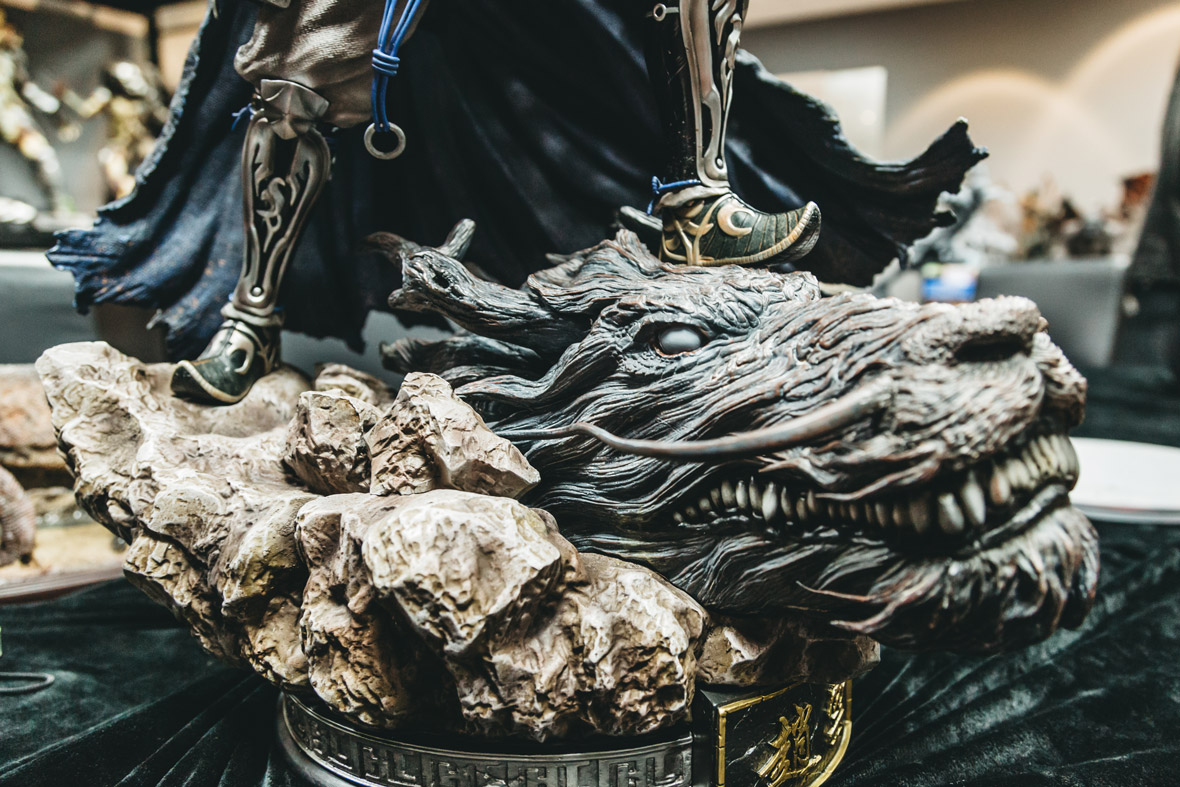
Website: kaitianstudio.com
Facebook: ~/InfinityStudioOfficial
Weibo: ~/InfinityStudio
Contributor: Sonic Yuan
Photographer: George Liu Zhen, Sonic Yuan
Videographer: Sonic Yuan, Yang Bingying
网站: kaitianstudio.com
脸书: ~/InfinityStudioOfficial
微博: ~/InfinityStudio
供稿人: Sonic Yuan
图片摄影师: George Liu Zhen
视频摄影师: Sonic Yuan, Yang Bingying

